blog 011: japan
tokyo, osaka and atami: for business and leisure 
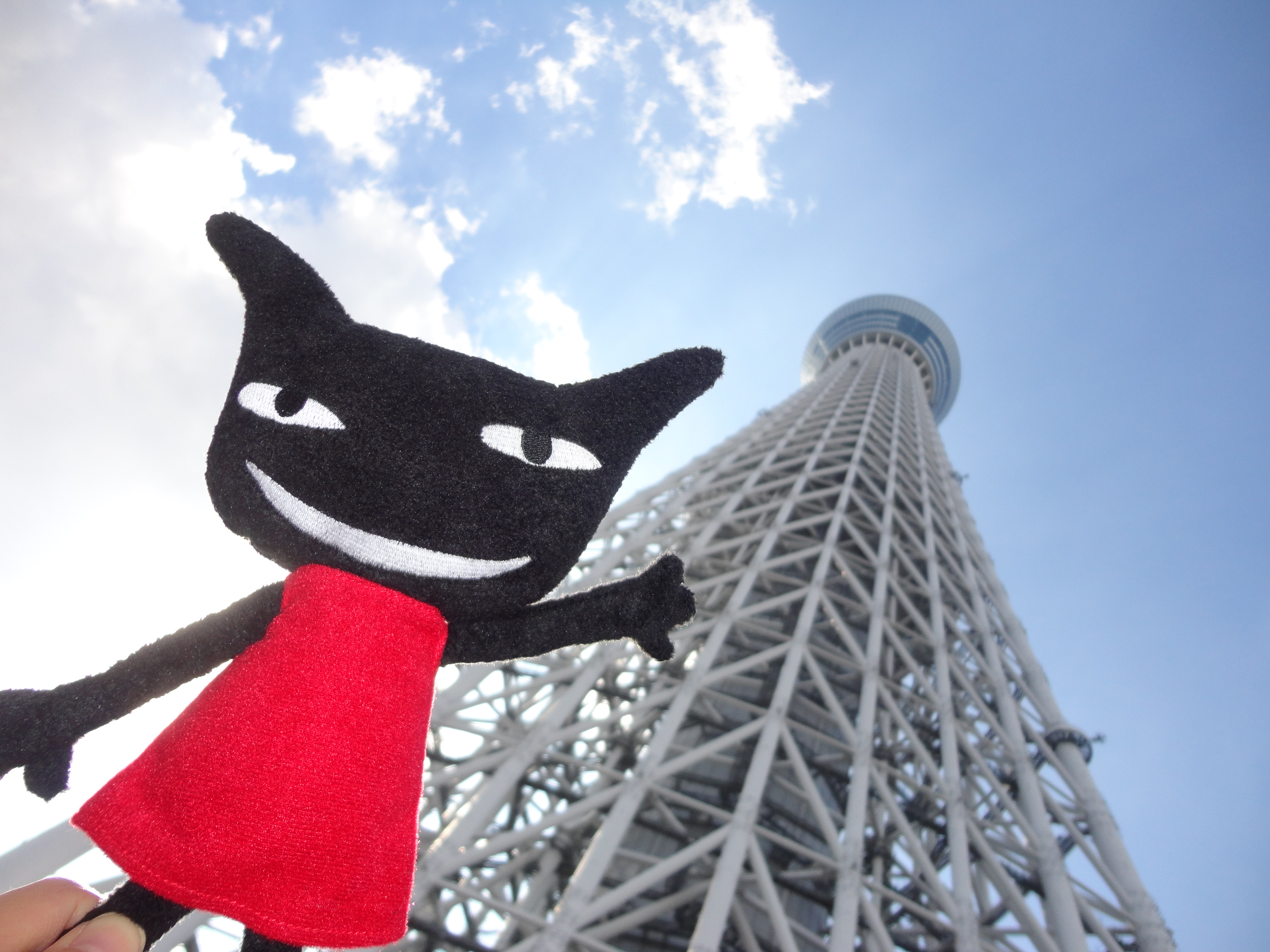
it's the aronzo imp at tokyo skytree
i just got back from spending a month in japan with my husband, my brother, my friend DJ, and my DJ friend. we were on tour doing music and art shows in tokyo and osaka. it was made possible by my efforts last year, scoping out venues and asking around in my very limited 日本語. but i didn't do this because it was easy, i did it because it was terrifying. my husband and i also went to atami, a small coastal town with a retro feel.
i don't really give a shit about anime, pokemon, studio gh— maybe i'll get in trouble. let me start over.. i didn't really do a lot of pop culture stuff outside of a specific kiiroitori timed entry event and some other stuff my husband likes. most of my time and money was spent eating food, going to shows, and searching vintage/secondhand/artisan/handmade goods. there's nothing wrong with some good old intellectual property, but anne hero can source that shit back home. in fact, i didn't buy any inventory for my shop this trip! all my gets were personal.
i''m going to summarize all of the advice i've given to people below. not because i'm an expert, but because it's easier to send people a link from now on. and the people who ask me for advice have interests and habits tangent to mine. it's pretty generic advice except for a few points so maybe you'll gain something from reading it even if you're not traveling.

kiiroitori is the neurotic yellow bird from rilakkuma
various advice—
click the blue or skip this section
hardware
transportation, hotel stuff, shopping...
if you have an iphone, you can use apple wallet to store your transit pass. android requires some other bullshit i don't know about. i have only ever used a physical suica card, and you can only buy those at narita + haneda and some major stations in the tokyo metropolitan area. the subway trains end at midnight. this singular fact has driven very many of our nightlife decisions. uber works, business as usual, but it's pretty expensive. walking a few hours back home is free and relatively safe. there's also some great architecture and graffiti to behold.
you can certainly hop into a random cab without uber and show the driver the japanese address  (they might not be able to read english that well). in tokyo, we found that every cab took visa payment. in atami, it was cash only.
(they might not be able to read english that well). in tokyo, we found that every cab took visa payment. in atami, it was cash only.
if you travel into some of the older, smaller towns in other parts of japan, you might be in a cash only situation. this happened to us in atami.. we were down to the ¥1 with our transactions and barely had enough for cab fare, admission to the shōwa era sex museum, and omiyage for the kogas (tai + tann). the good news is, very many convenience stores will have visa-friendly ATMs to take out yen. you do not need to exchange your currency before you visit.
my husband and i have stayed at around 10 different affordable hotels and short-term rentals in tokyo and osaka, (including one love hotel). i will say the love hotel had the biggest room BY FAR and the most amenities. hotel room size was important for me because i had to completely open up all three of our suitcases every few days to get things ready for my art galleries. a lot of the rooms smell a little musty if the bathrooms are moist for too long, but that's true anywhere. i loved opening the windows where ever we were staying to let some cooler outside air solve the humidity problem. hostels are usually cheaper, but they have shared bathrooms and are gendered sometimes, so it would be a better option for solo travelers.
if you enjoy keeping up with japanese brand goods (i mainly care about hysteric glamour and sanrio..) i recommend traveling during a season transition (for example, before and after halloween there are huge inventory shifts: i love christmas so it's great to see the sanrio goods turn over from creepy to cute. i also got to see the tail end of hysteric glamour's fall stuff and the beginning of winter. the weather was also pleasant.) in addition to a coin purse, i highly beseech you to walk with a designated business card holder. got a bi-fold holder so i can separate my actual business contacts from random cool shops. this is especially useful when the shop names aren't in english and you might be too busy to write the name or address down.
if you're trying to go to something like a museum or theme park, it might be wise to buy tickets in advance. also, some concerts and events require a japanese credit card to buy tickets. there are proxy services apparently, but i don't know much about that. just learn about how the tickets work in advance for events you're interested in.
software
language, courtesy, common sense...
my number one traveling tip for a city as dense as tokyo: put your phone down and go anywhere that looks or smells good. if you're in a shop and it's not so busy or if you have a spa or salon appointment, ask locals where they like to go eat, or if there's anywhere off the beaten path they would recommend nearby. although we were usually the only americans, and there was never any english-speaking staff, and the menus were usually handwritten in japanese, and they are written so tiny the translator isn't as reliable... it was some of the best meals we had. if you have dietary restrictions, learn the names and spellings of the things you can and can't eat. that way, you can tell at a glance what to avoid. for example, i don't eat beef or pork so we just avoided curry and ramen shops altogether. they are not nearly as accomodating to dietary restrictions as america, and i don't like vegan ramen. it's okay, i had my fill of shrimp tempura udon.

if you are practicing sobriety, be careful about going to alcohol-mandatory izakaya and make sure the music shows you go to have soda or tea options for their required drink purchase. yes, you read that right. there were a few situations that my husband was declined coca cola as his mandatory drink. if you intend on drinking a lot, pick up an elixir from the convenience store before you start to prevent hangover... かんぱい! in addition to hotels and restaurants, very many of the music venues allow smoking indoors.  there were shows i skipped because i didn't want to wash my hair that night.
there were shows i skipped because i didn't want to wash my hair that night.
everyone asks me about the language barrier: of course it's good to learn some key phrases, and locals will appreciate you making a sincere effort. you certainly don't need total mastery of the language to have a great time. if you're SERIOUS about learning you should look into textbooks or classes. i think speaking sentences and writing vocabulary is a lot more useful than whatever bullshit memory matching type thing duolingo makes you do. i enjoyed asking to be taught phrases by my friends in japan, especially because there's so much slang that never made it to Genki: i found out that my art is めっちゃかわいい! and ヤバ! is a great expletive (thanks haru!). one personal goal for my next trip is to learn some more kanji so i can read the names of train stations without having to wait for the signs to cycle to kana or romaji. also, you don't need to commit to learning the entire japanese language to learn how to pronounce romaji correctly. i was losing my mind hearing tourists mispronounce simple things. for example: the "gin" in "ginza" rhymes with "green," not "thin". in japanese, the pronounciation of vowels is consistent (it's the same A:Ah I:Ee U:Oo E:Eh O:Oh as spanish) and all the syllables are weighted the same, unless they are marked for elongation or something. pronunciation is not so hard.. maybe there's some videos online or something.. i took japanese as an elective in high school..
i think speaking sentences and writing vocabulary is a lot more useful than whatever bullshit memory matching type thing duolingo makes you do. i enjoyed asking to be taught phrases by my friends in japan, especially because there's so much slang that never made it to Genki: i found out that my art is めっちゃかわいい! and ヤバ! is a great expletive (thanks haru!). one personal goal for my next trip is to learn some more kanji so i can read the names of train stations without having to wait for the signs to cycle to kana or romaji. also, you don't need to commit to learning the entire japanese language to learn how to pronounce romaji correctly. i was losing my mind hearing tourists mispronounce simple things. for example: the "gin" in "ginza" rhymes with "green," not "thin". in japanese, the pronounciation of vowels is consistent (it's the same A:Ah I:Ee U:Oo E:Eh O:Oh as spanish) and all the syllables are weighted the same, unless they are marked for elongation or something. pronunciation is not so hard.. maybe there's some videos online or something.. i took japanese as an elective in high school..
i paid close attention to exports and "what towns are known for" to help pick out smaller cities for my next trip. (last year, my hairdresser was recounting how delicious the fatty tuna was from his childhood visits to his grandma in Ōma. i LOVE fatty tuna. that town is on "my list" now.) i believe as an american tourist a person, it's important to engage with local economy as often as you can, everywhere you can: you get cooler souvenirs, and you can support family-owned businesses. awesome. 
i did not take a single picture inside of a shop without asking permission to take a photograph of the inventory, and i made sure to avoid photographing strangers.
don't be an ignorant about facist imagery. and if you love vintage goods like me, brace yourself for some racist caricatures. an unfortunate part of our lives no matter where you are in the world, but for some reason very frequent in japan. even in chain stores like village vanguard. no one gave any of us a hard time for being american, but there was a lot of casual racism towards chinese people. i was surprised to hear flight attendants make some remarks about keeping an eye on the 中国人 passengers on our flight.
regarding weird western monolithic ideas of japan: as i said in blog 010, they absolutely do sell counterfeit, "parallel import," bootleg products. it would be irresponsible to buy designer without inspecting the tags and hardware carefully, no matter where in the world you are. and if you think "silent public transportation" is the measure of an advanced civilization or whatever, you share the values of a white supremacist. please unlearn to give a shit about that.. tokyo is not perfect. it's just another city with its own problems. it's not a racially homogeneous utopia. my brother asked me, "is it okay to eat this convenience store snack in the train station? isn't that rude?" in front of a drunk man slumped over on a bench with piss down to his knees. i was like dude just eat the snack.. 
maybe basic public transit etiquette is something people outside of big cities don't think about.. if YOU can, let elders, mothers with small children, and disabled folk sit first.. wait until everyone has exited the train before attempting to board. when the train is PACKED, you can do a little shuffle in place + grab your bags to indicate to your surrounding travelers that your stop is next— almost always, people will move out of your way. no words exchanged. and you should be mindful of this shuffle from your fellow passengers.

my gets— TW: suggestive themes...
you can load this image in a new tab to get a closer look. if you have specific questions about something, just ask me. most of this stuff was secondhand.
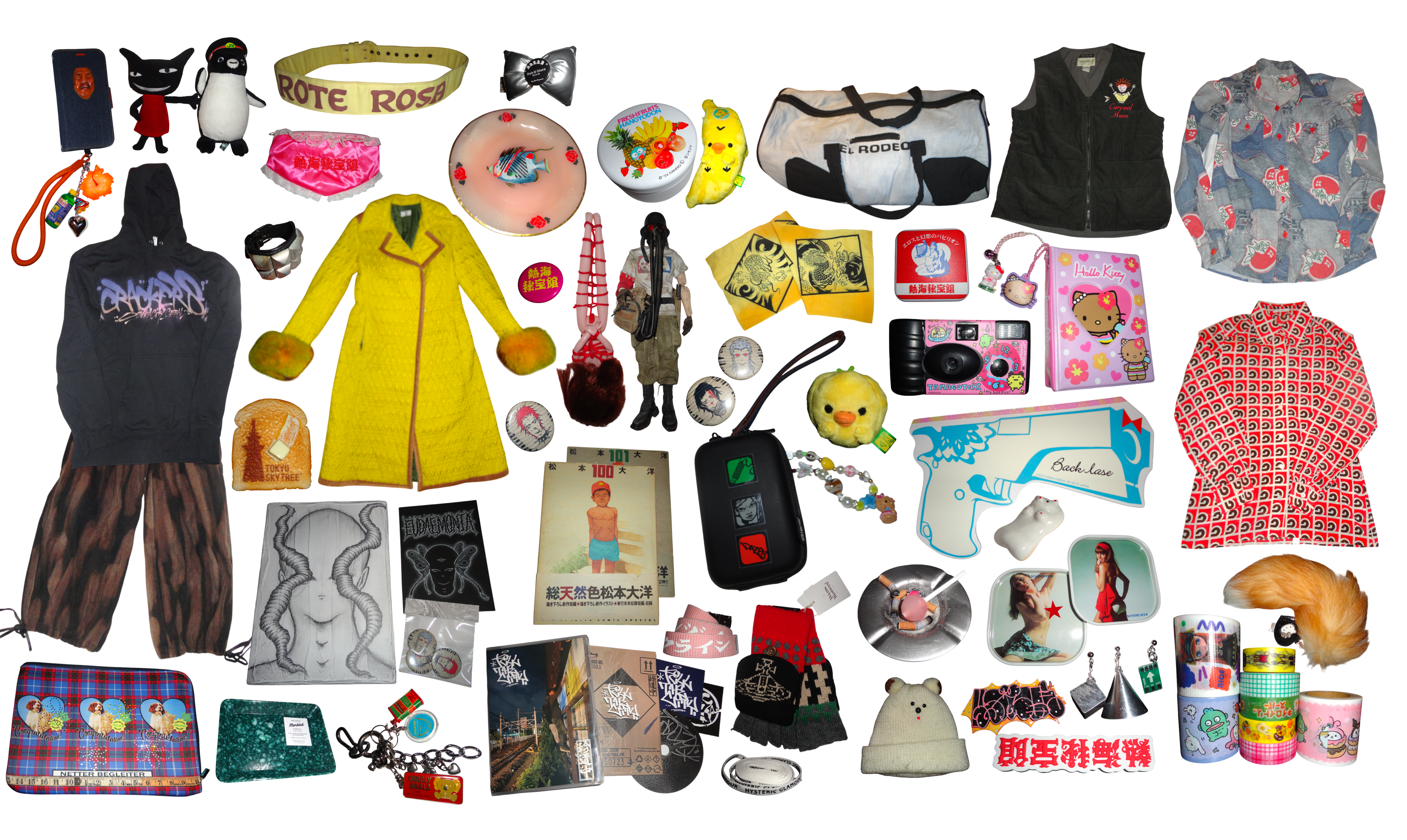

points of interest
click the blue

tokyo
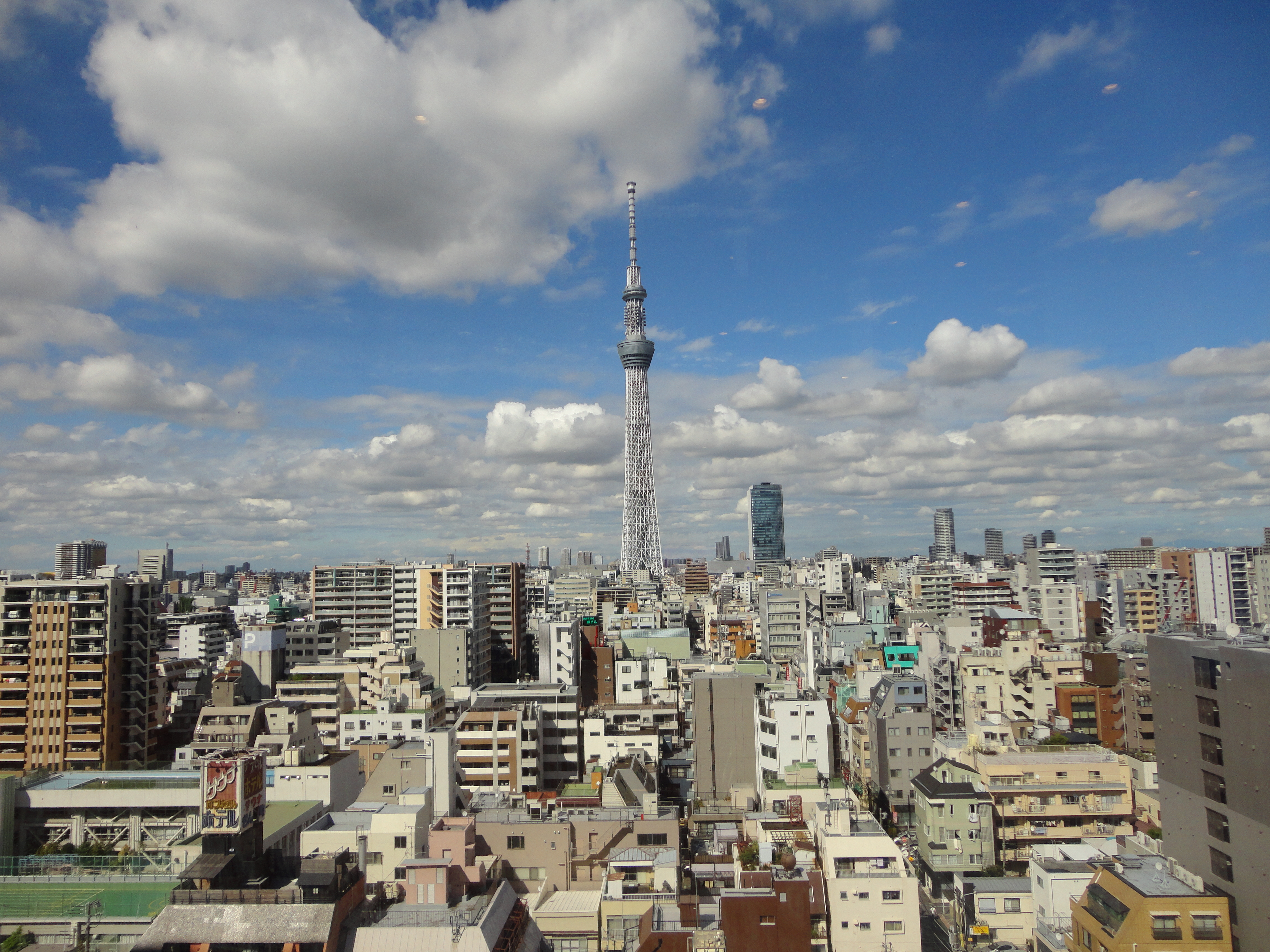
tokyo skytree view from kinshicho.. it's taller than tokyo tower!
i don't need to sell it. dense, walkable, and modern. but i haven't seen many people mention how much vomit, piss and blood there is after working hours. the engineer in me couldn't help but notice the subway is fairly inaccessible to strollers and wheelchairs. the high-traffic areas are sensory nightmares. most of my time in tokyo was spent recovering from the night before; i cherished the quiet moments walking around neighborhoods. we spent a surprising amount of time in shopping malls. there's an app called artsticker for buying and selling contemporary art, and it's been a great resource for finding gallery openings in tokyo.
- new york joe— in shimokitazawa. navigate here (i've found great things at NYJ every trip) and then walk around the area. there's a huge 下北沢店 nearby.
- 東洋百貨店— vendor booth style vintage and handmade shopping complex. seriously prioritize this place. variety of affordable (compared to laforet, for example) artist goods.
- デザインフェスタギャラリー原宿— yes, my work was here. gallery in harajuku with rotating local artists with plenty for sale; i always favor handmade goods as souvenirs.
- queertopia, tokyo queer collective, waifu party— queer nightlife can be a challenge to find out about unless you're in the know, here are some accessible places to start.
- 回転寿司みさき— affordable, convenient, english-friendly sushi spot. it's a chain, found near many train stations. there's even one at narita.
- stand up please— unsophisticated standing bar with house-infused liquors in a rock-n-roll neighborhood. i had so many, i don't remember my favorite— was it the earl grey honey ginger brandy with milk? sounds right. near "yakitori alley" and thrift stores and heisei retro toy shops. many of our nights ended here.
- nakano broadway— dense indoor secondhand shopping complex. great for collectors of dolls, shōwa retro goods, sanrio, movie posters, animation cells, trading cards, model cars, all sorts of figurines...
- oneWORLD international hair salon— my hair is naturally frizzy and wavy so blow outs are great to take the stress out of styling my hair when i'm traveling. the "avocado cream bath" was responsible for some of the best hair days of my life. it's seriously stronger than tokyo's humidity. i visited them 3 times in my month-long trip.
- dub store— it's a jamaican music specialty shop. they advertise local jungle shows, so i suggest visiting this towards the beginning of your trip.
- over the moon— it's a small skater-graffiti bar a short walk from the shibuya scramble. i urge you to get the matcha milk.
- maison landemaine— bakery with locations only in paris and tokyo. the croissants and cinnamon rolls are great.
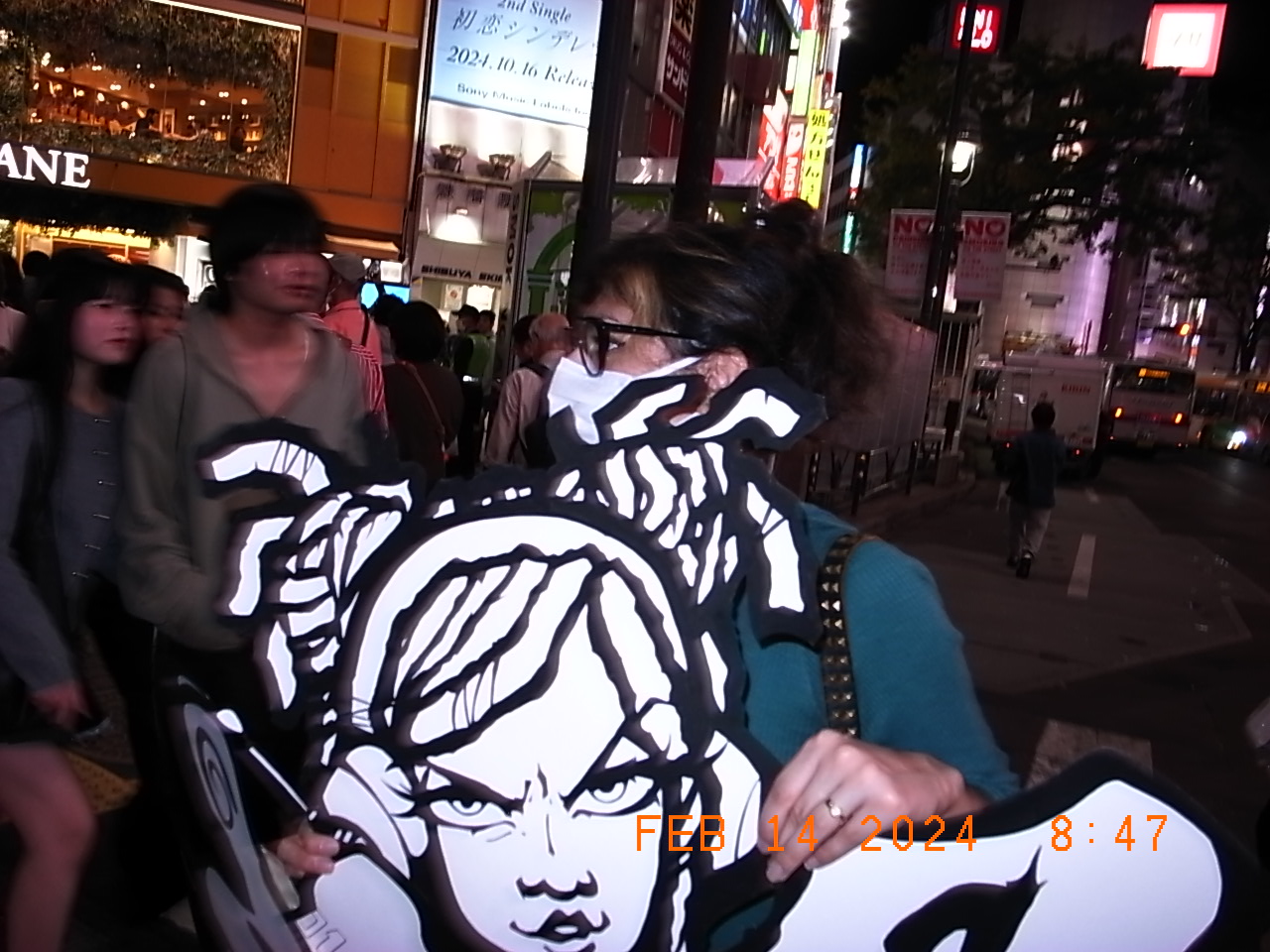
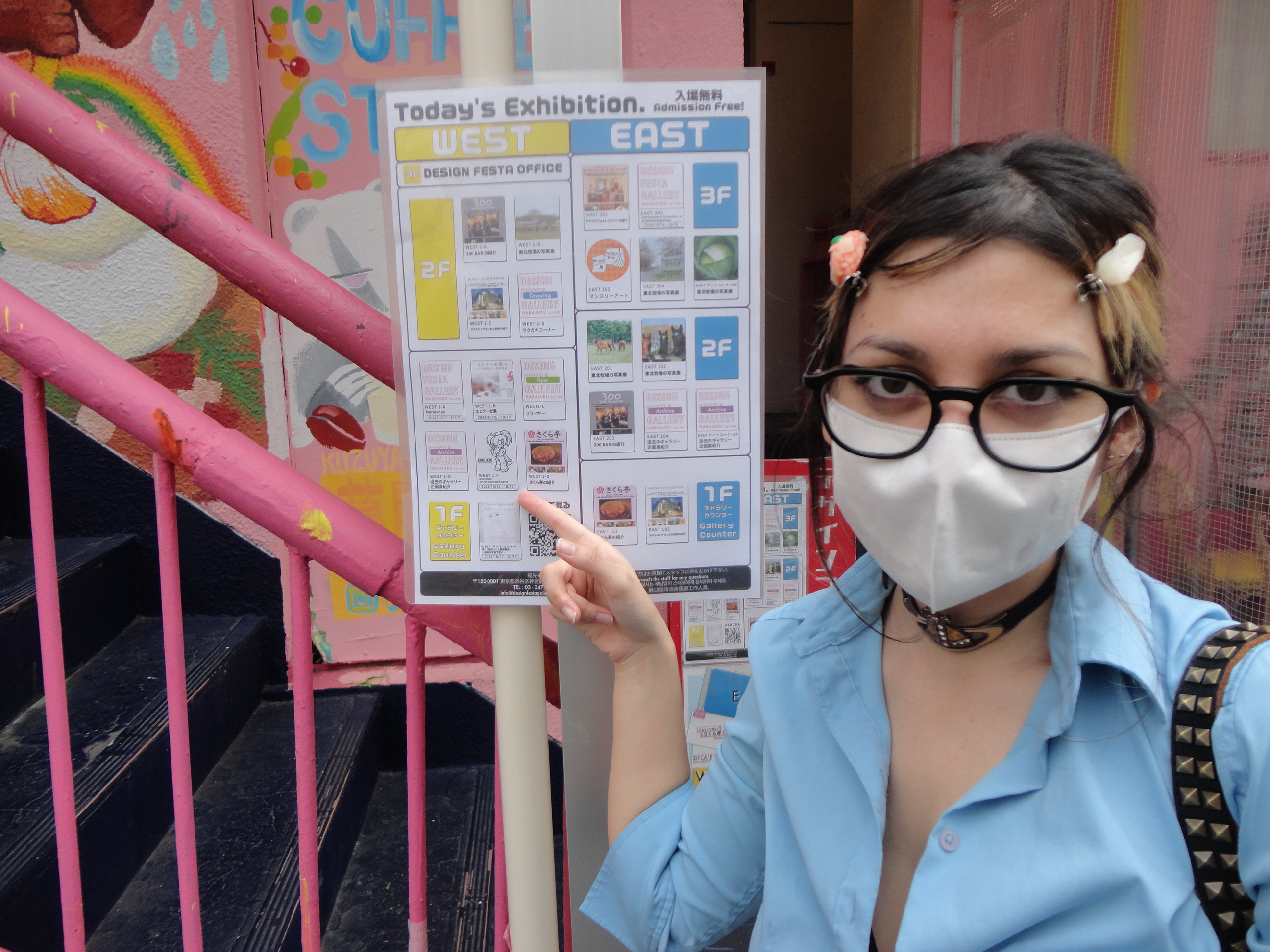
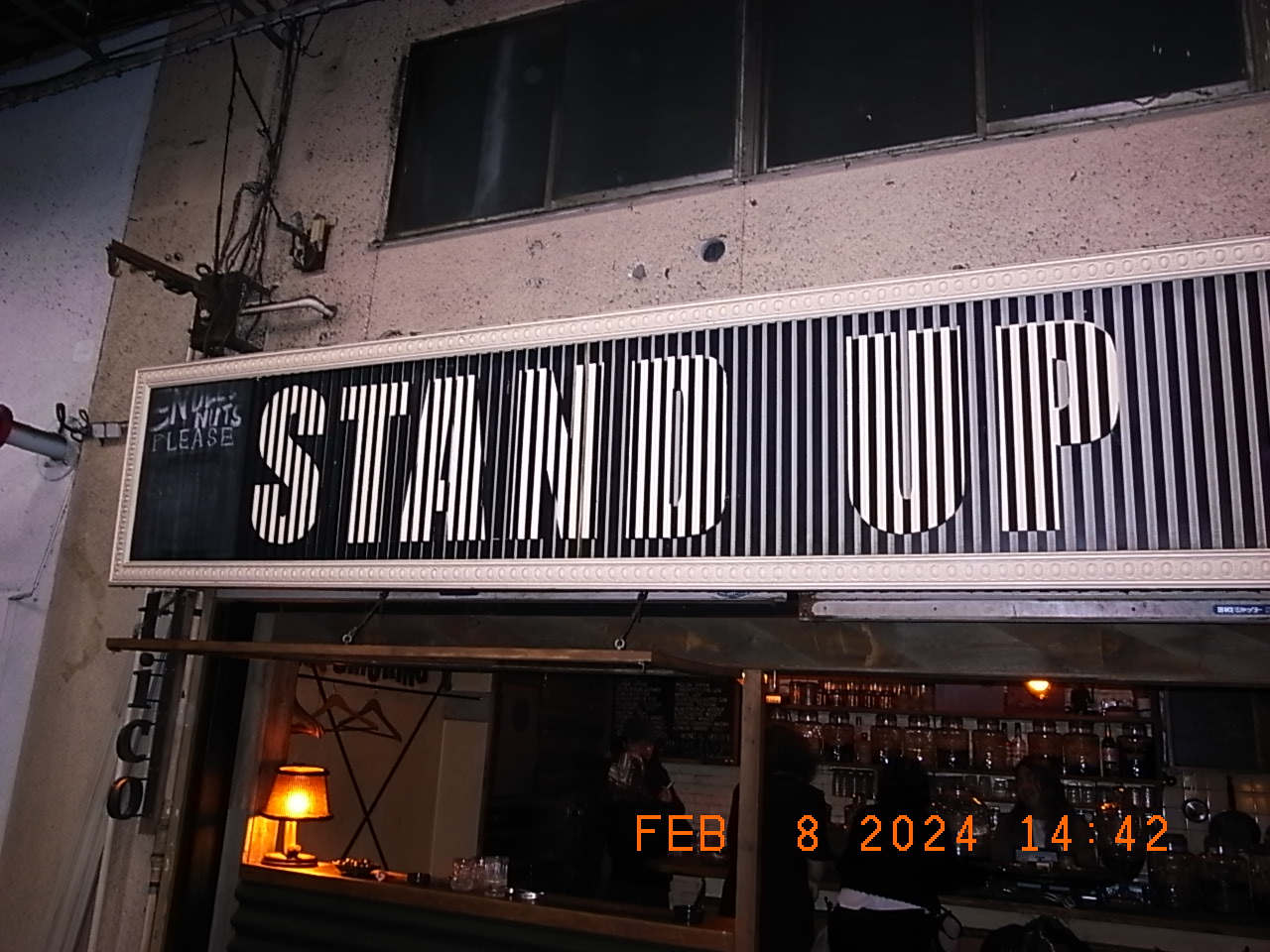
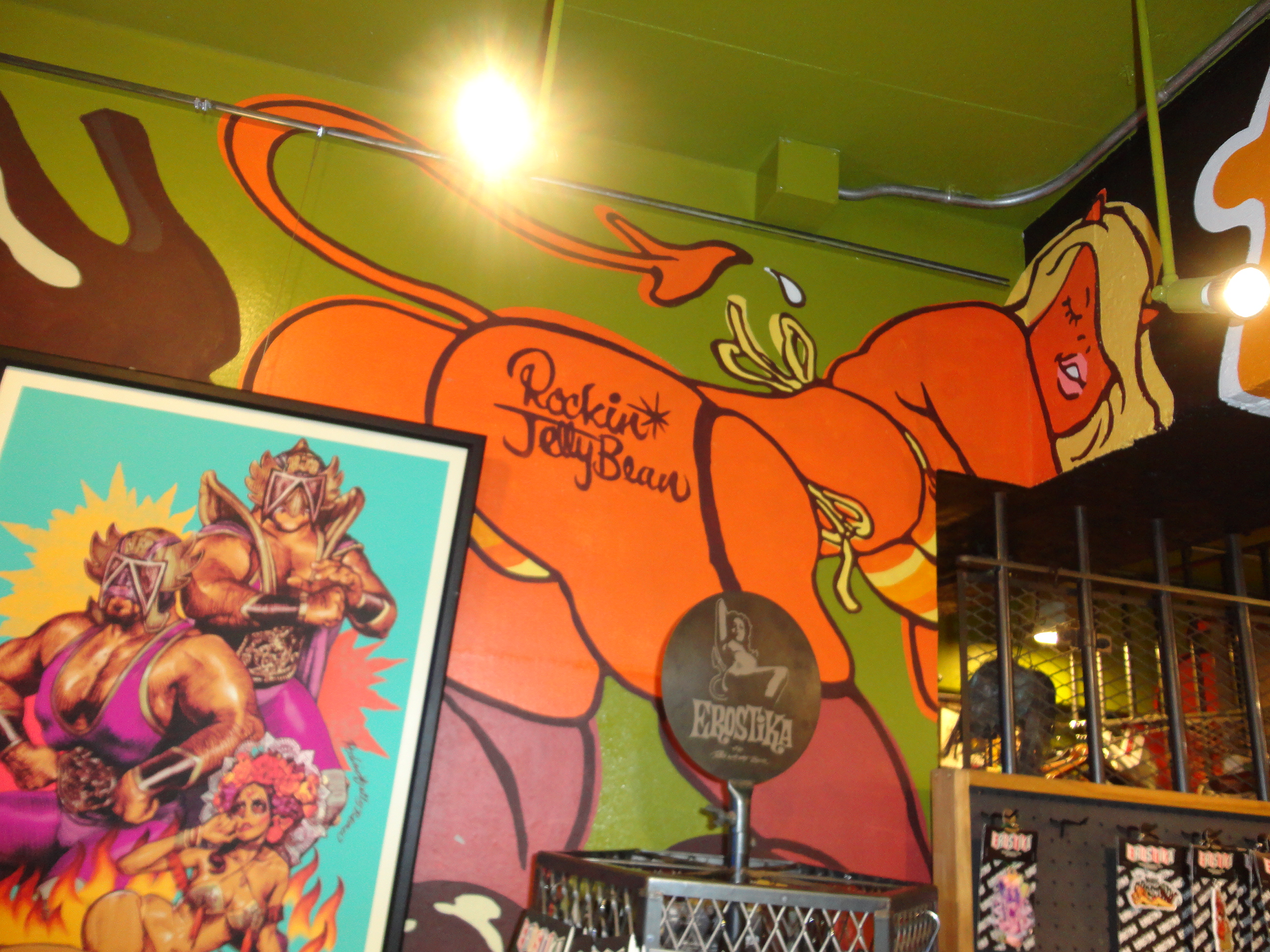
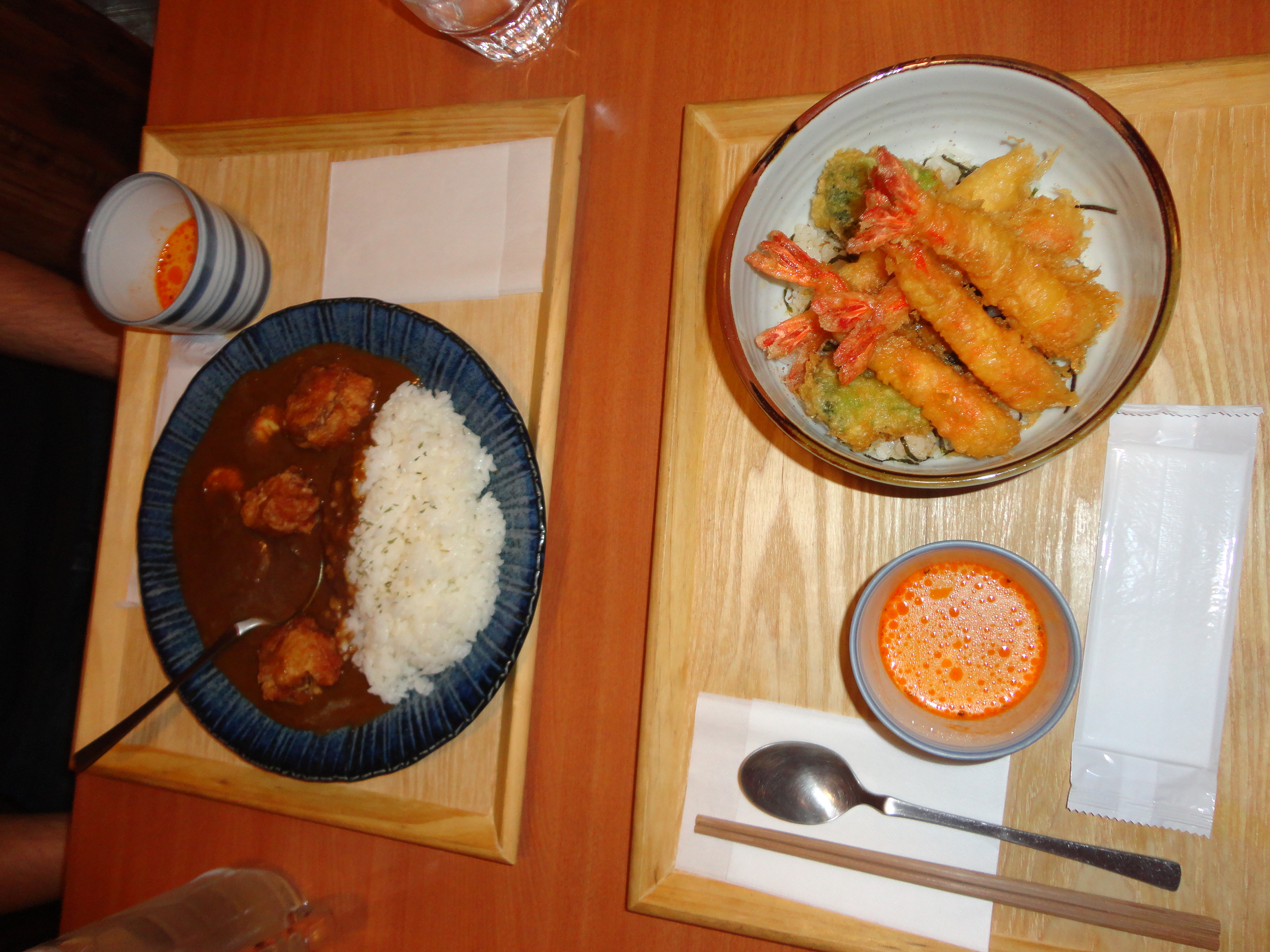
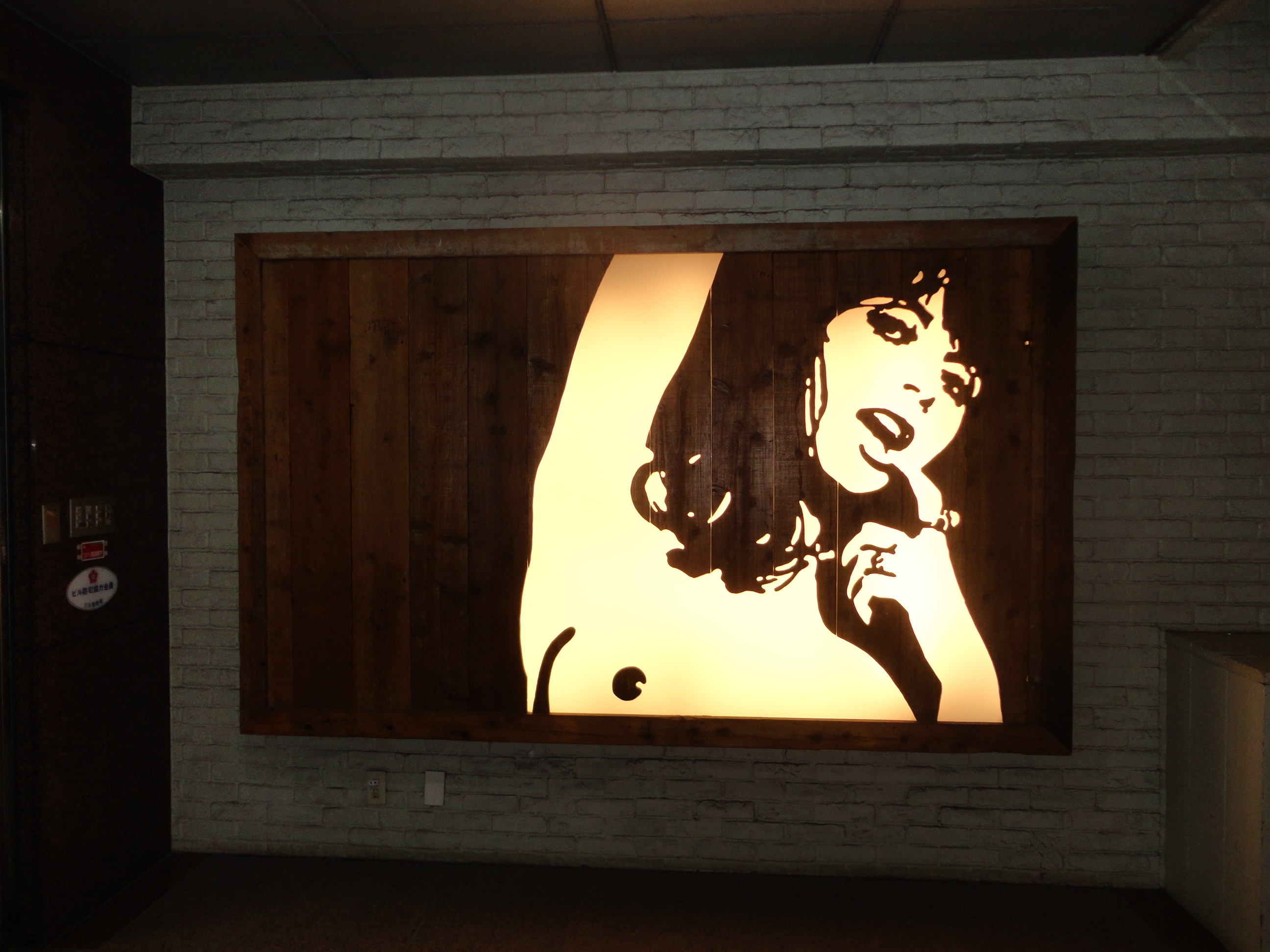
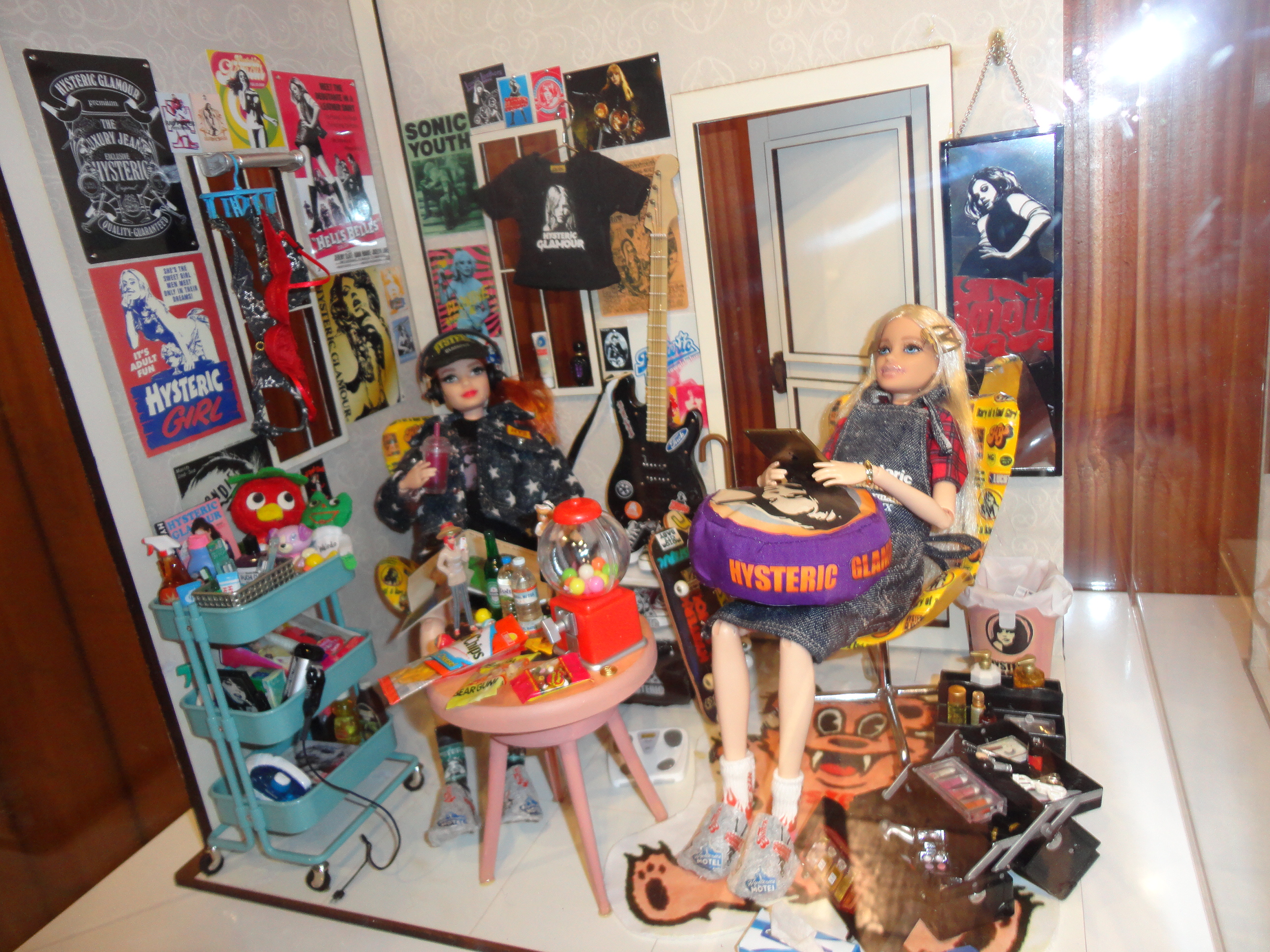
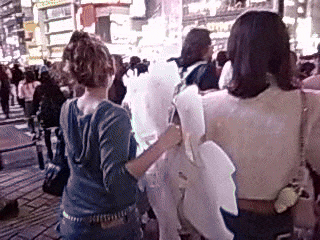
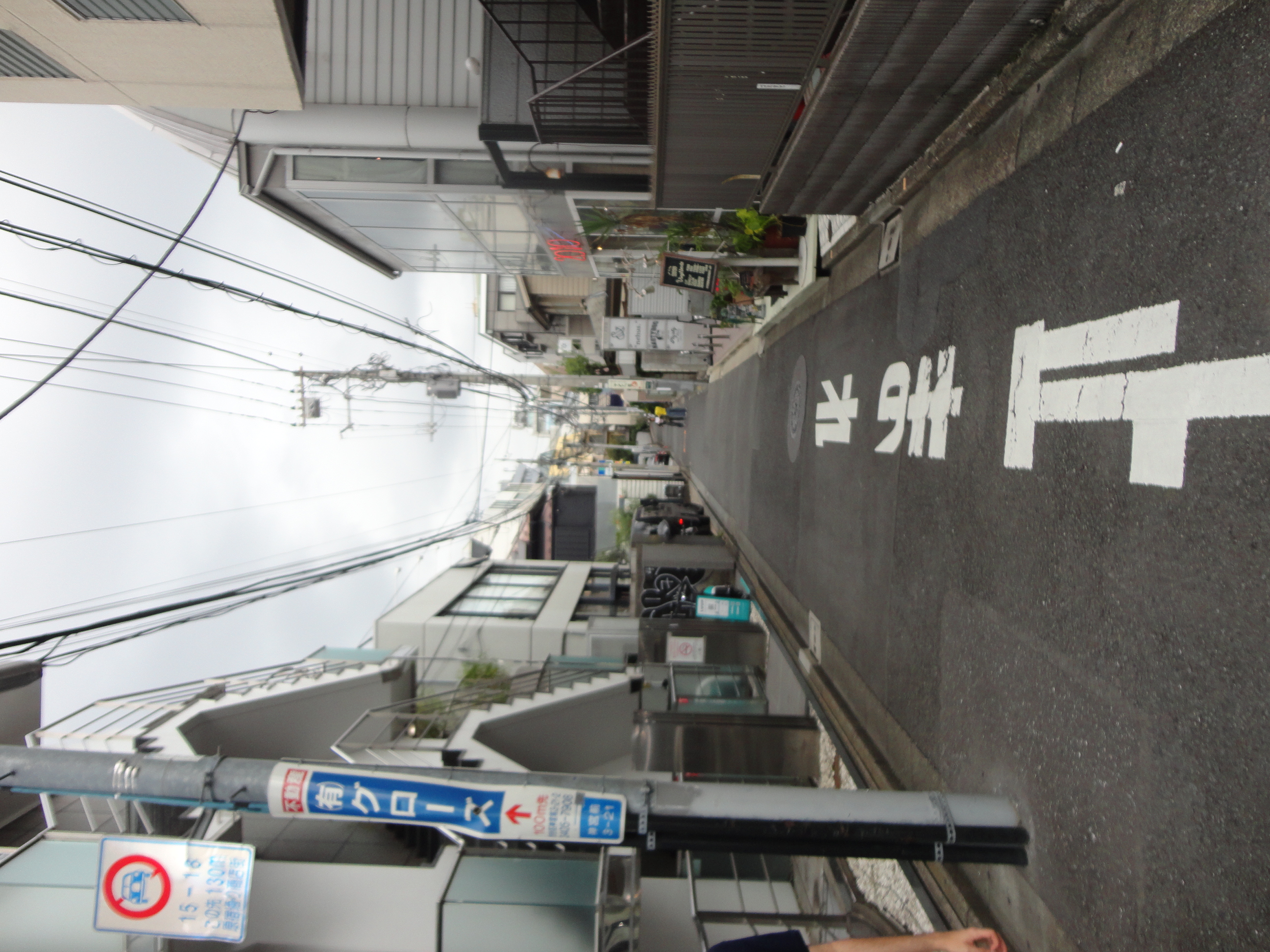
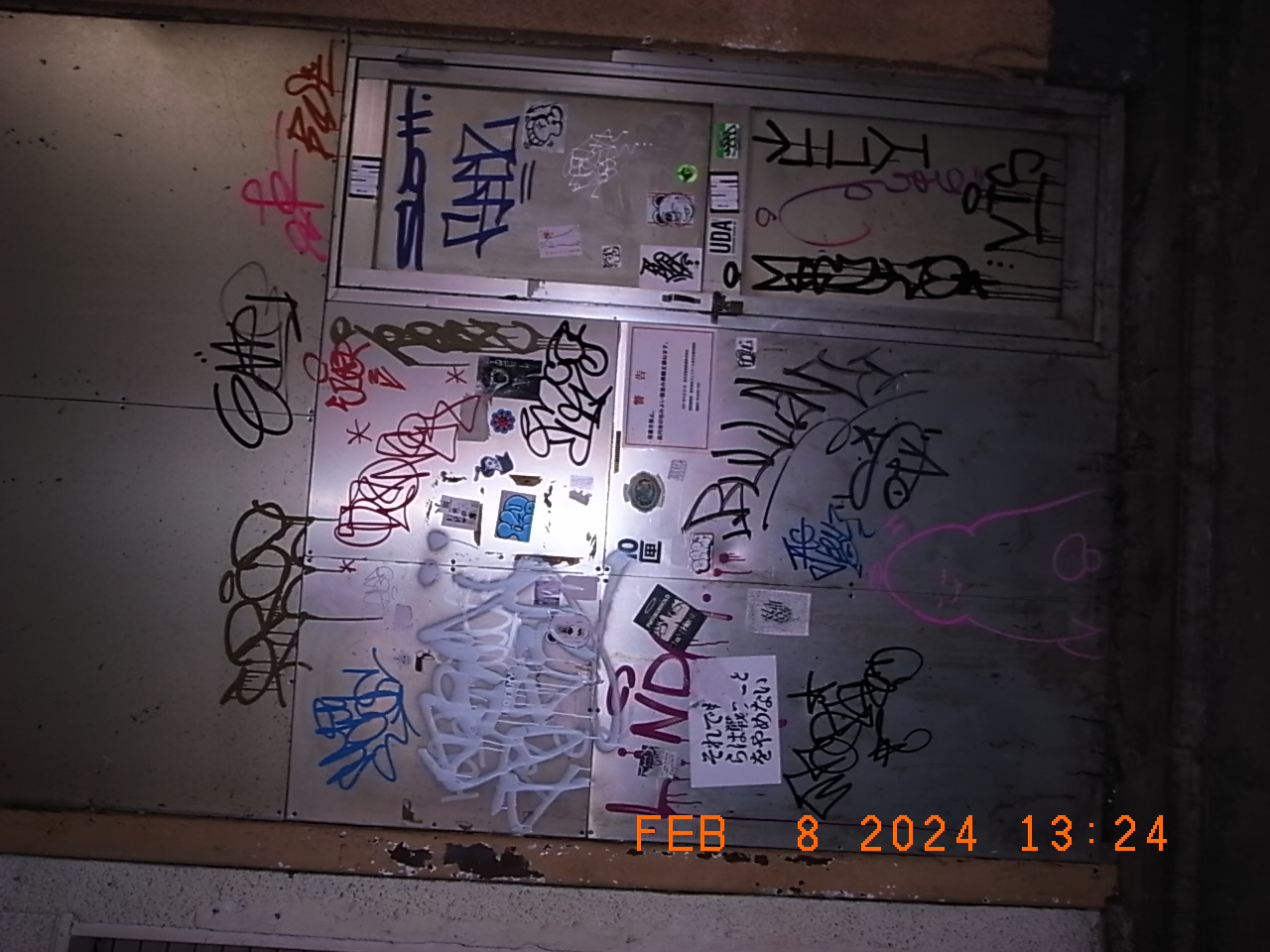
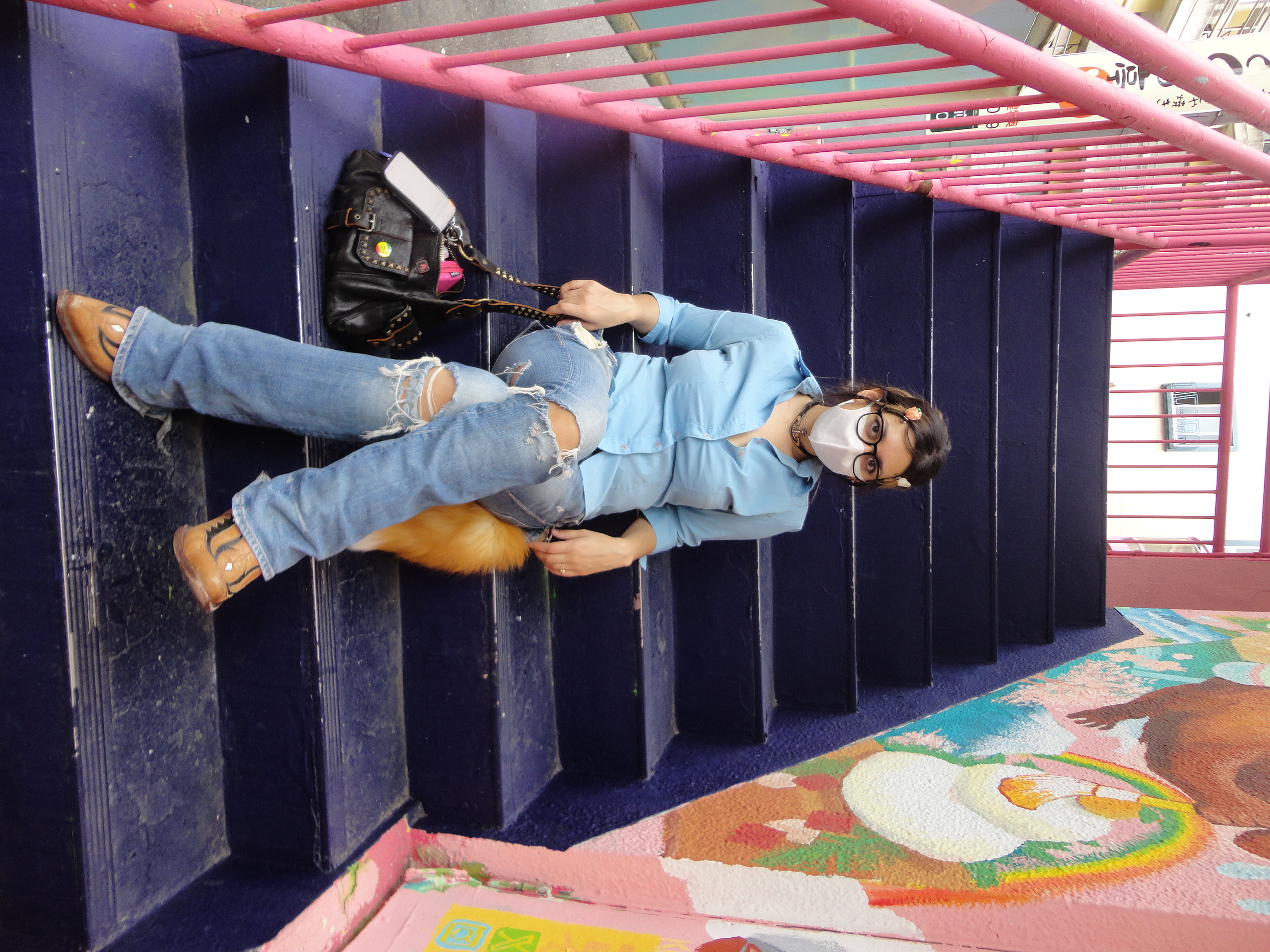
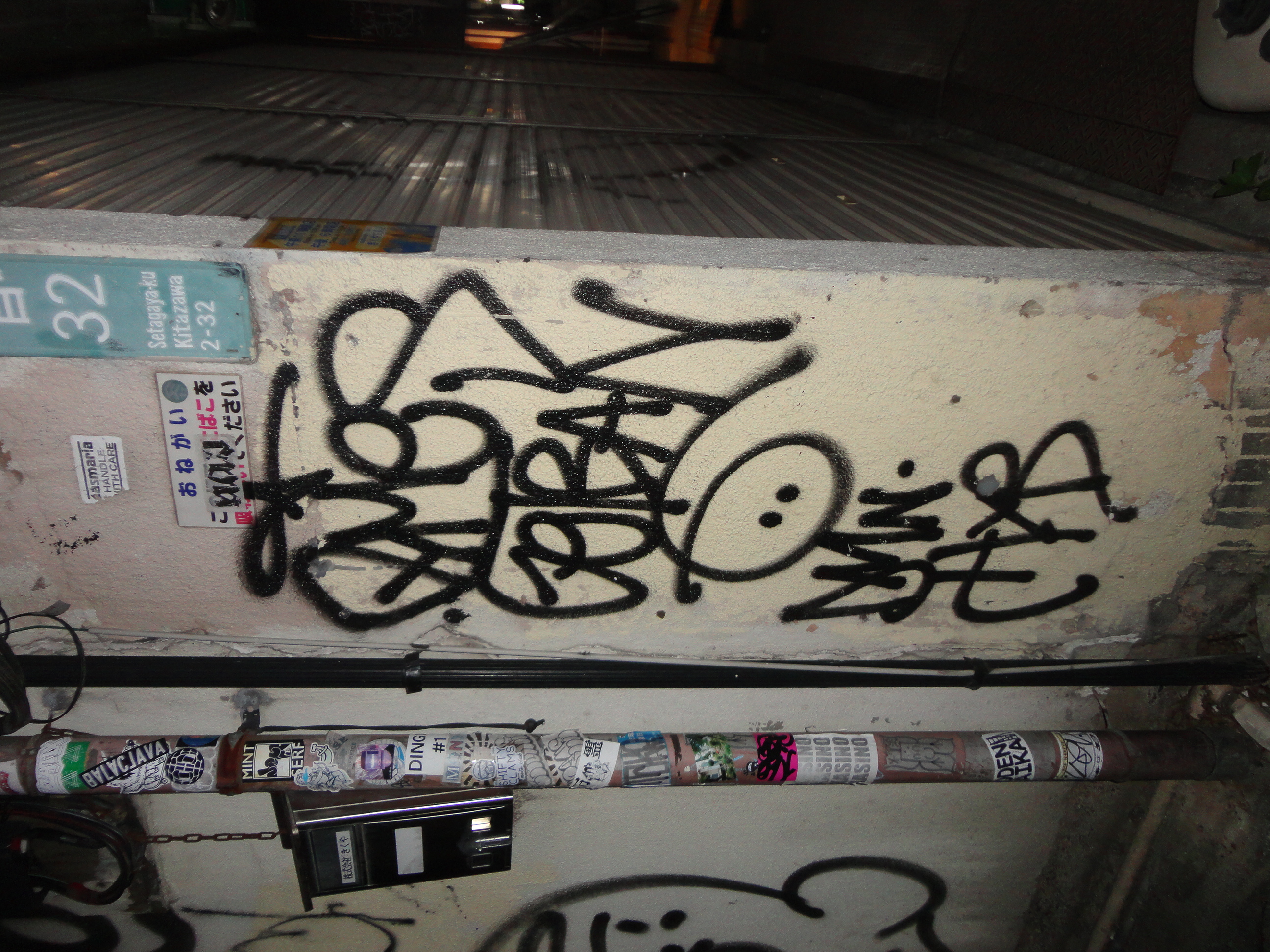
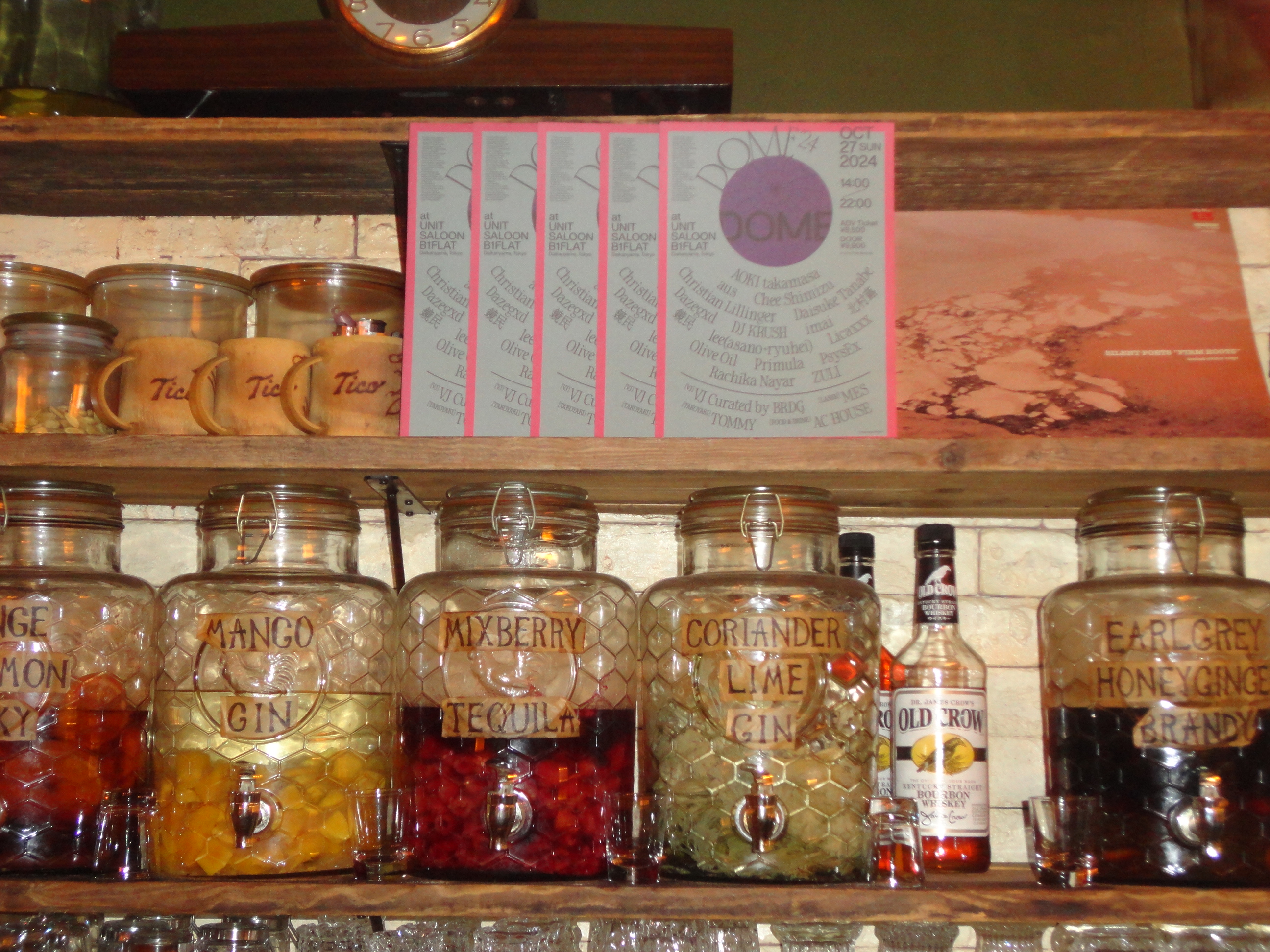
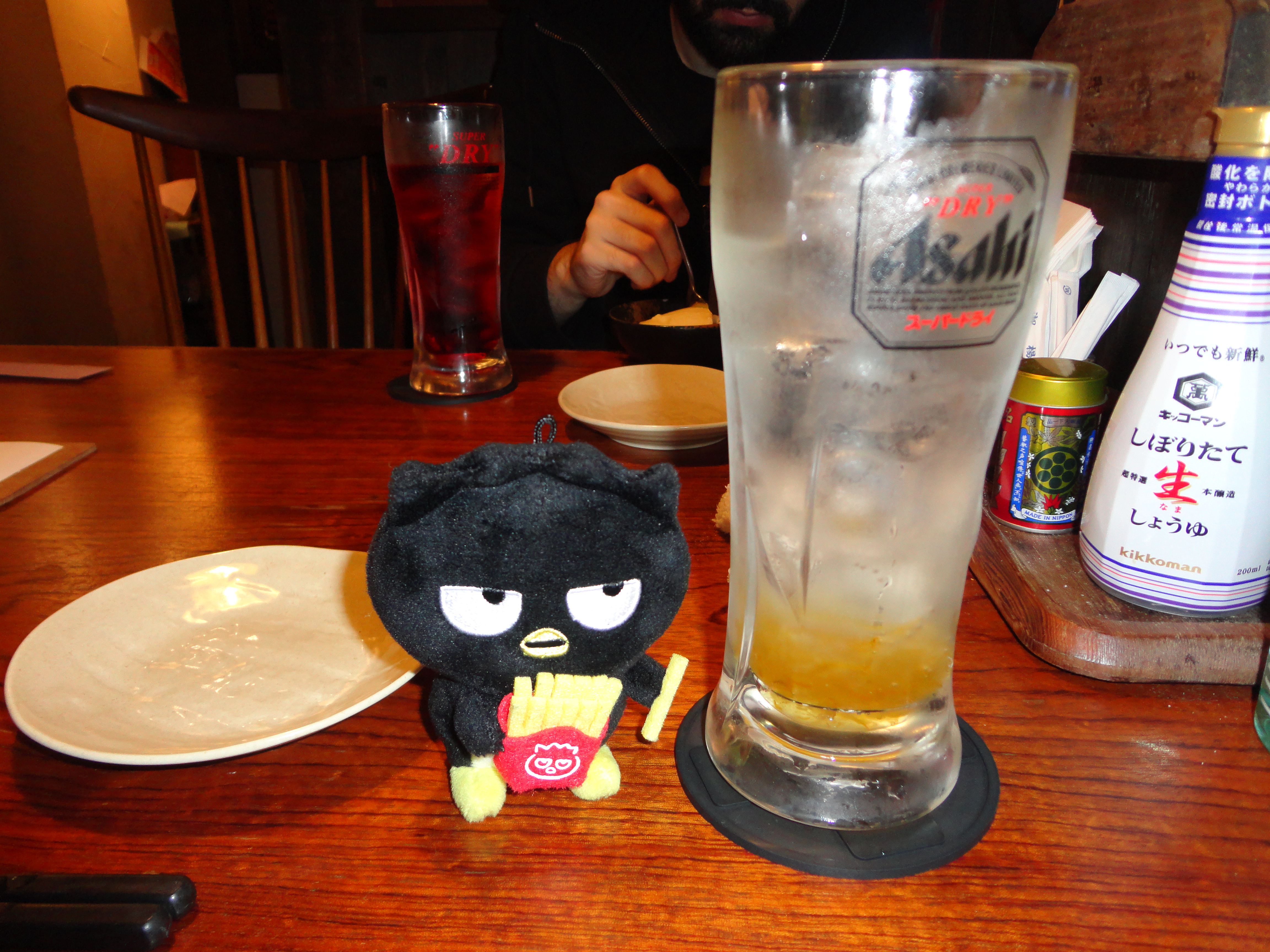
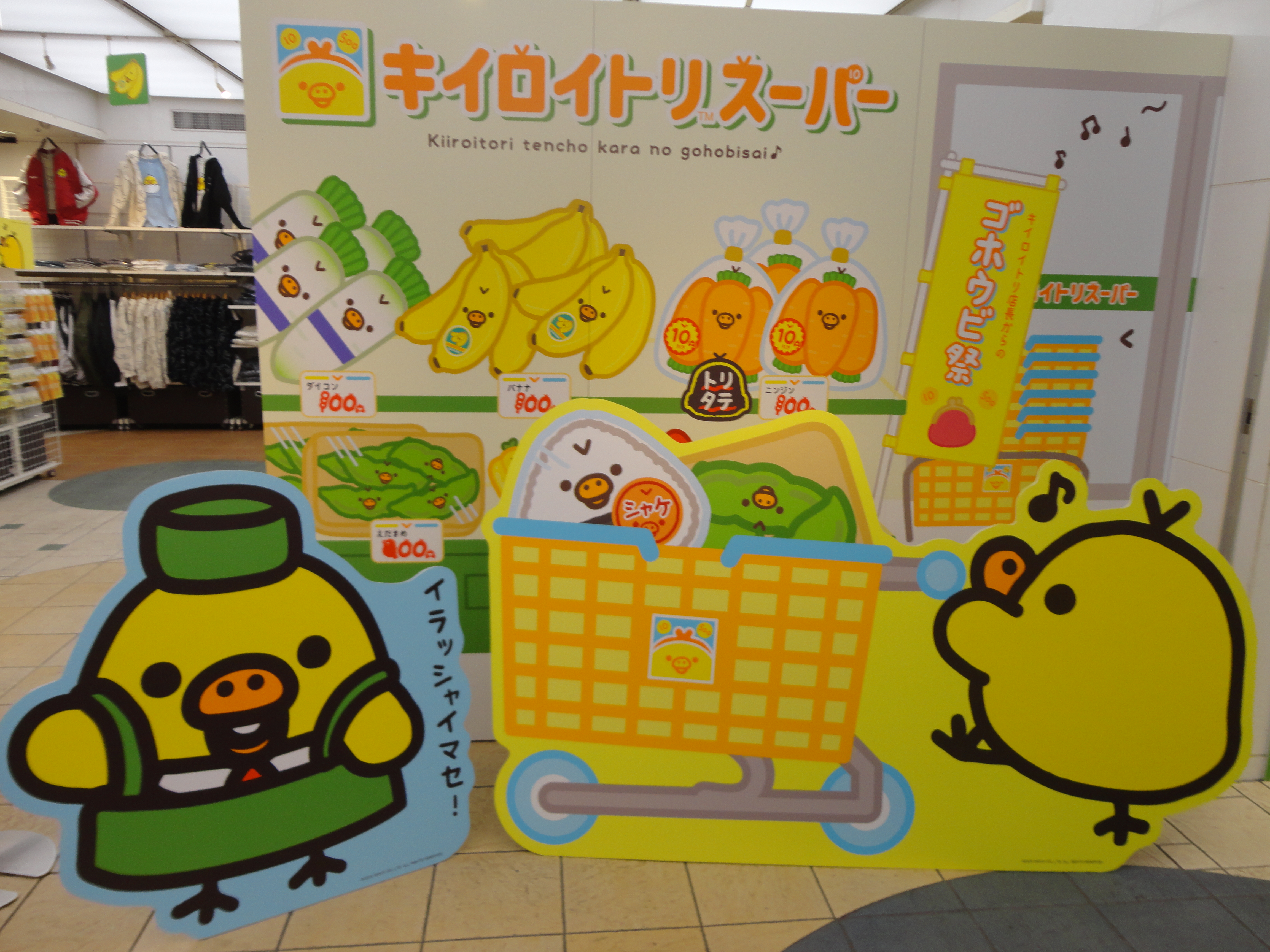
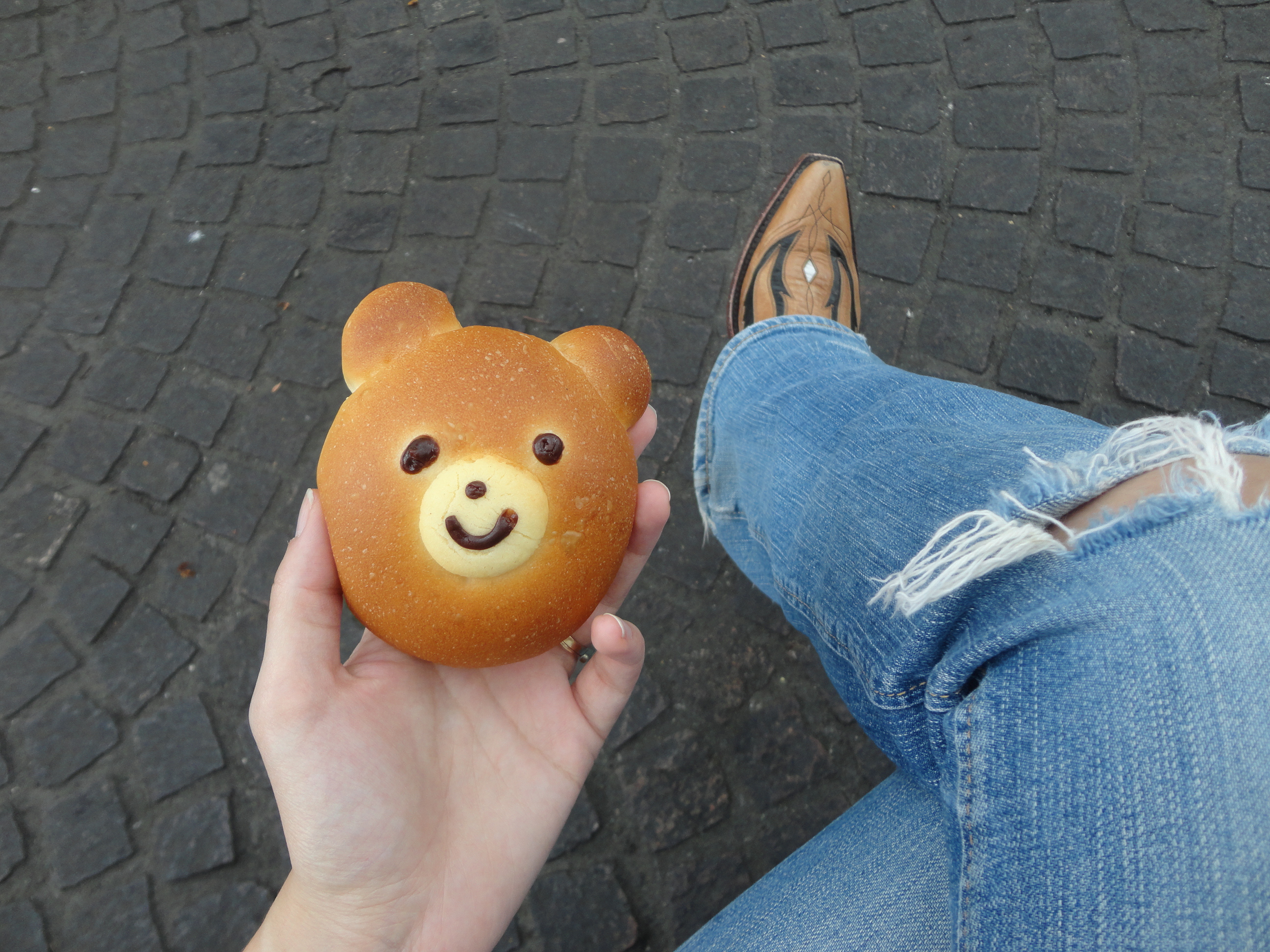
osaka
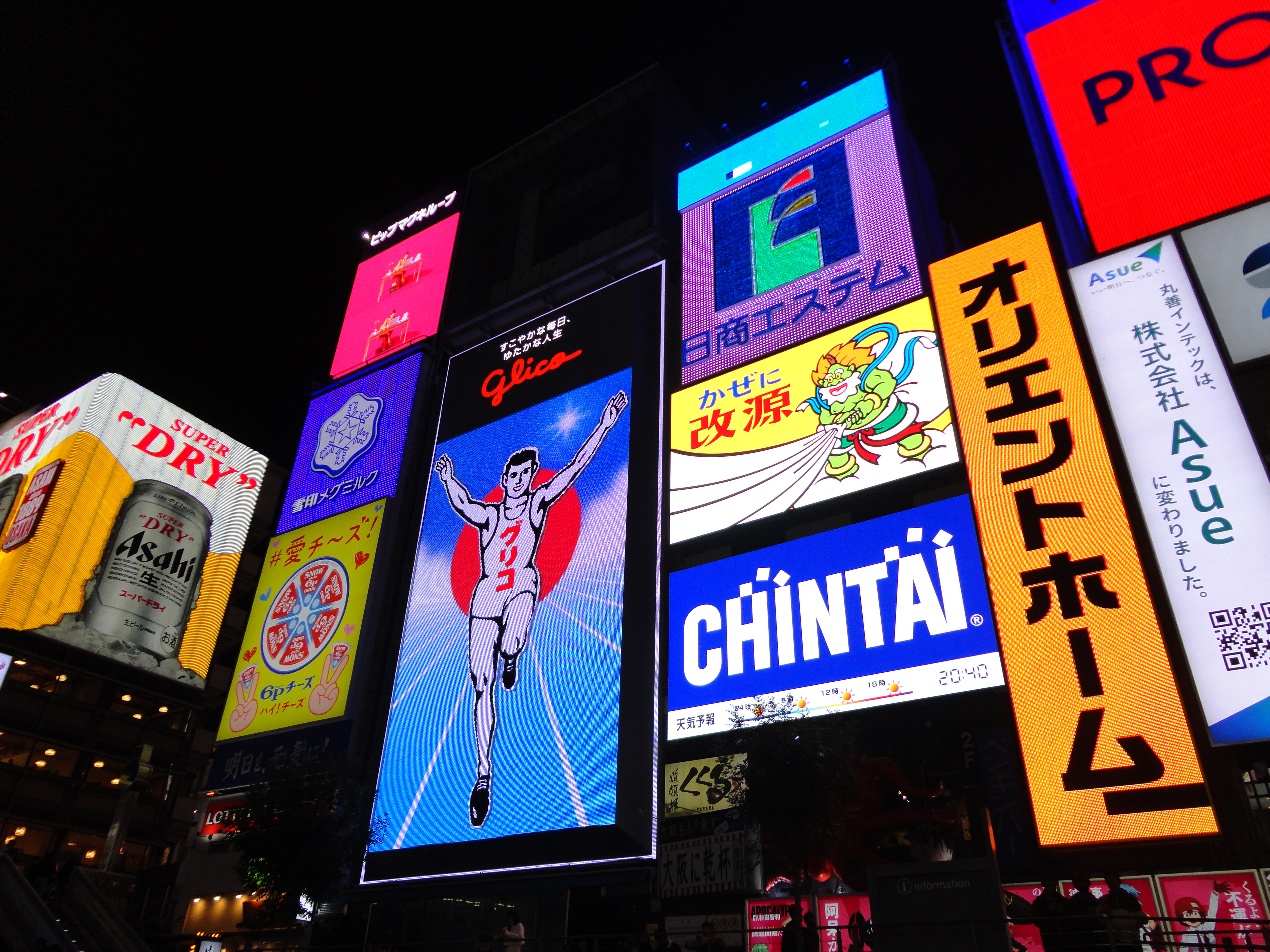
the dotonbori.. sometimes it's fun to be tourist..
osaka has major caribbean particles. i can't really explain it but i'm really in love with the people and places here. loads of vintage shops and artist goods in tighter proximity than tokyo. strong graffiti. exciting street fashion.
- amerikamura— osaka's center of style and youth culture since the 70s. mostly clothes, music, and trinkets.
- undergrind— a drum n bass cafe near amerikamura. the owner has 10s of thousands of records for sale (you can order online and pick-up in person). he plays shows every first saturday (if i remember correctly..) on his massive soundsystem in the center of the cafe. the food was pretty great.
- crackers— awesome graffiti shop with various writing supplies, apparel, zines, and even rare DVDs.
- excube— (mostly) imported european (mostly) 90s rave and streetwear shop with some handmade and local artist goods. really special inventory and the staff is so kind

- copyhouse— yes, my work was here. combination bar-gallery-shop-venue that seems to always buzz with good times
- osaru coffee— monkey-themed cafe around the corner from copy house. excellent food but it gets super packed.
- admski— packed-to-the-gills toy shop with decent prices and everything you didn't know you needed. two trips ago i bought tons of shop inventory here (such as.. the charming 90s writing pads that sold out so fast).
- dear bros— excellent karaage near the dotonbori. i think about this chicken often. perfect amount of yuzu.
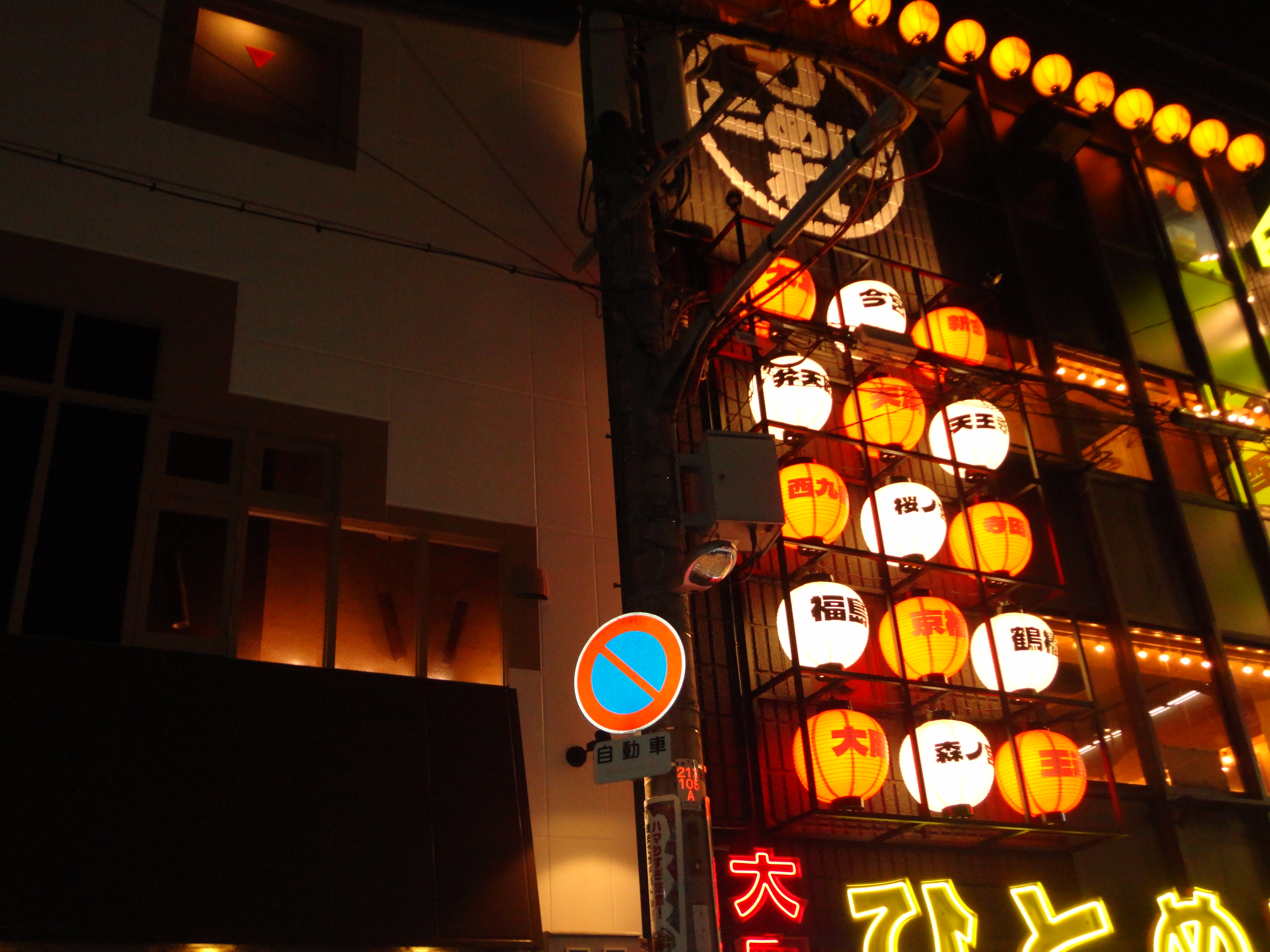
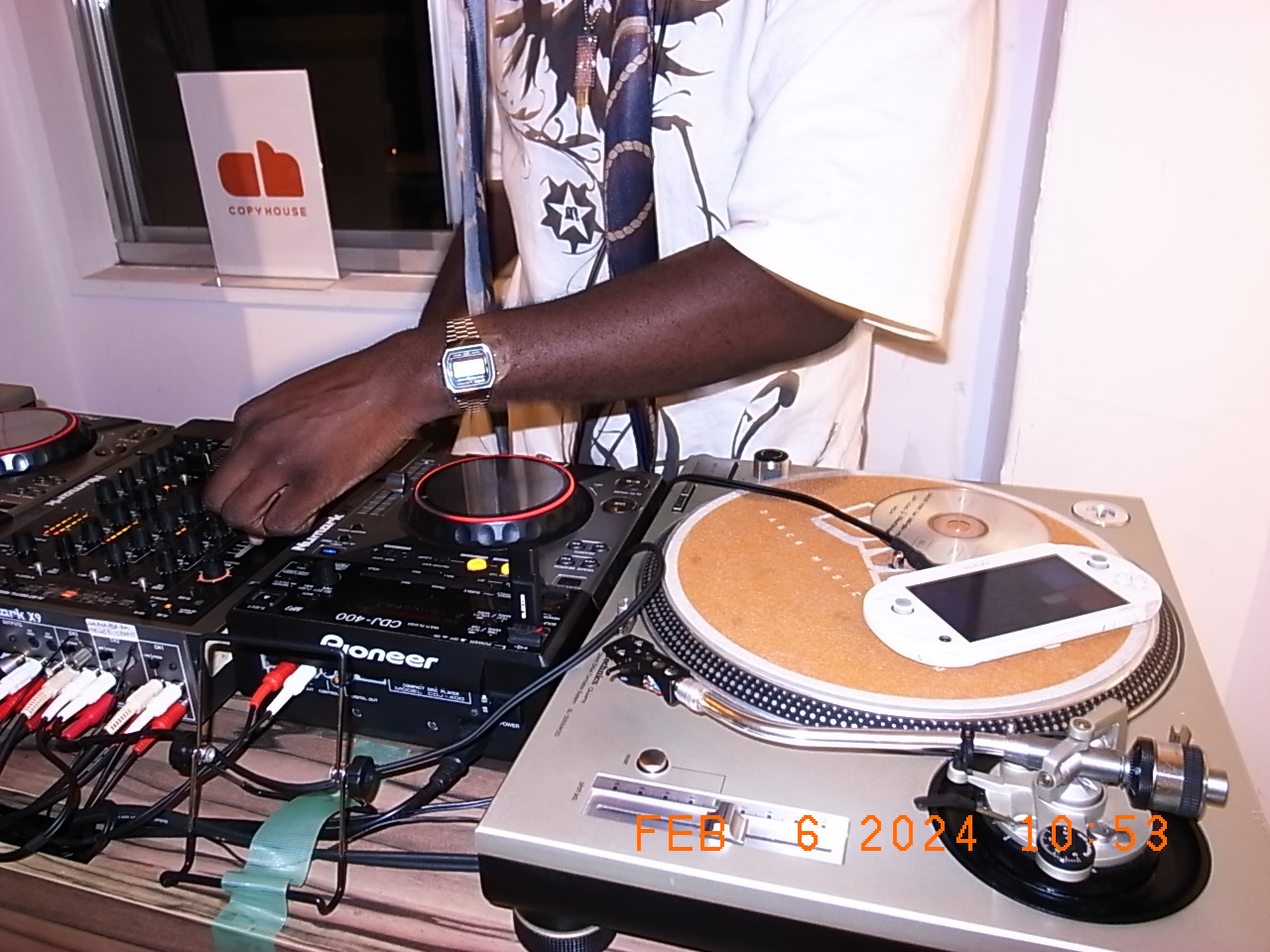
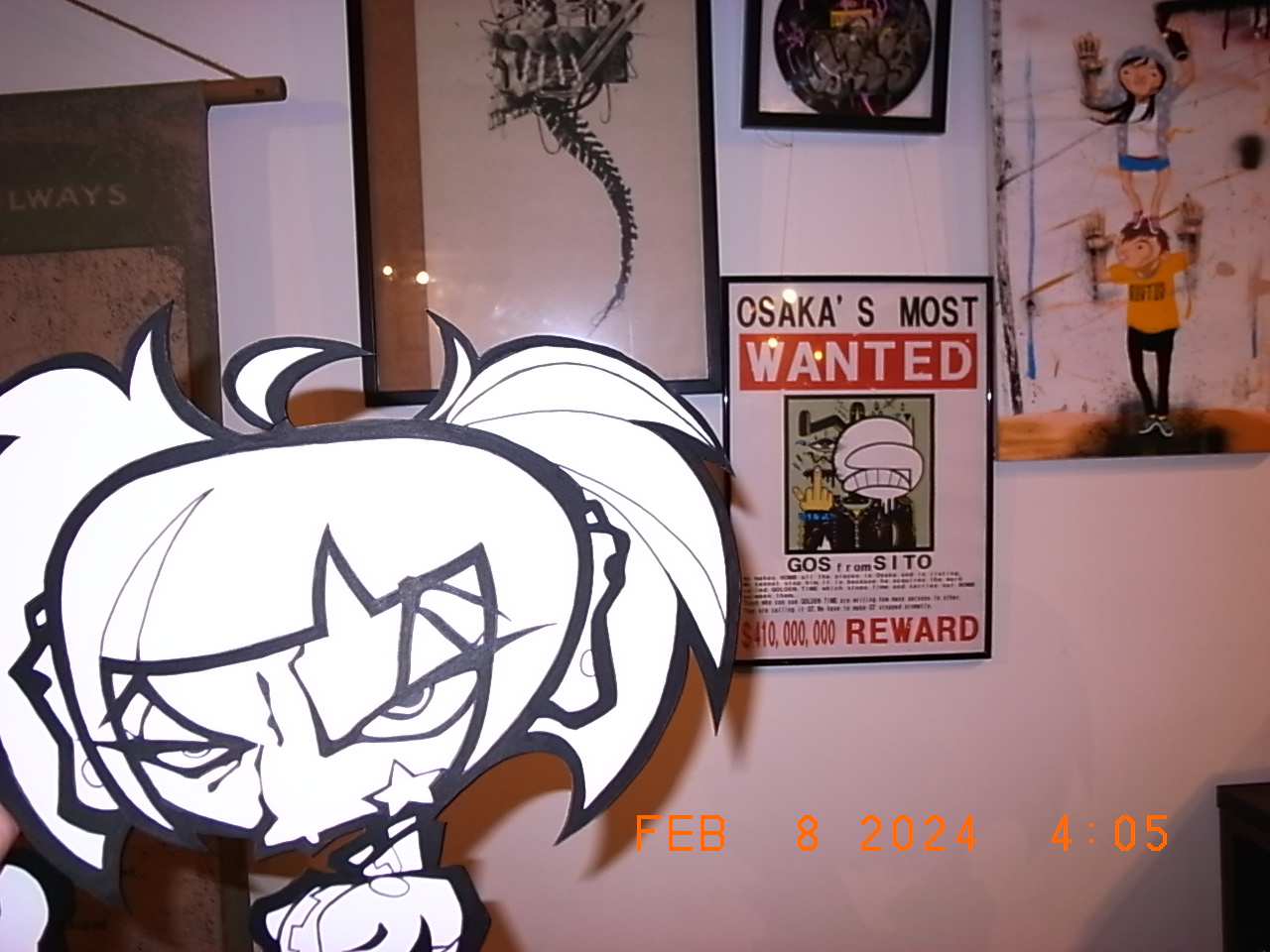
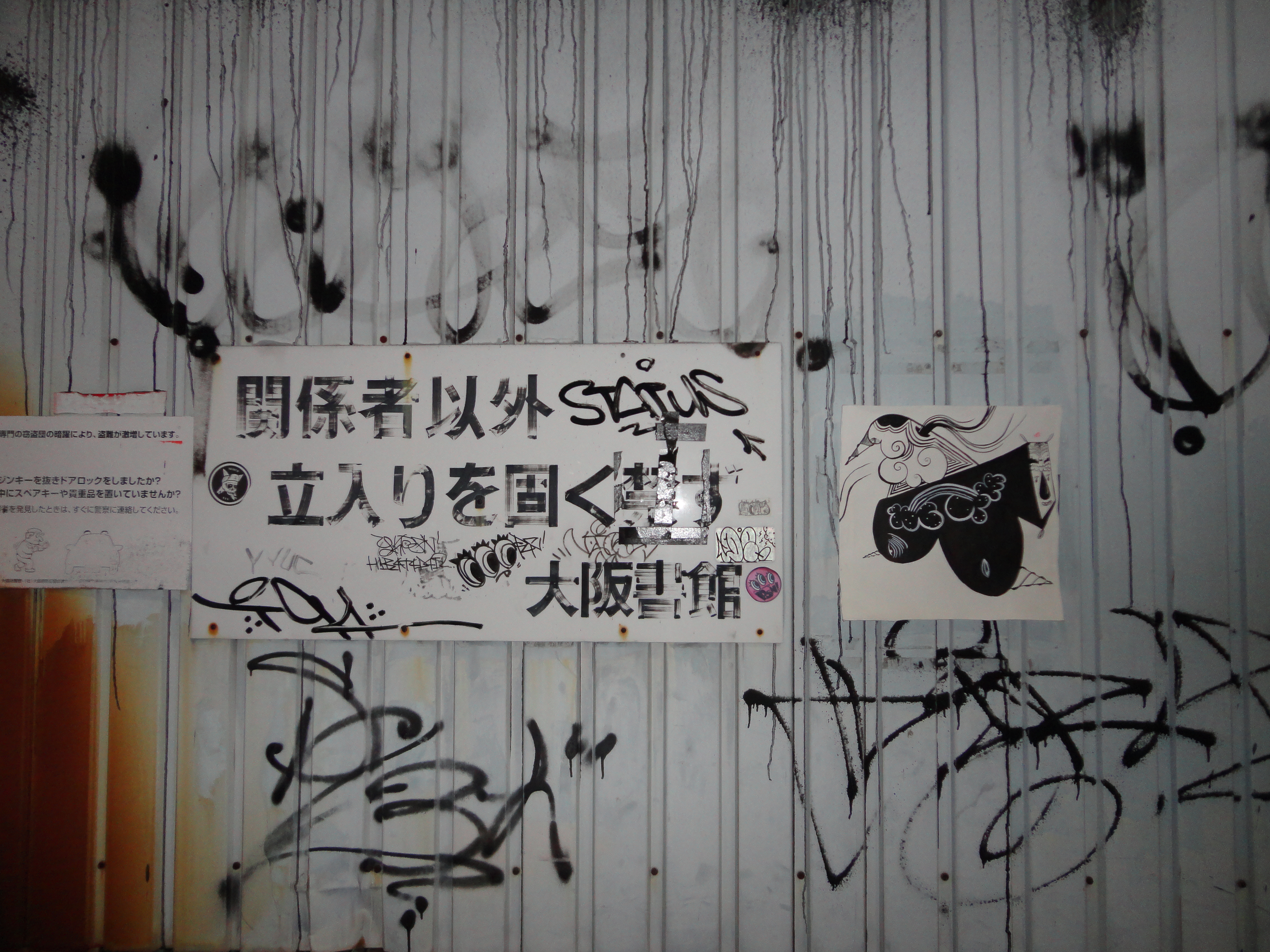
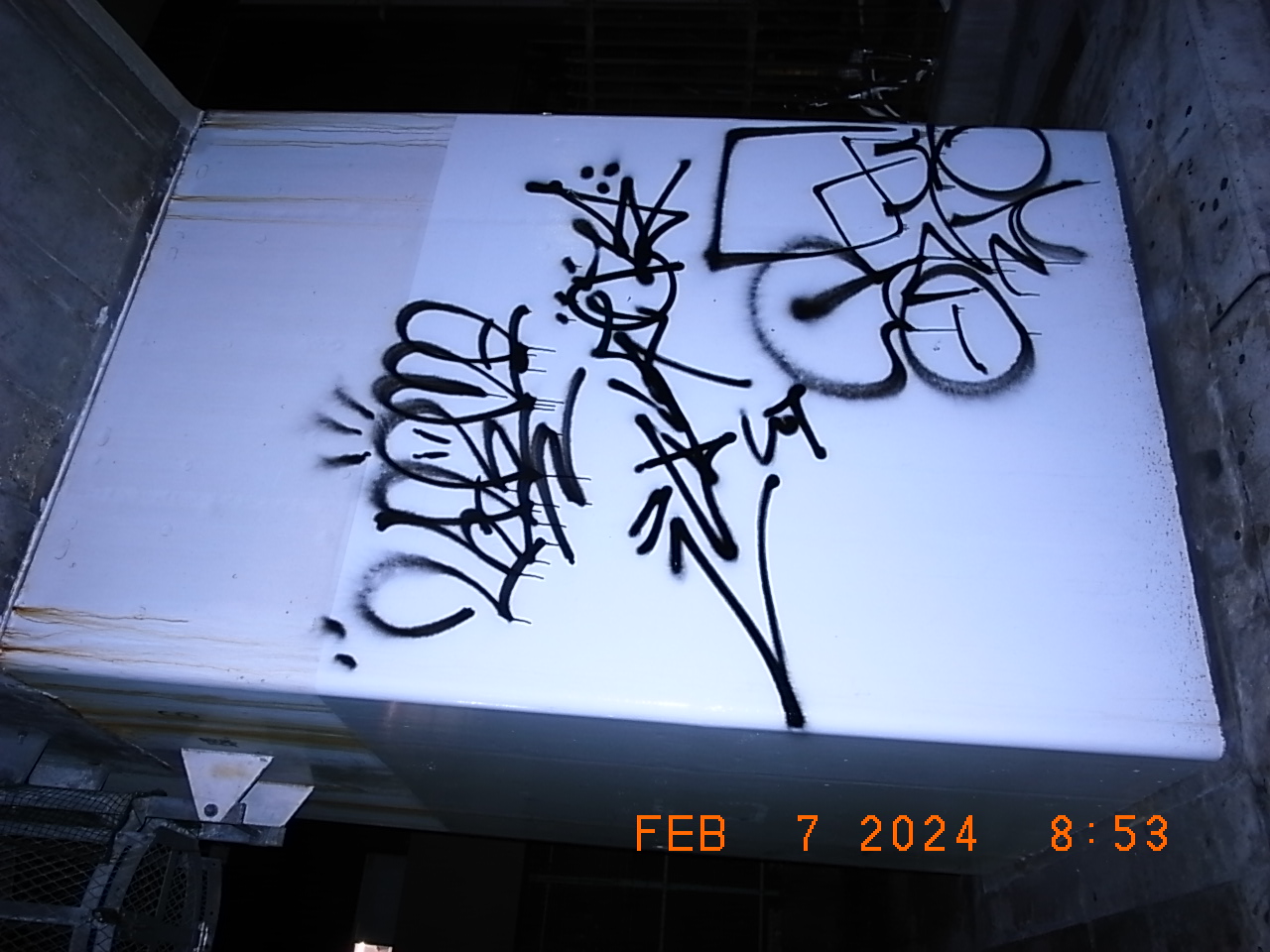
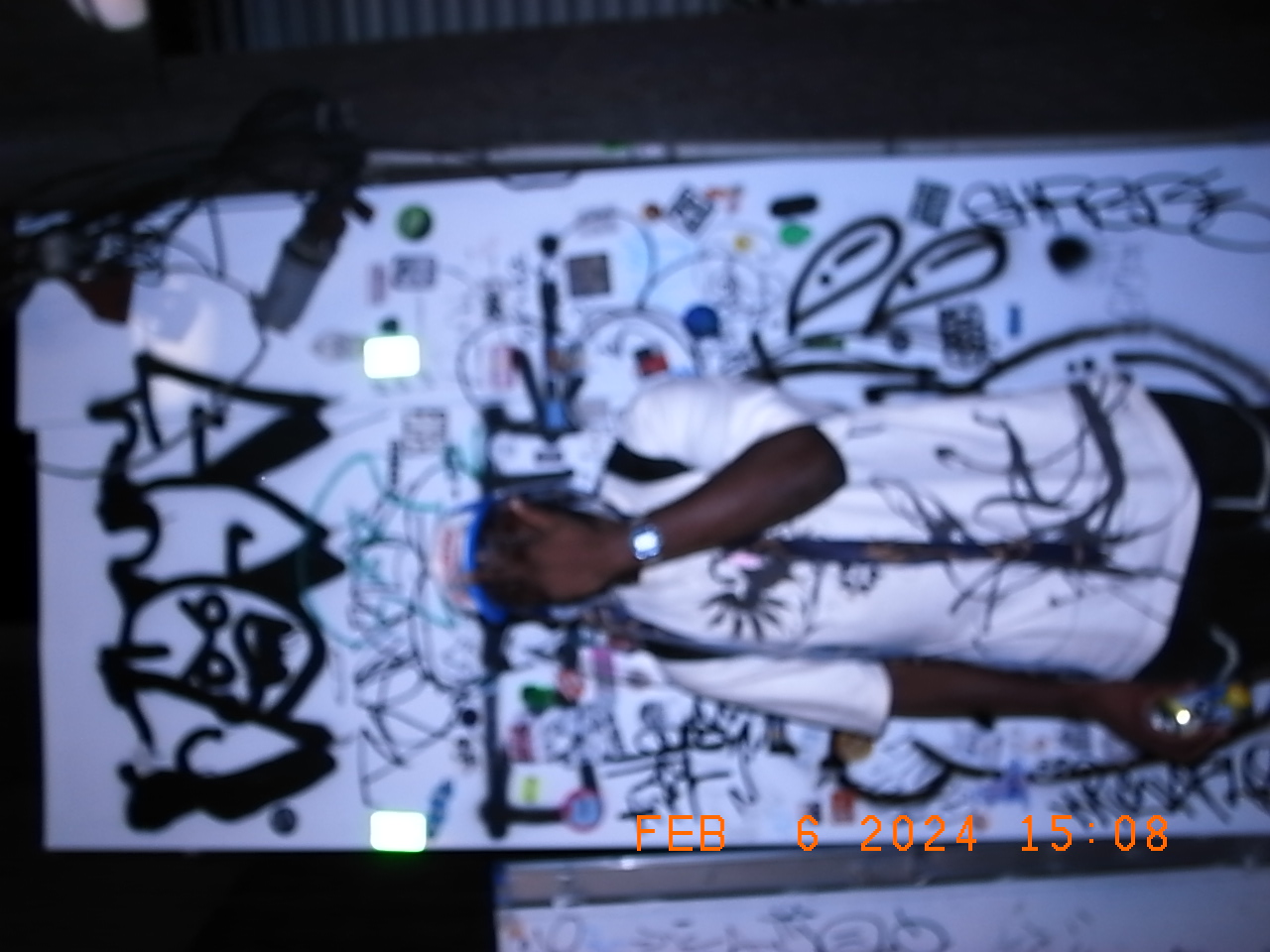
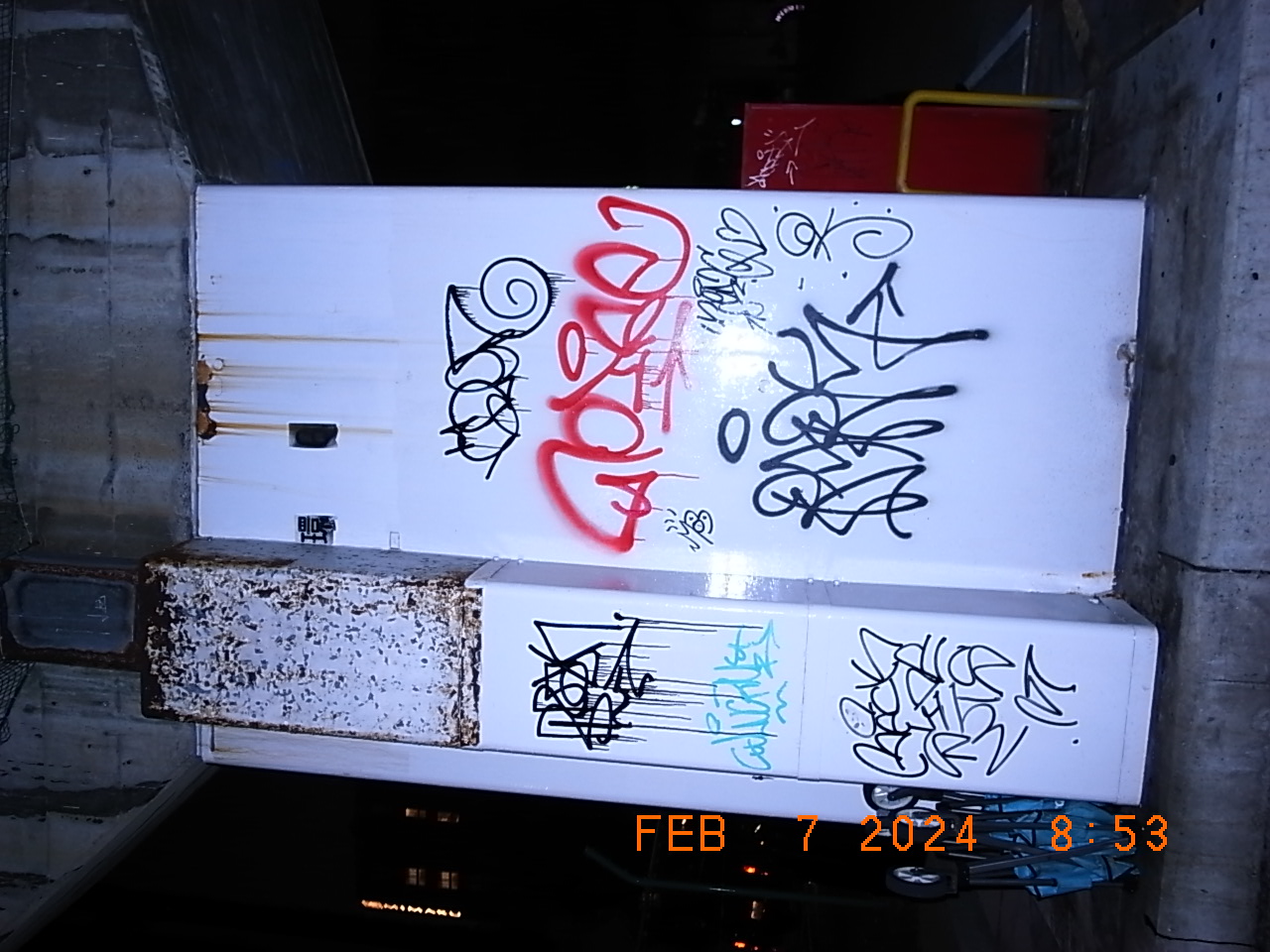
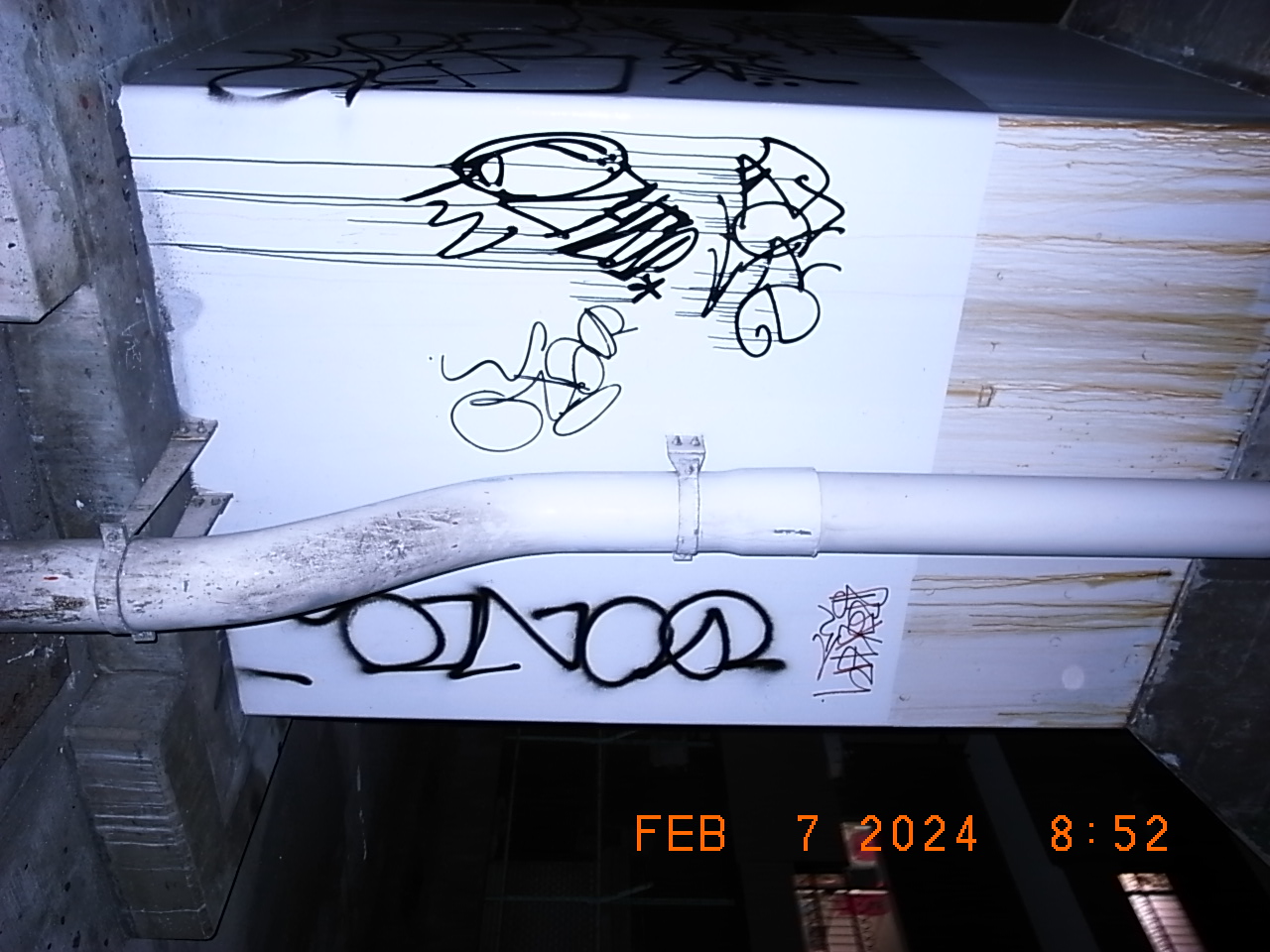
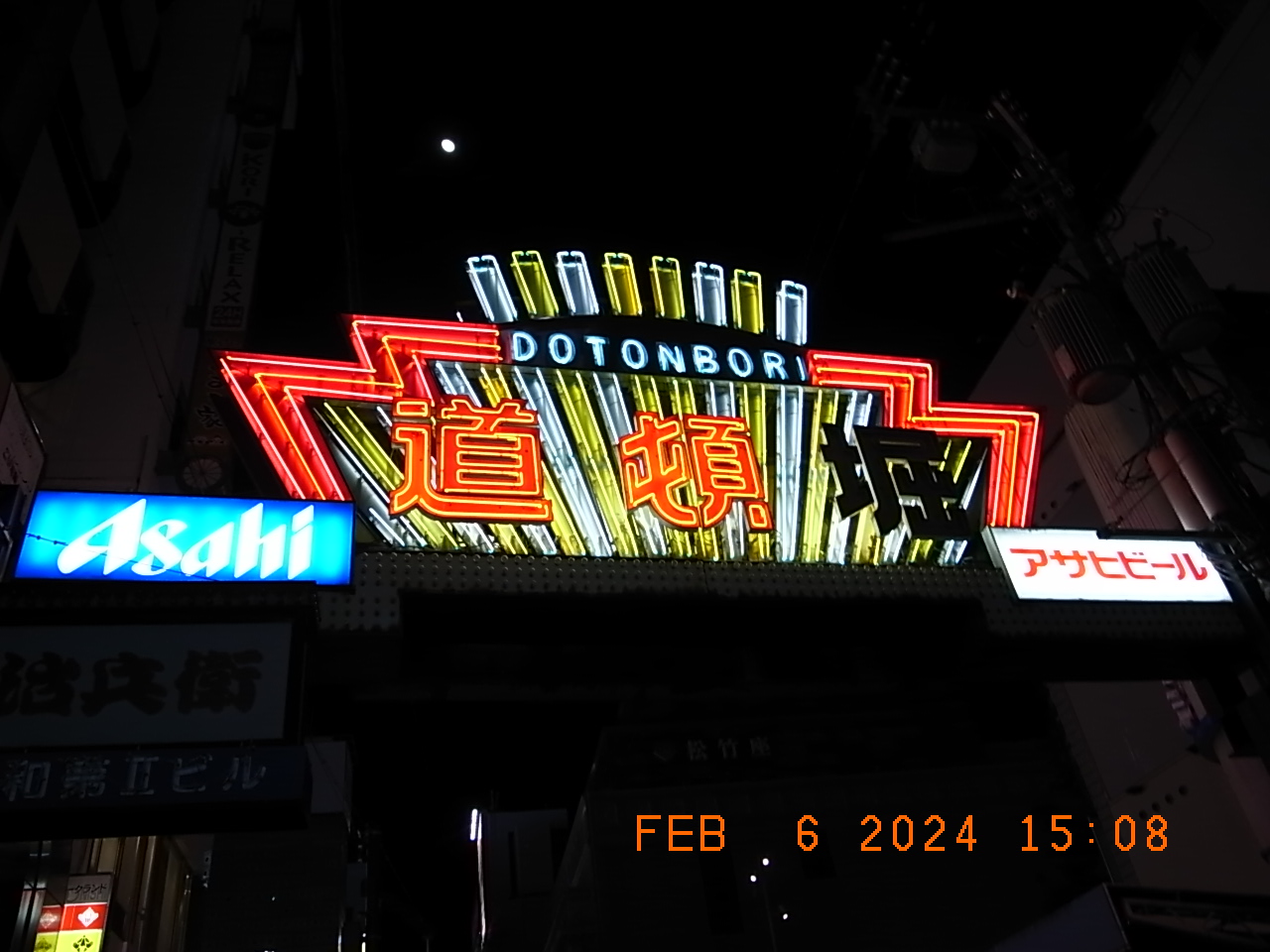
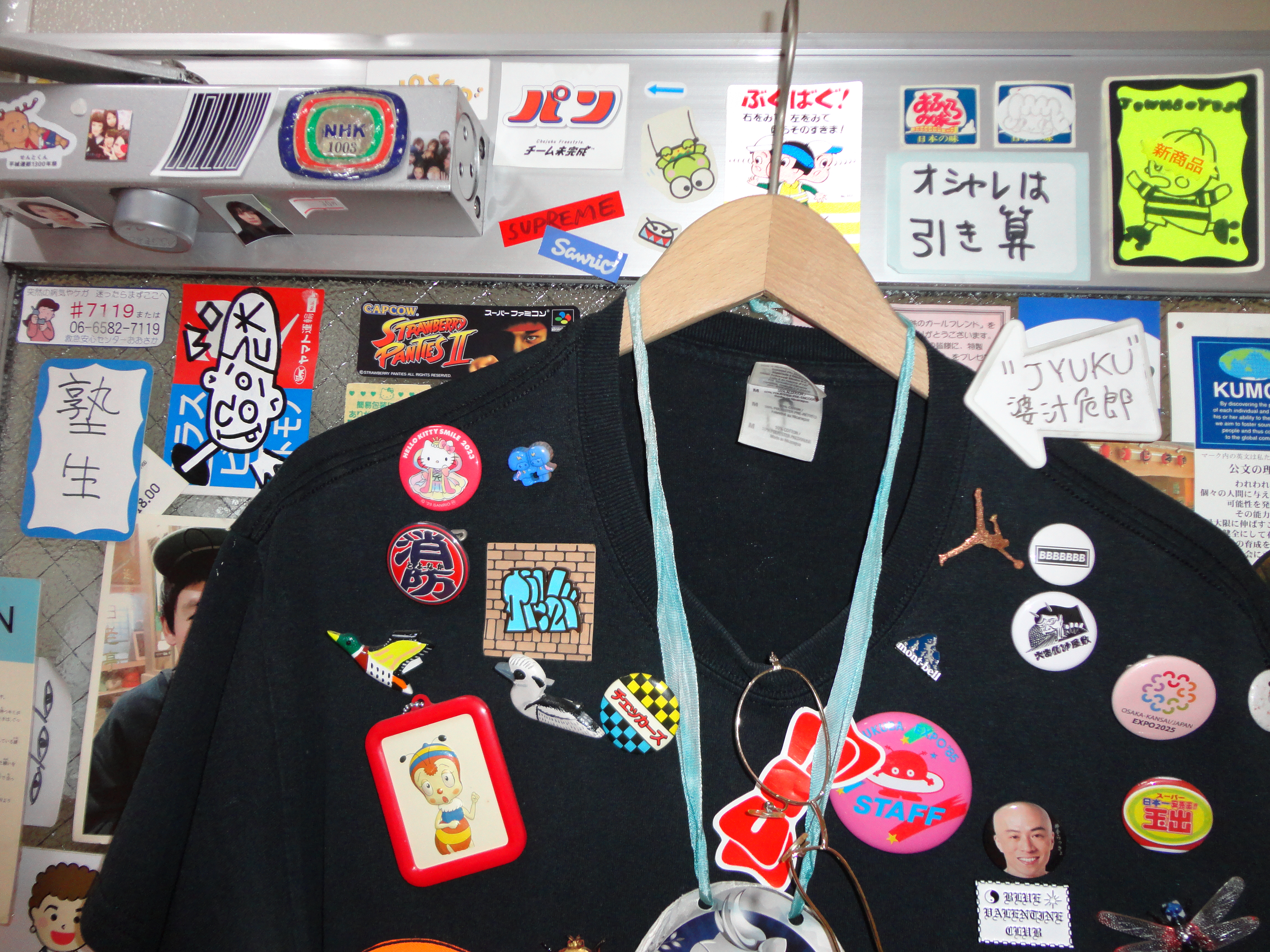
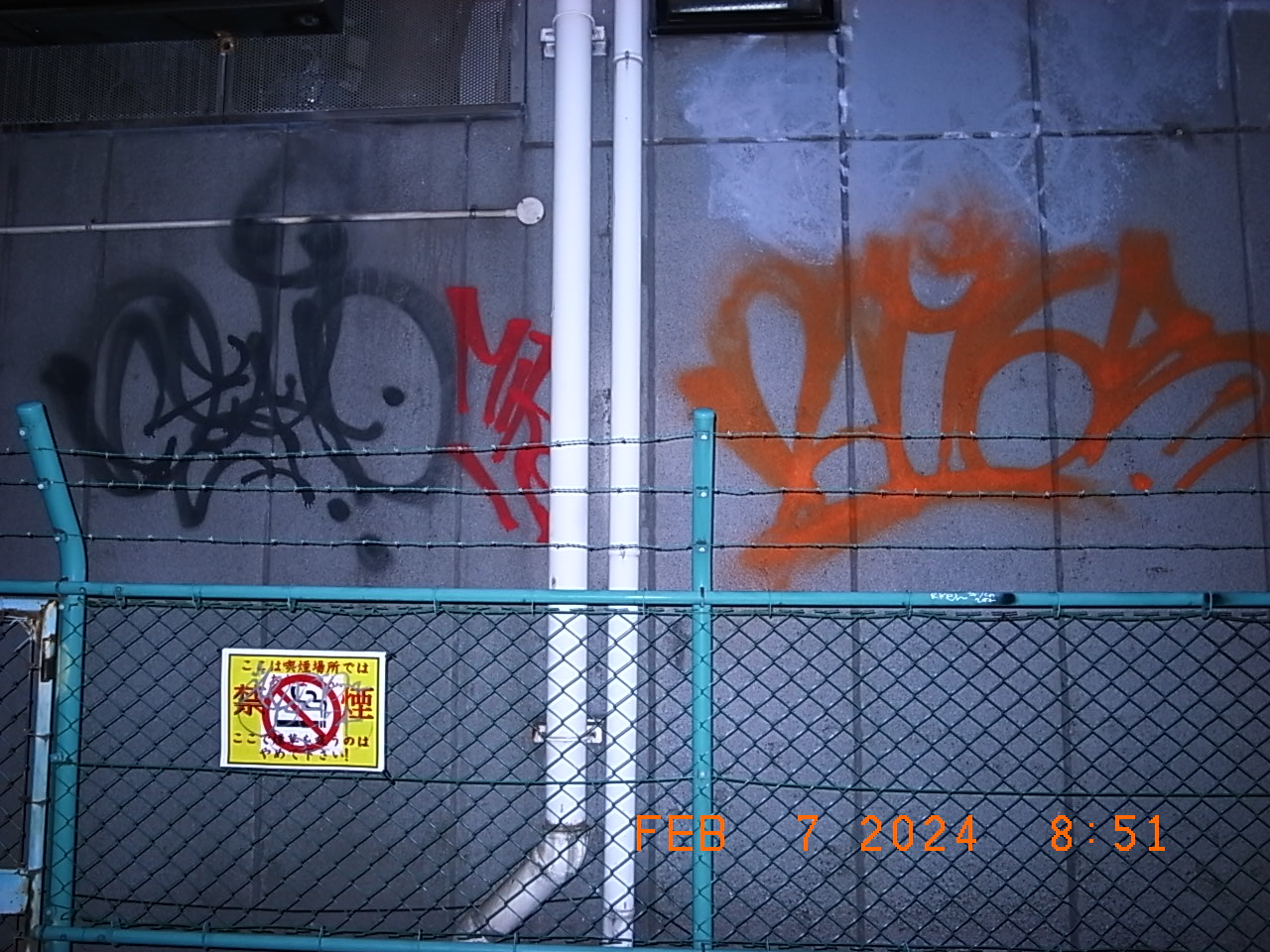
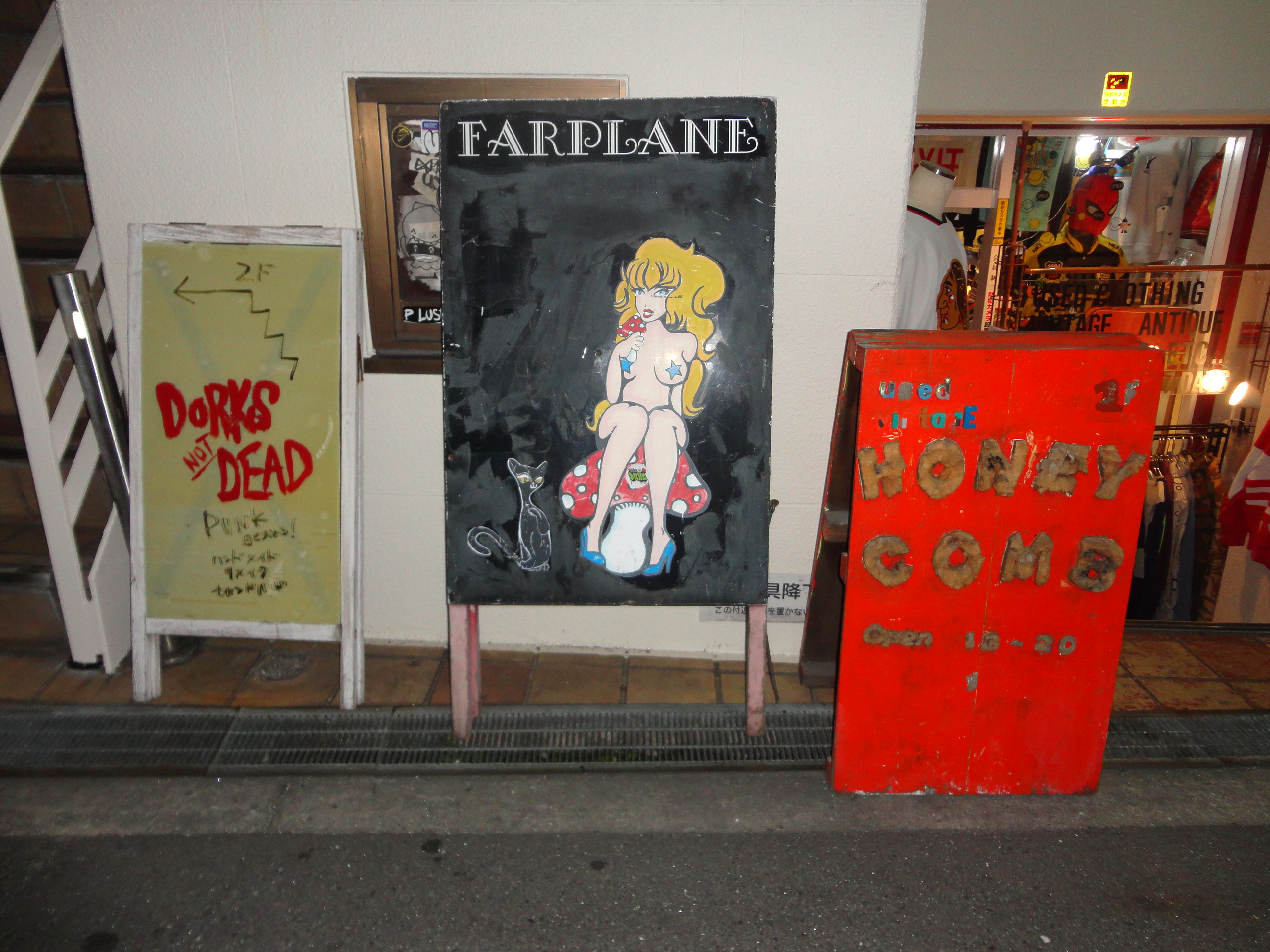
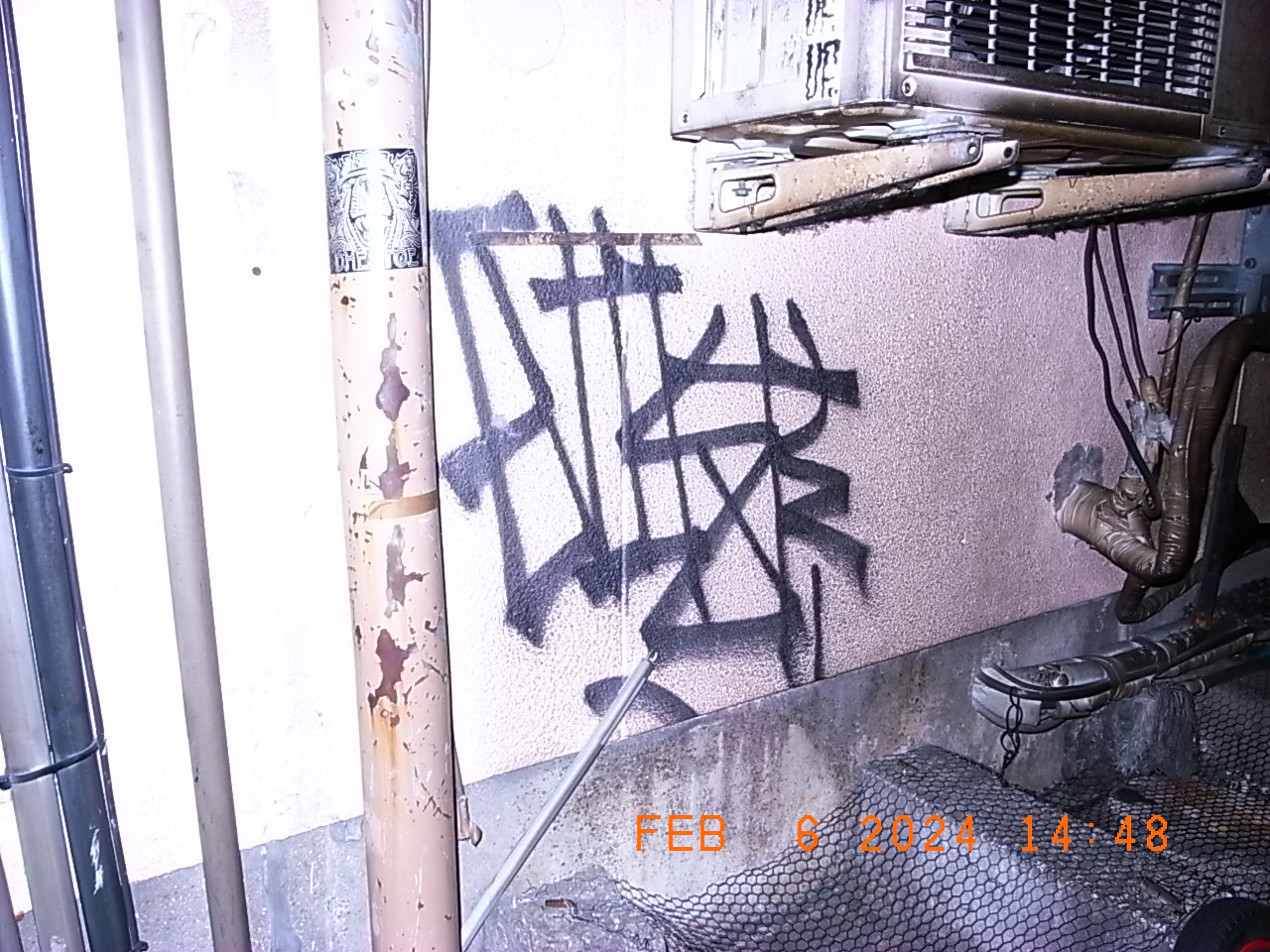

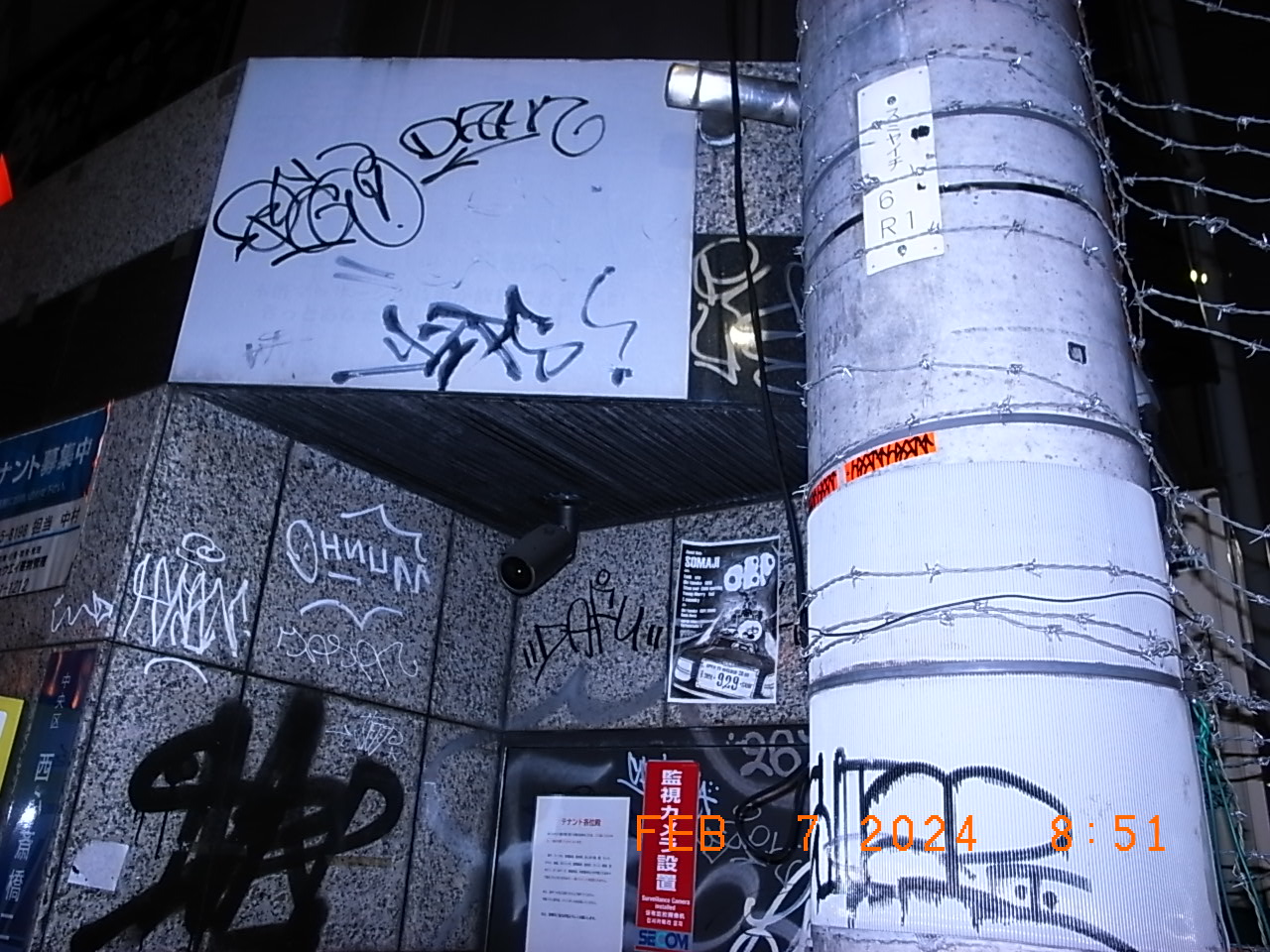
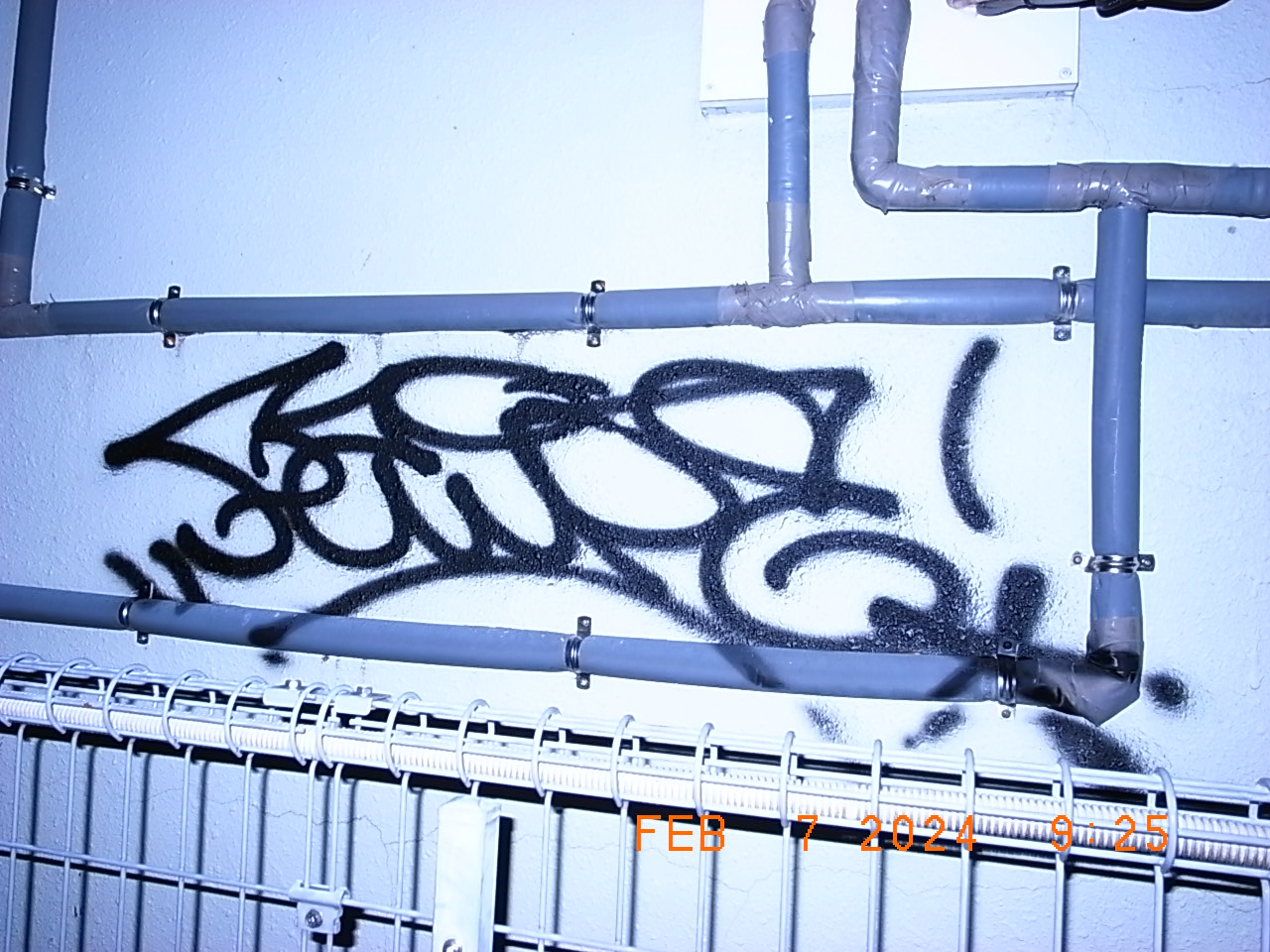
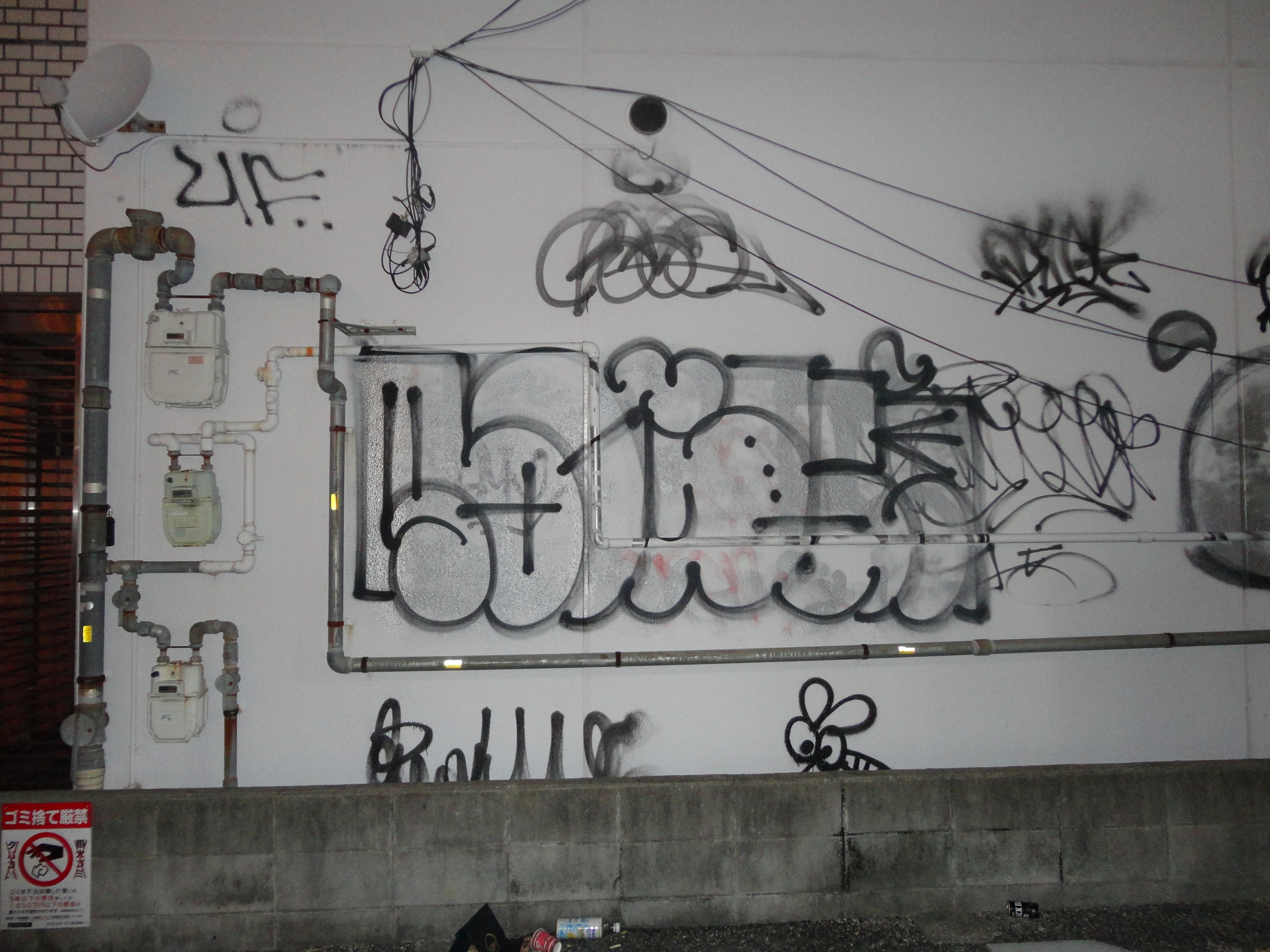
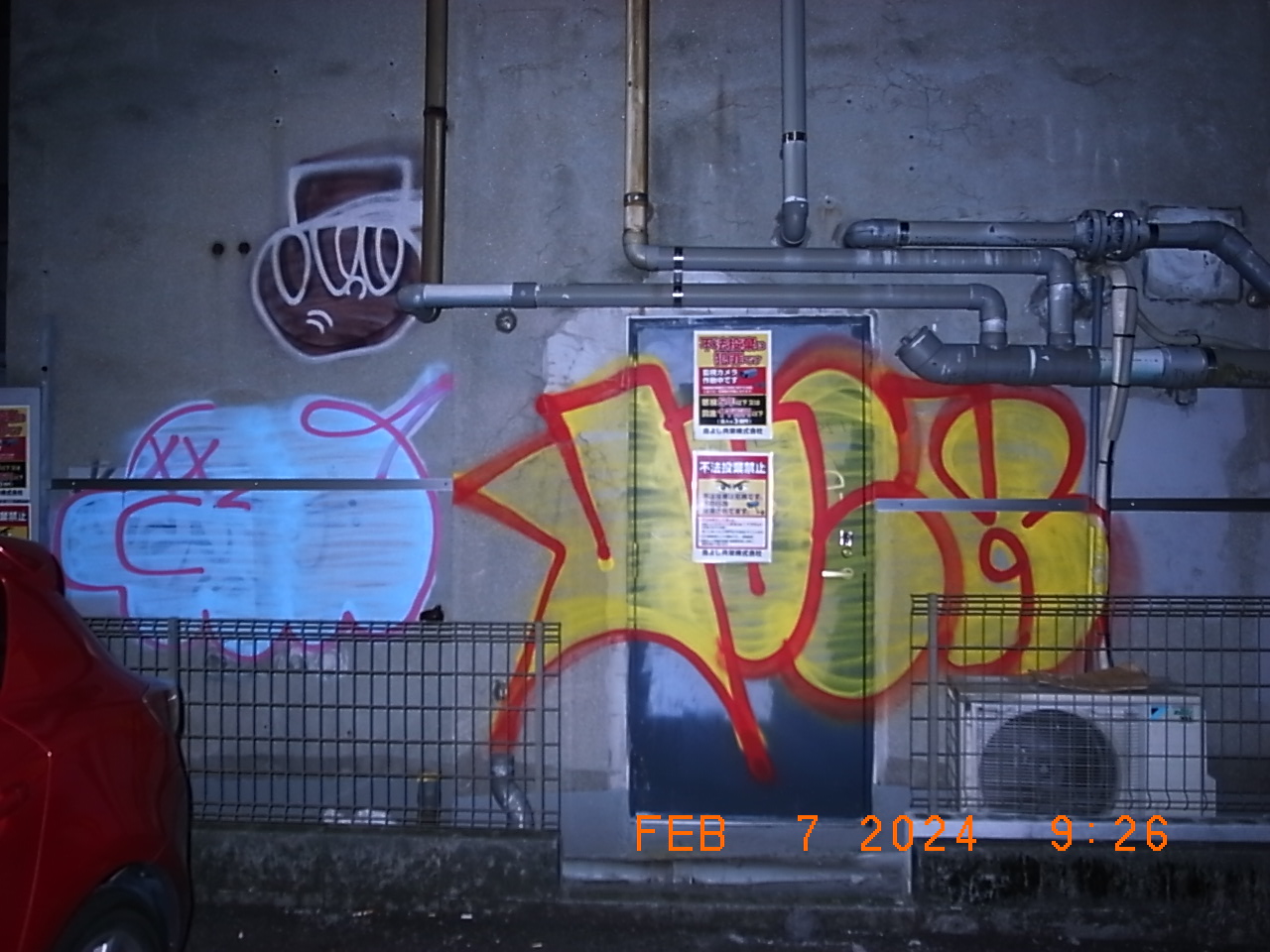

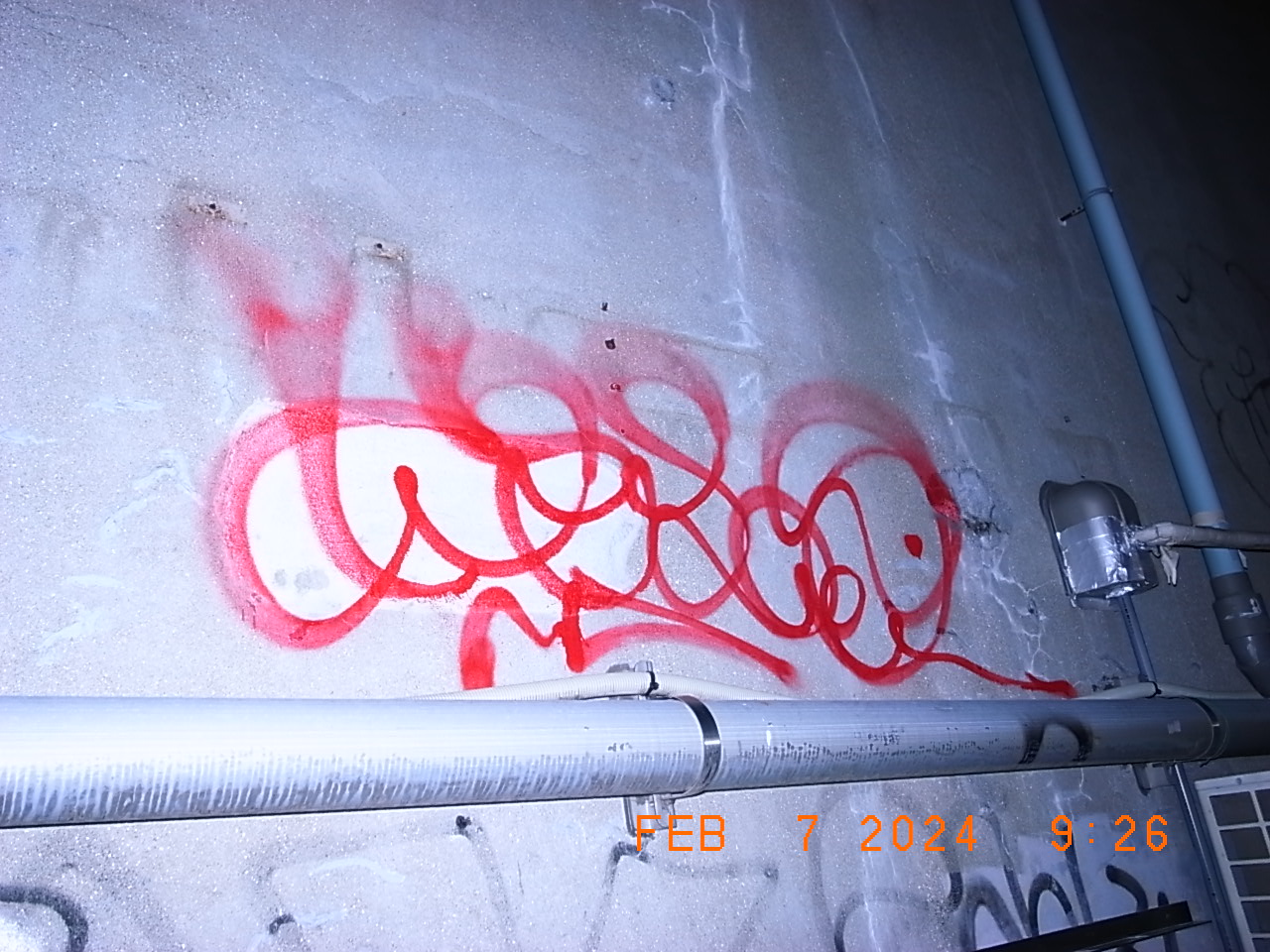
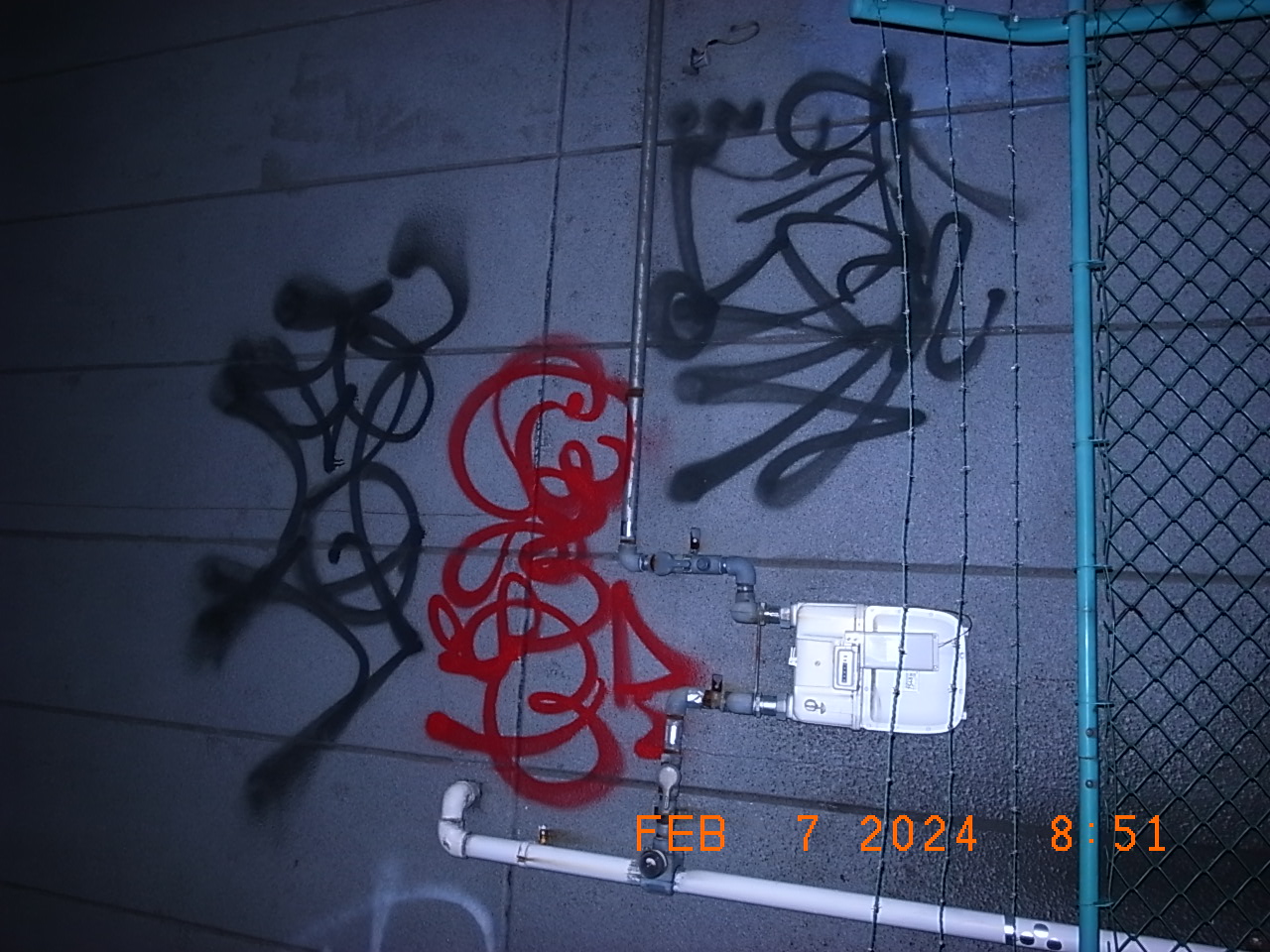
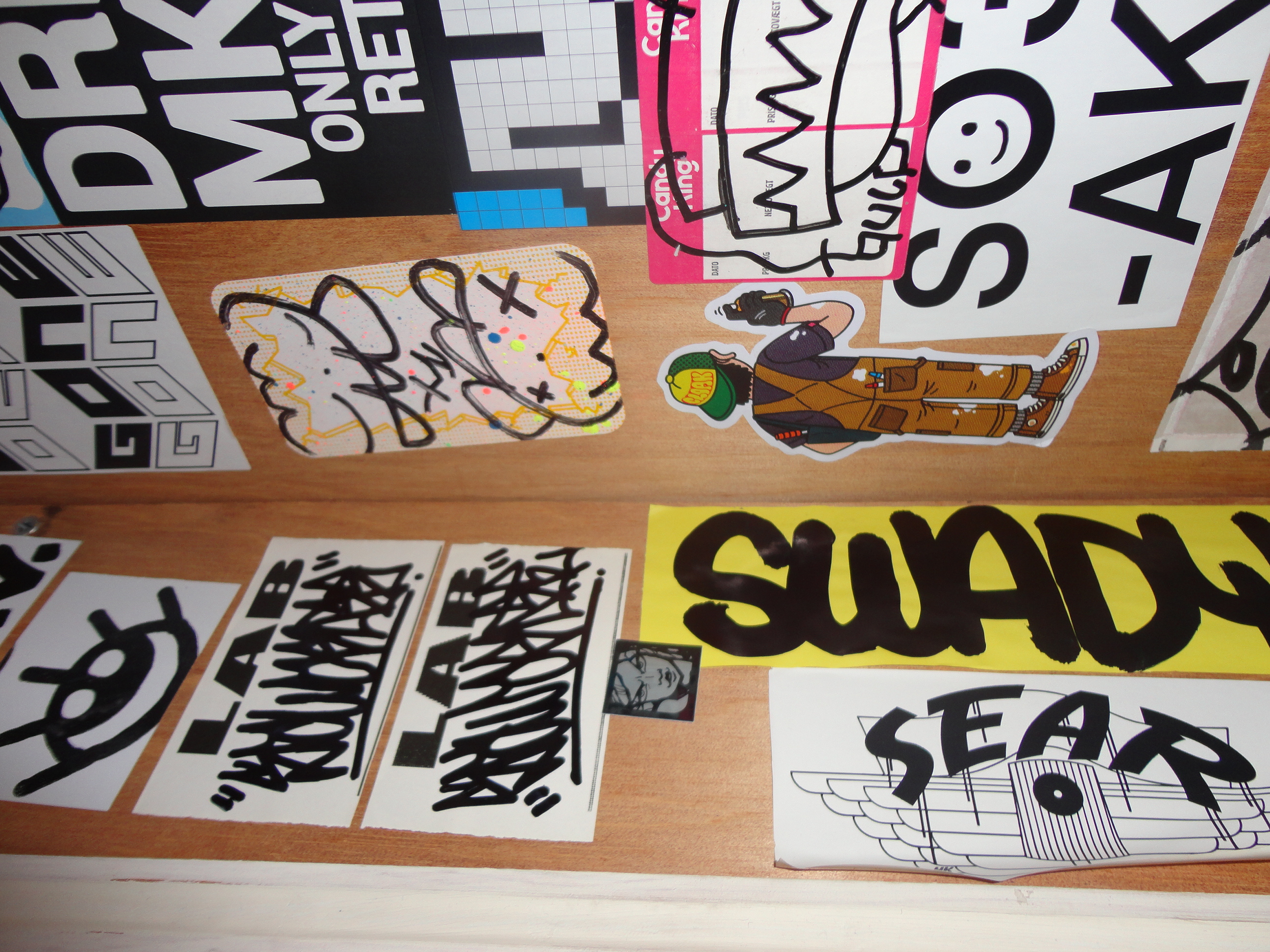
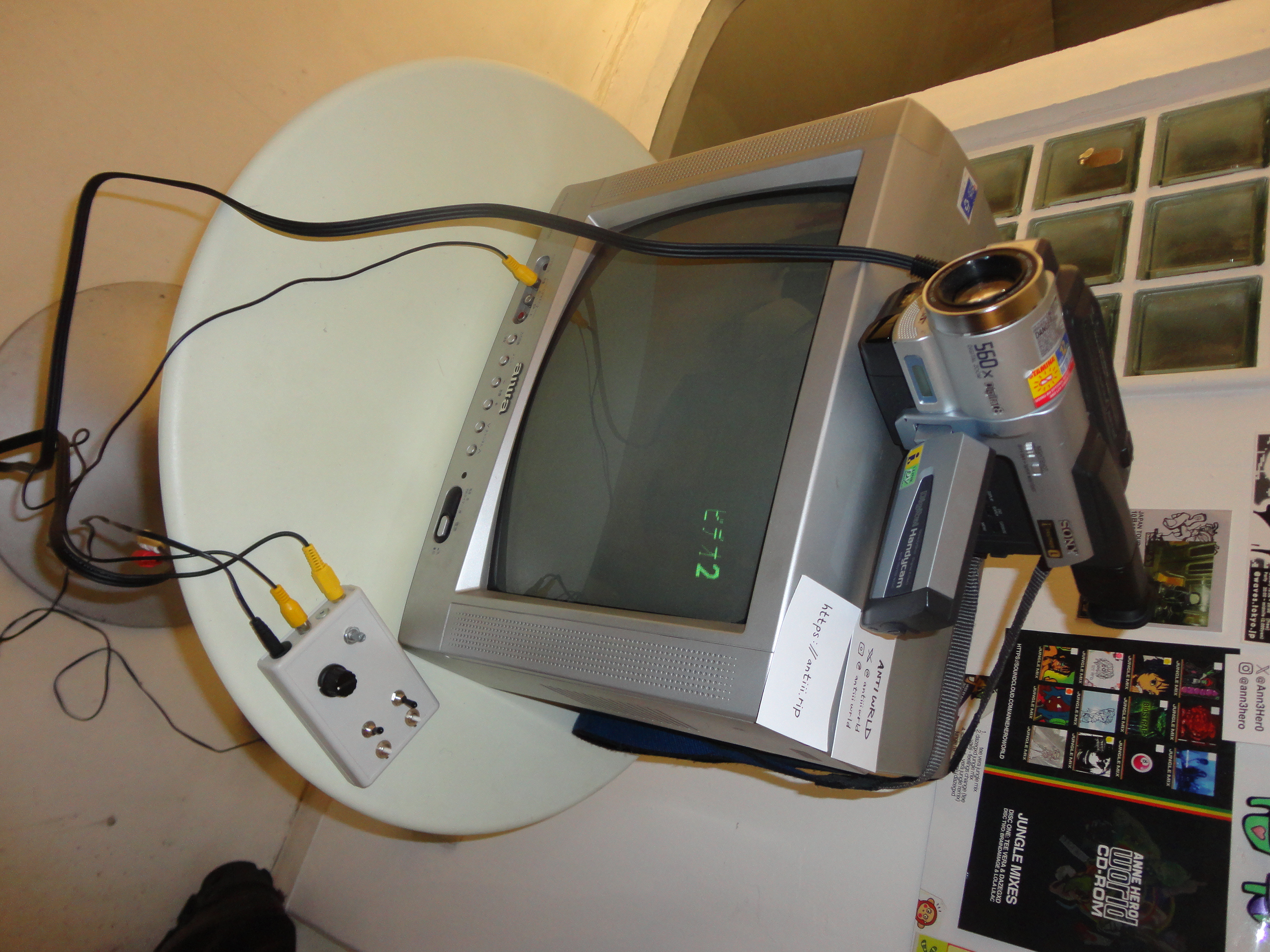
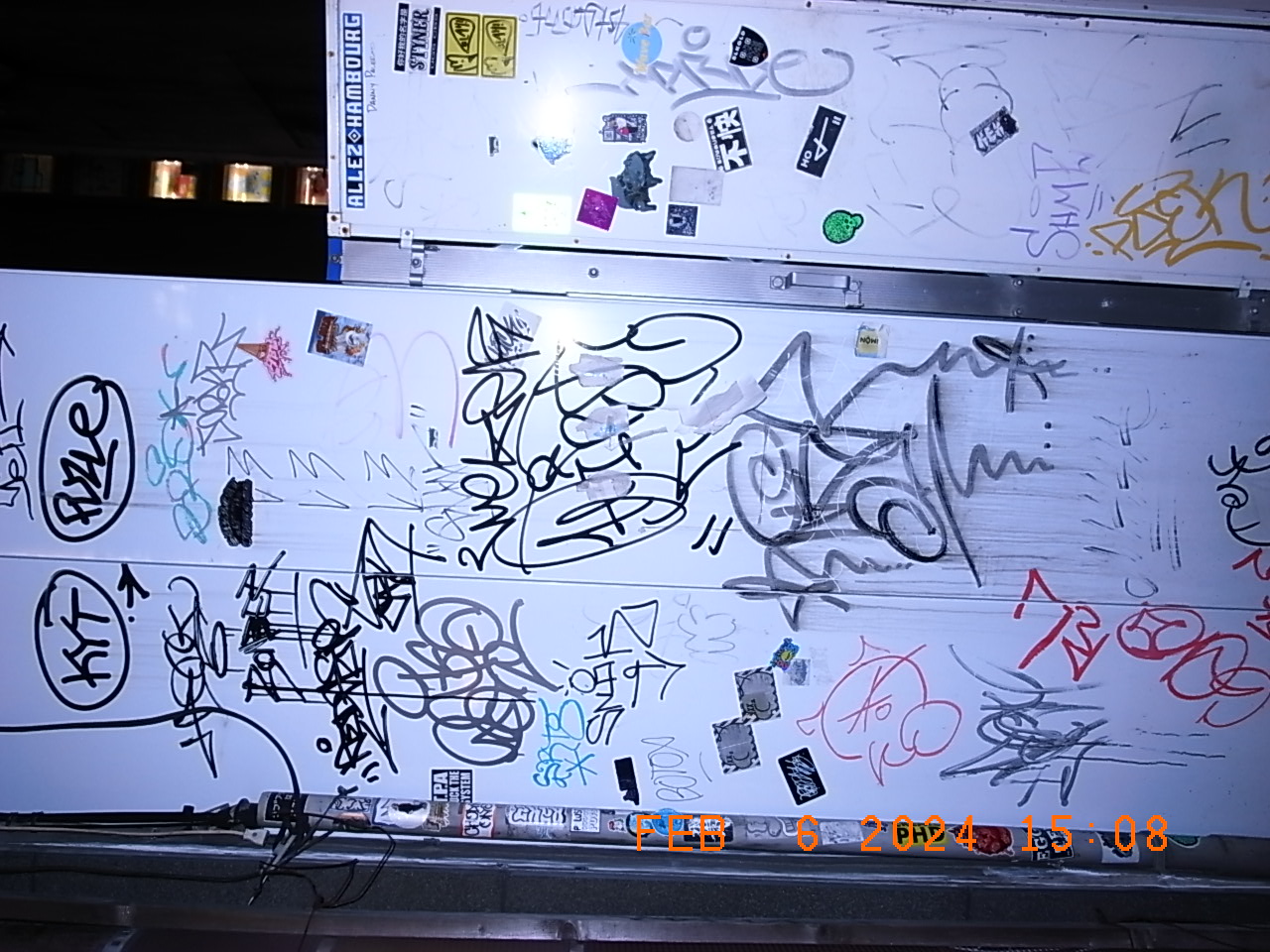
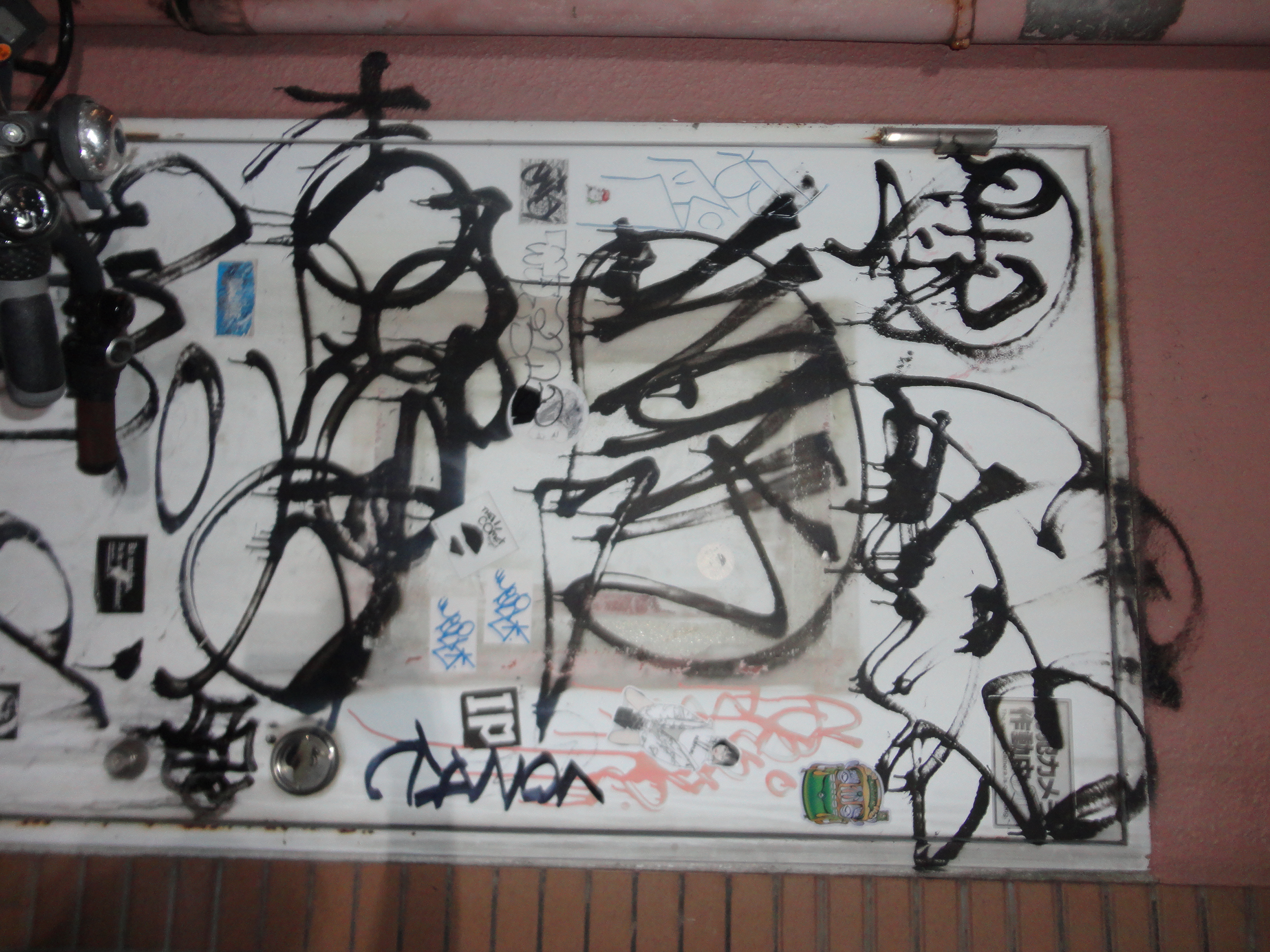
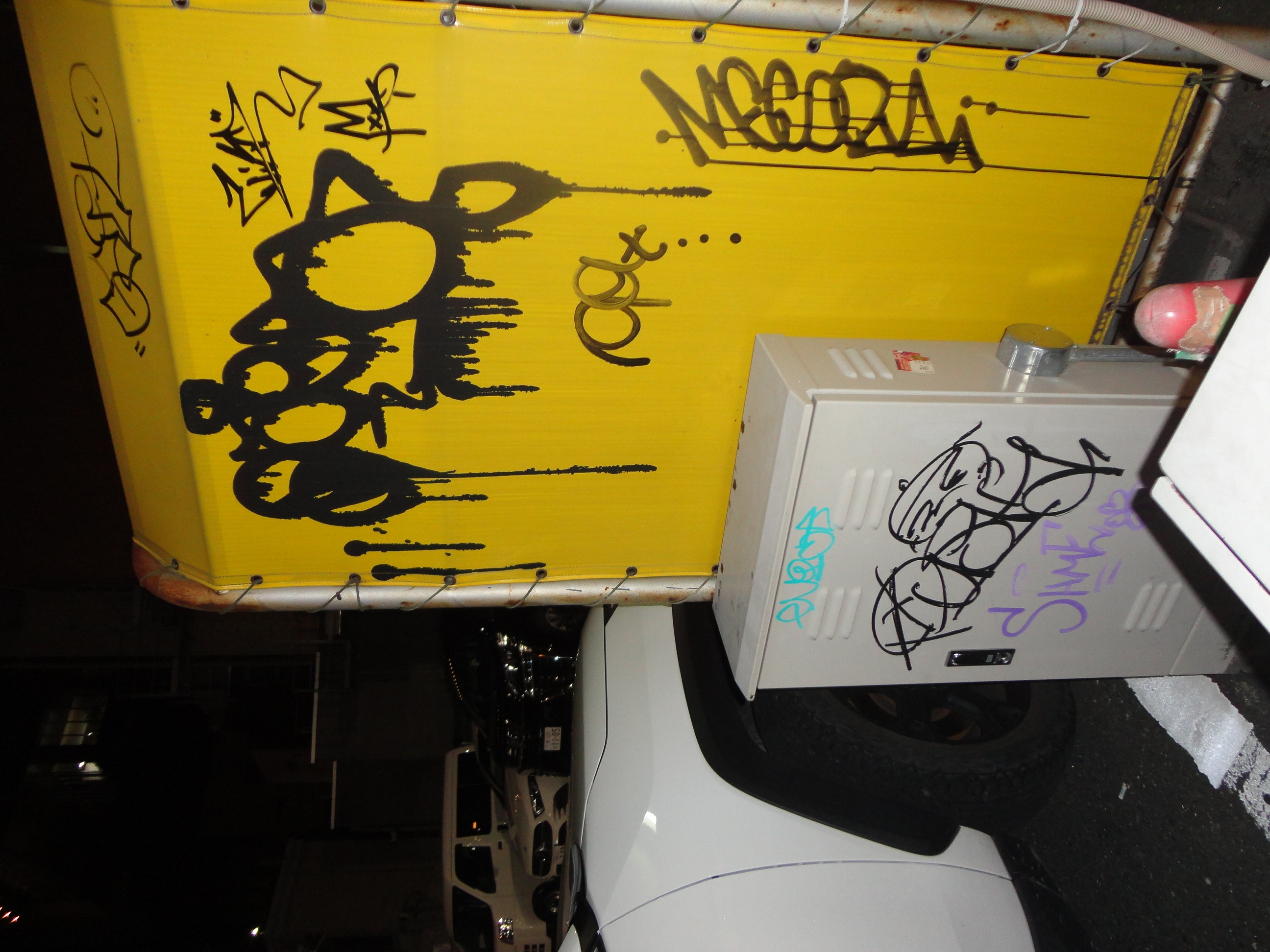
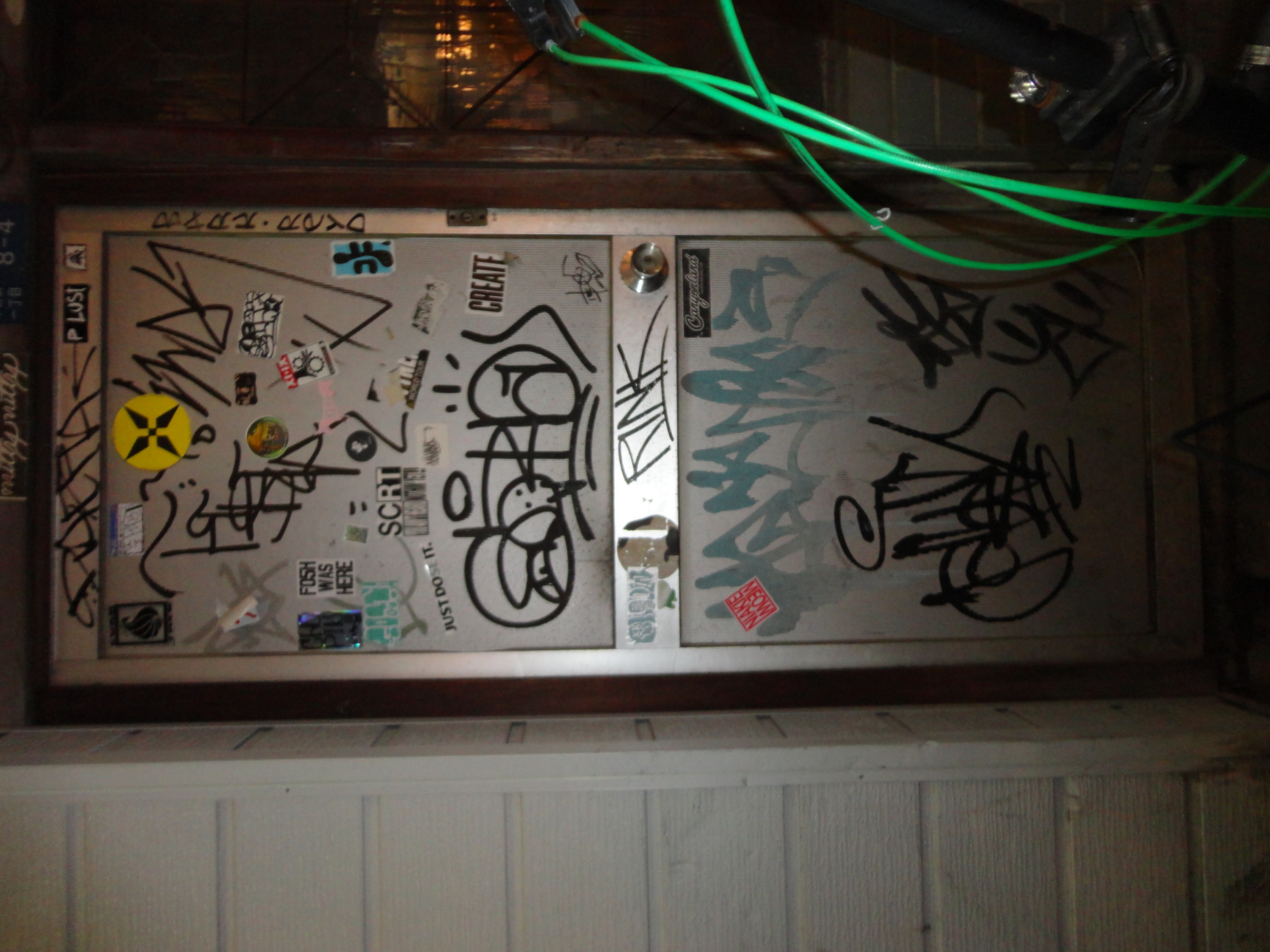
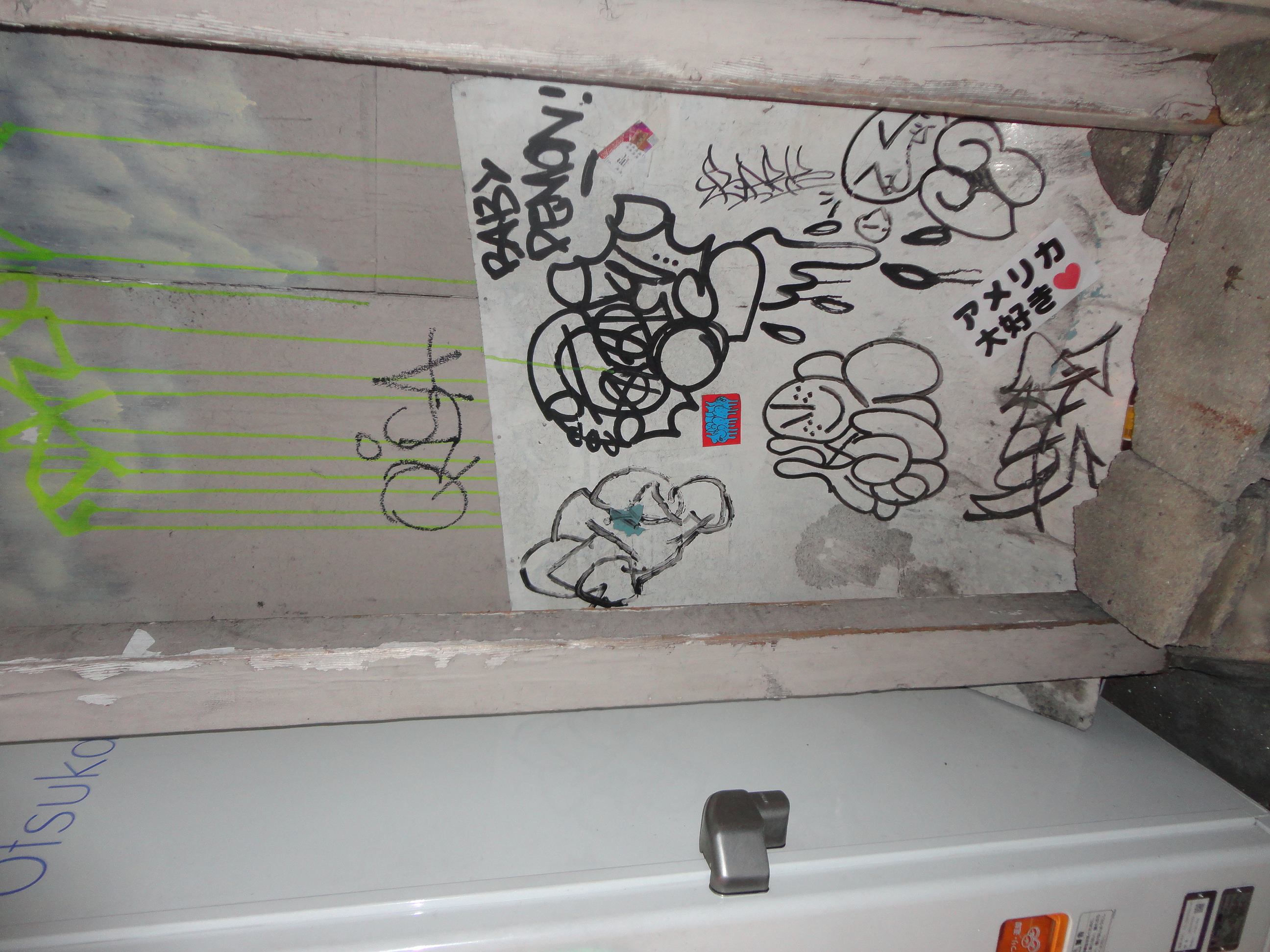
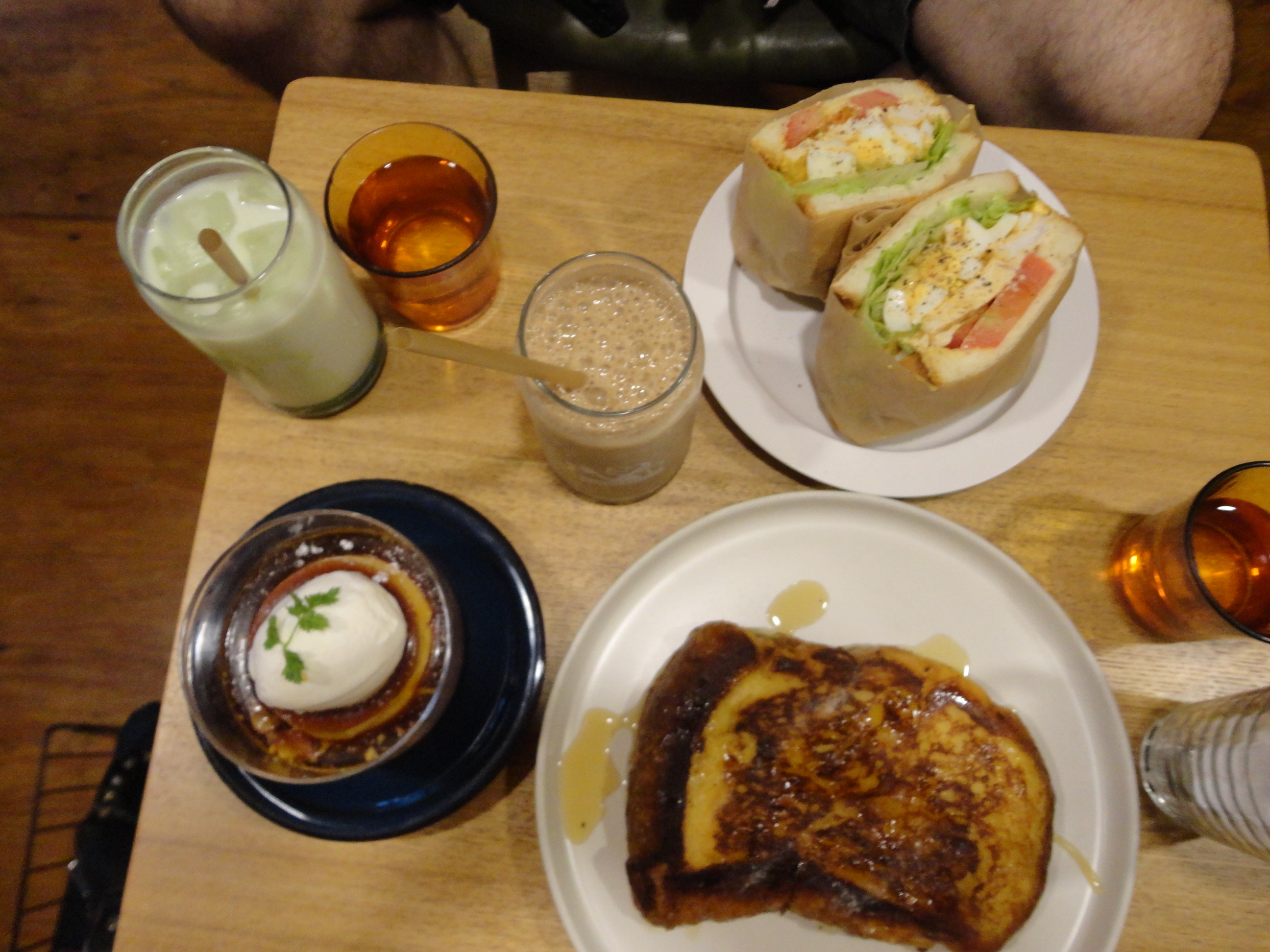
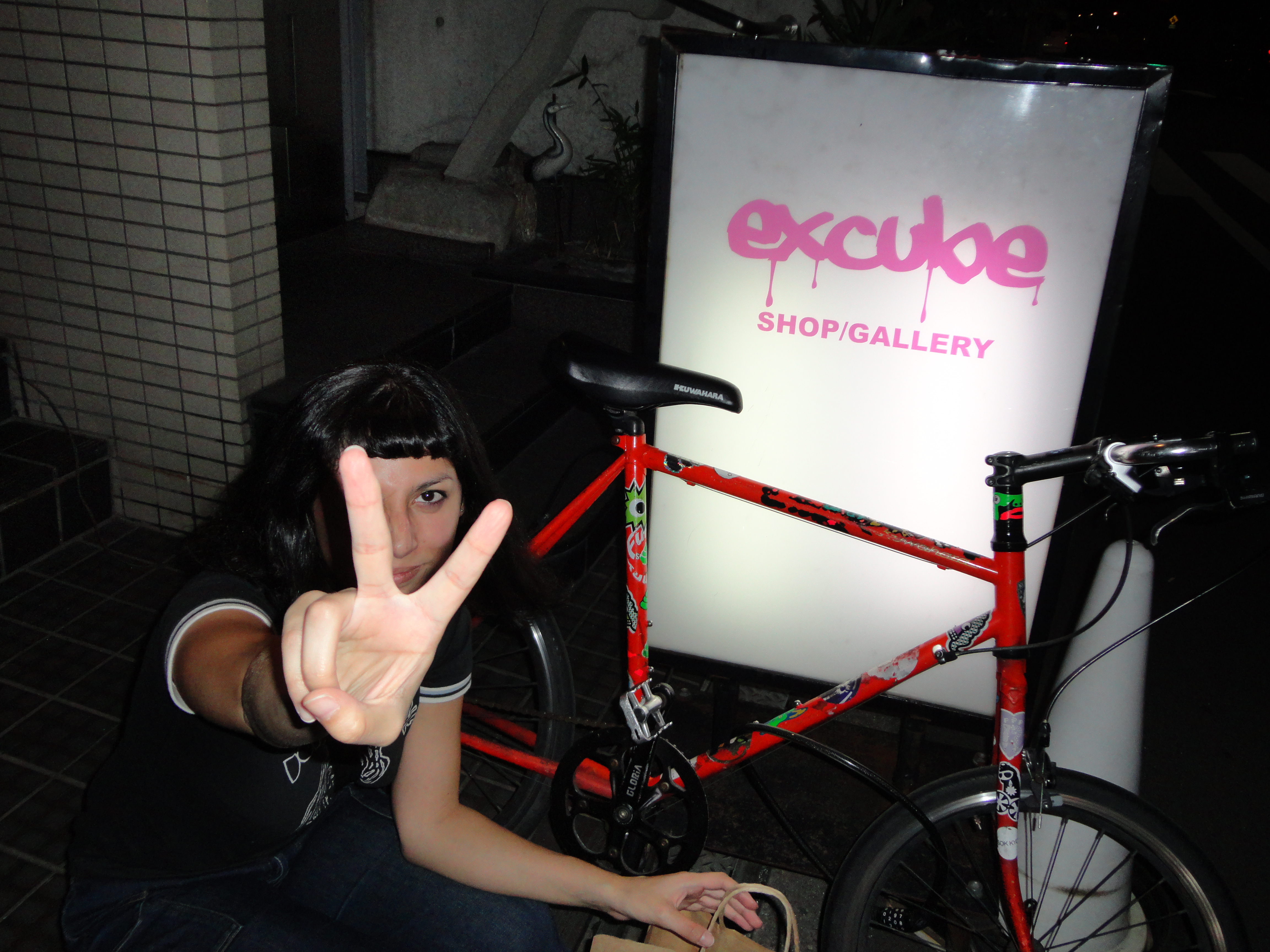
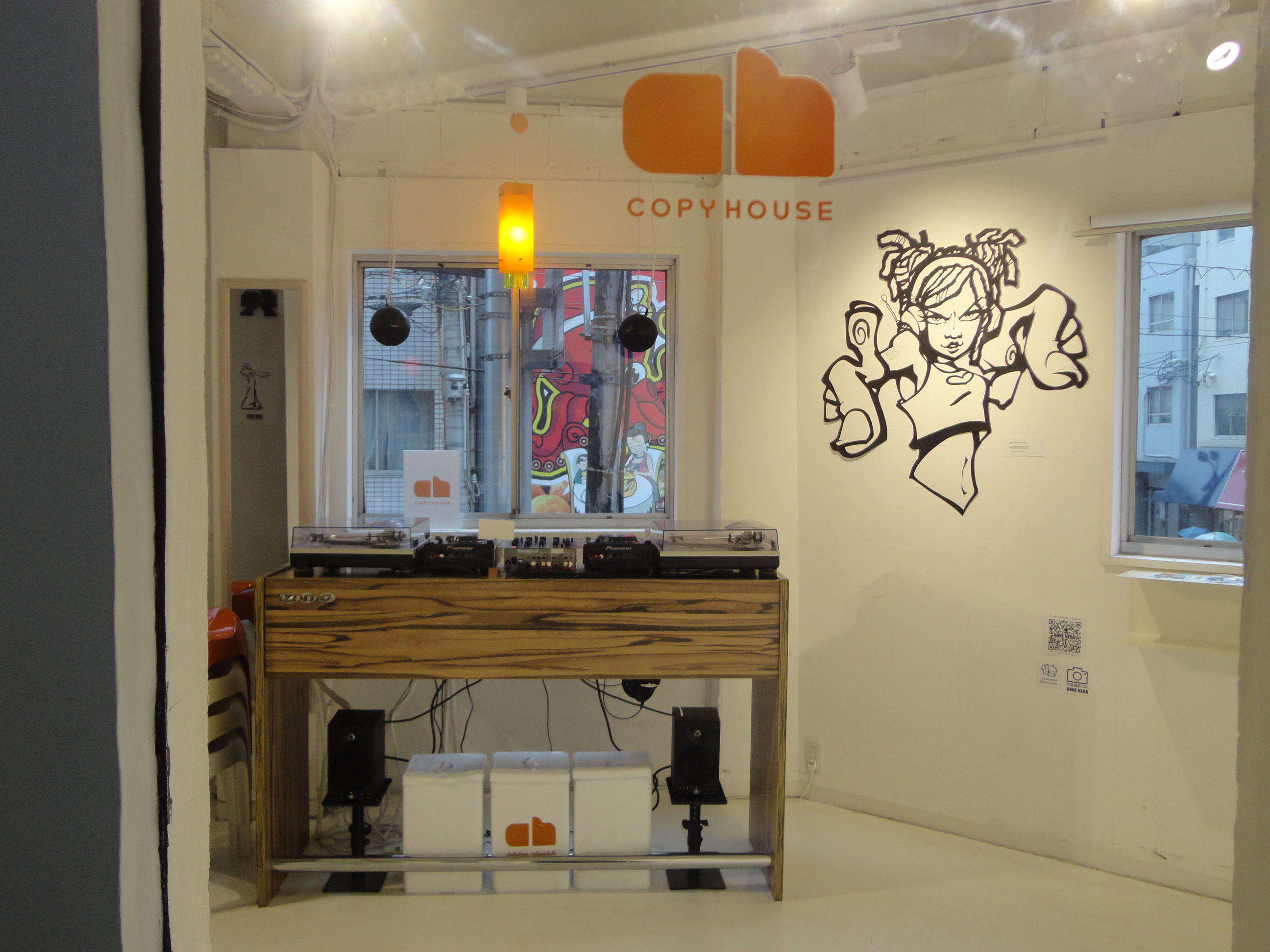
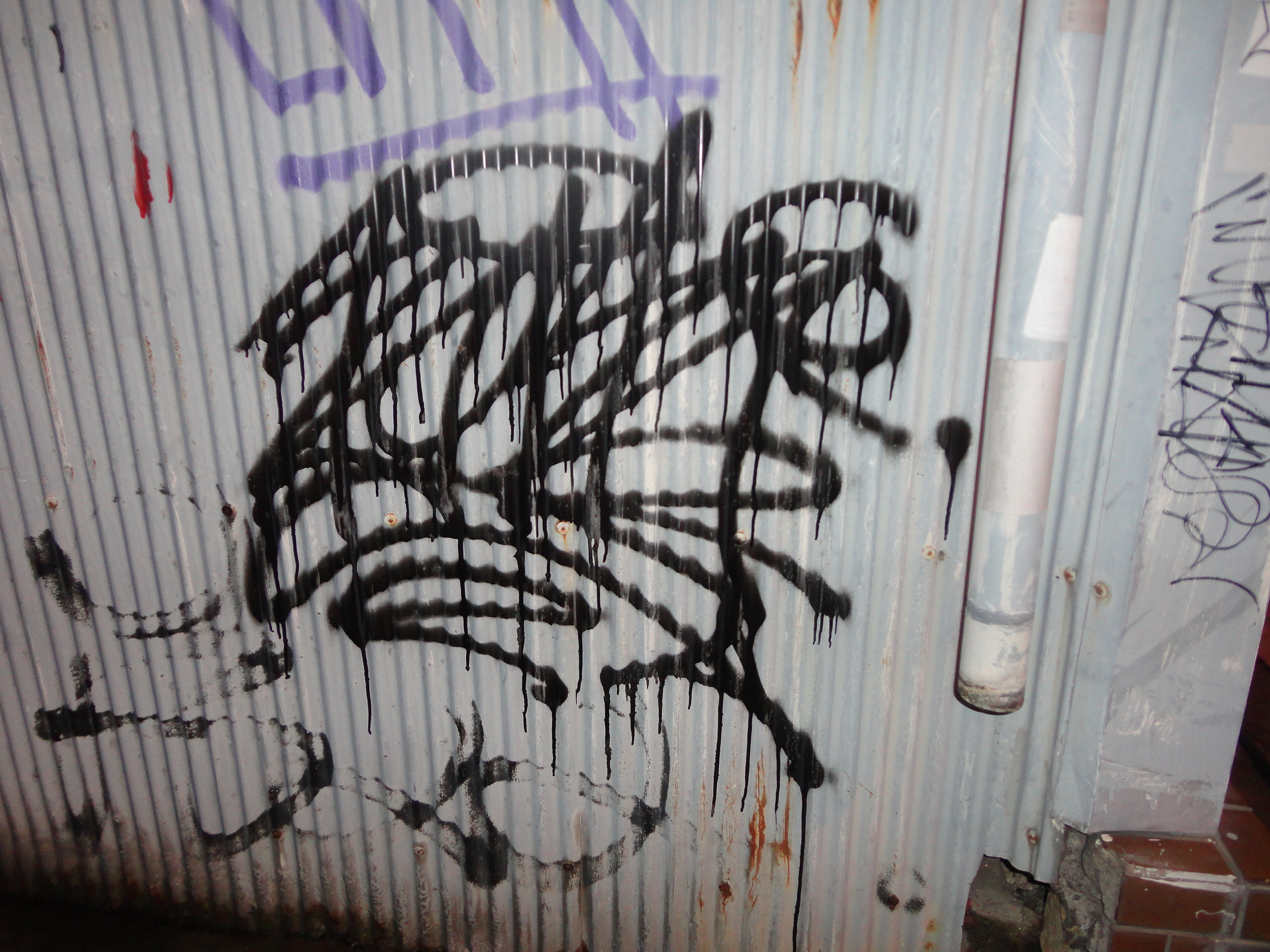
atami
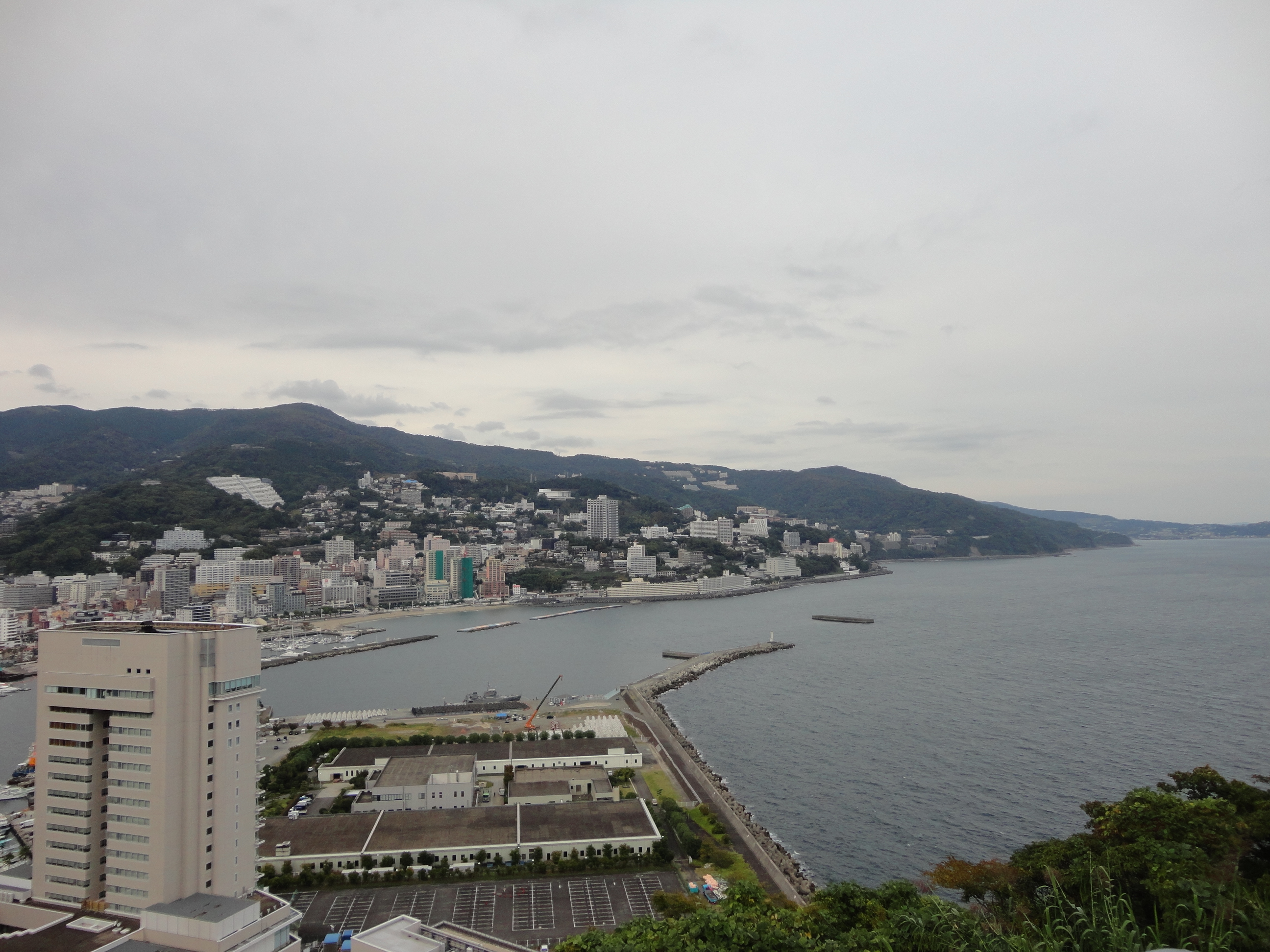
ouside atami adult museum, looking at the pacific ocean
a little under 2 hours from tokyo is this tiny town with big character. we took a cash-only cab to a cash-only cablecar to the top of a mountain to visit a no-photos-allowed retro sex museum. i found out about this museum from a japanese artist i followed online. there were no english language accomodations (there were korean and chinese brocheres) and we were the only americans. there was a soft serve and coffee cafe with an ocean view on top of the mountain. there was also a castle nearby, so we walked to that before descending back to sea level and picking up onsen pudding for our friends back in tokyo.
- 熱海秘宝館— there are photos online. i didn't take any. impressive sex animatronics and some jumpscares. the giftshop was awesome.
- onsen pudding— there's a few options in the tourist-y shopping center to the immediate right when you exit atami station. you can't miss it.
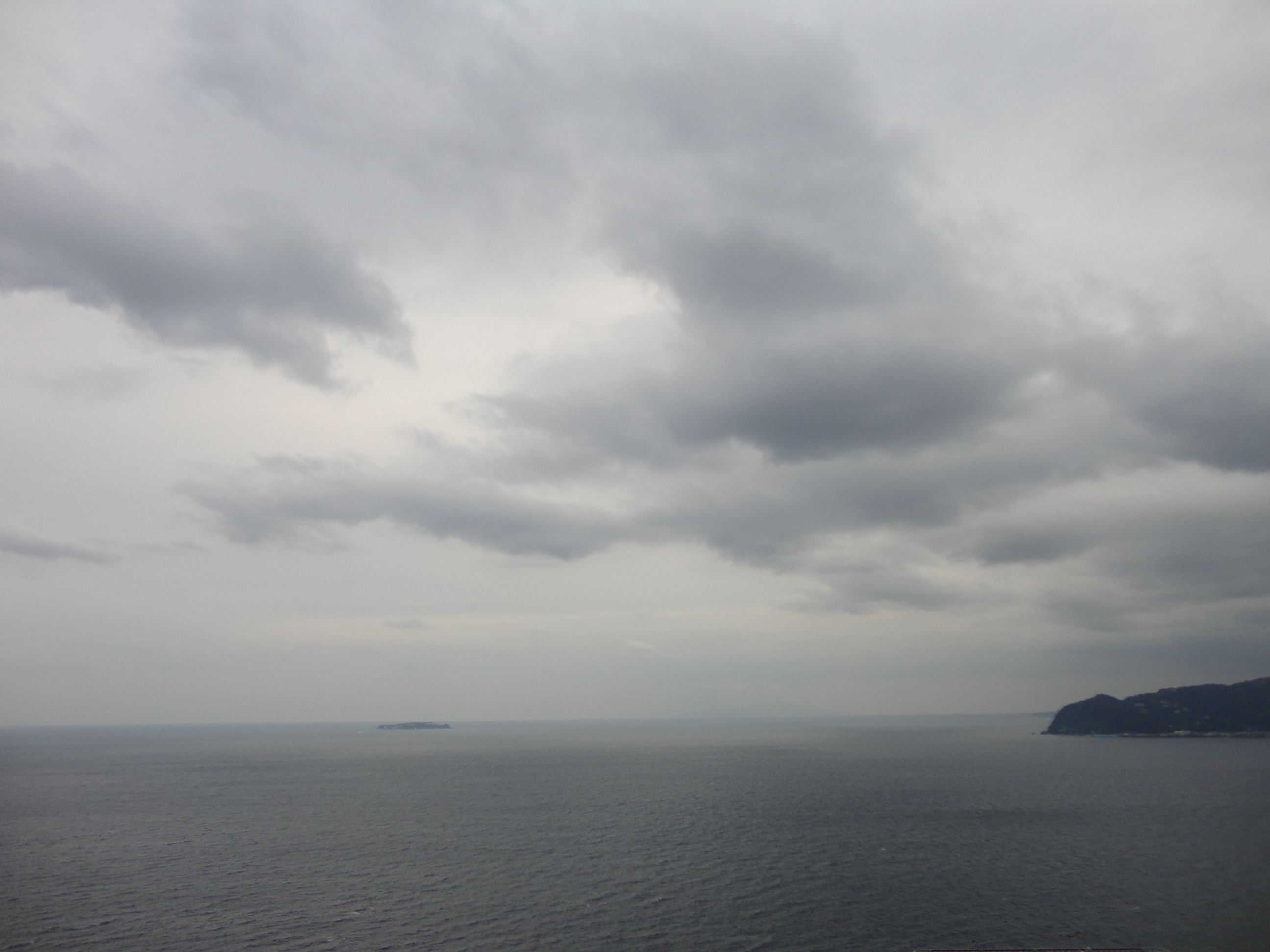
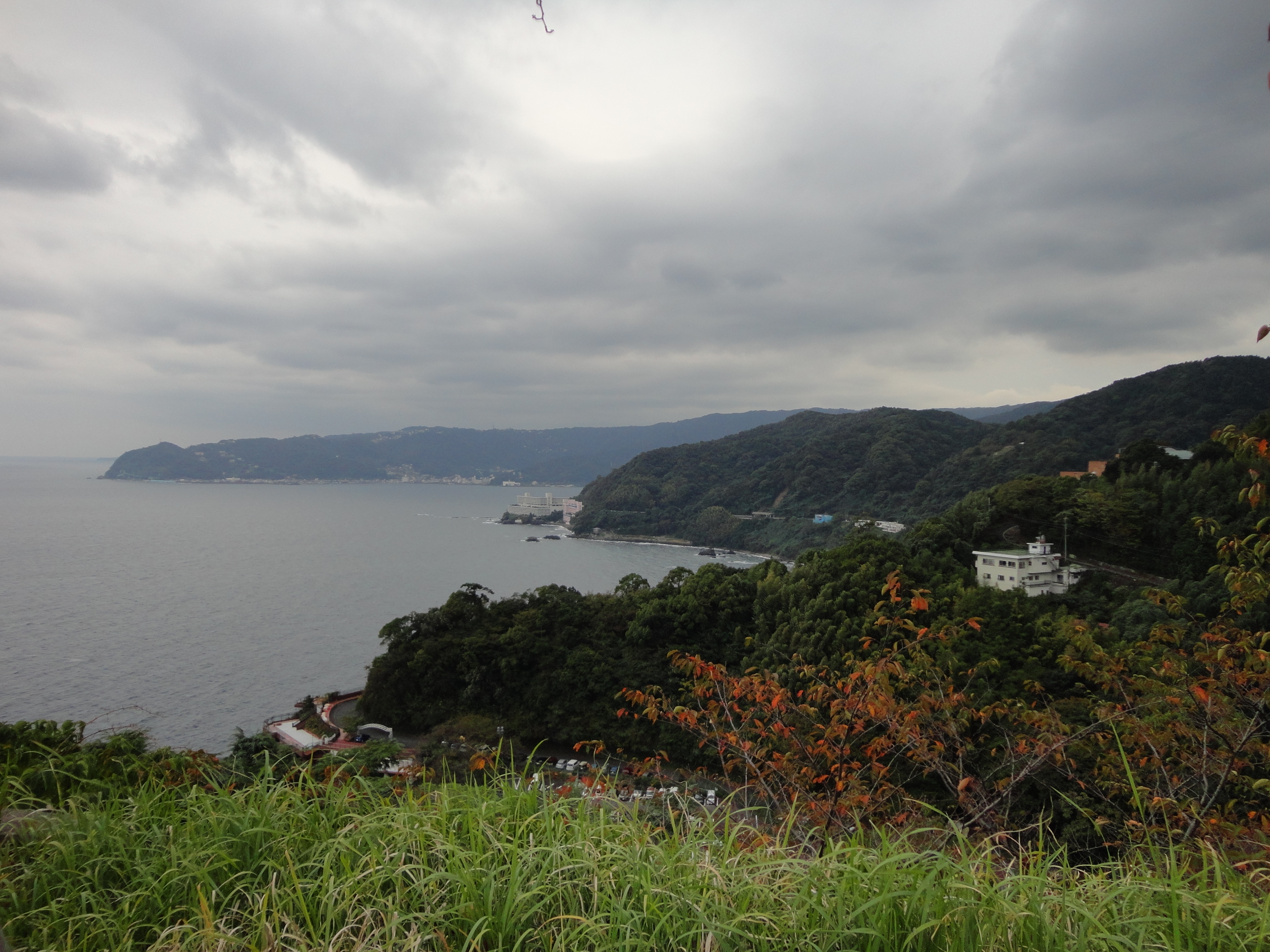
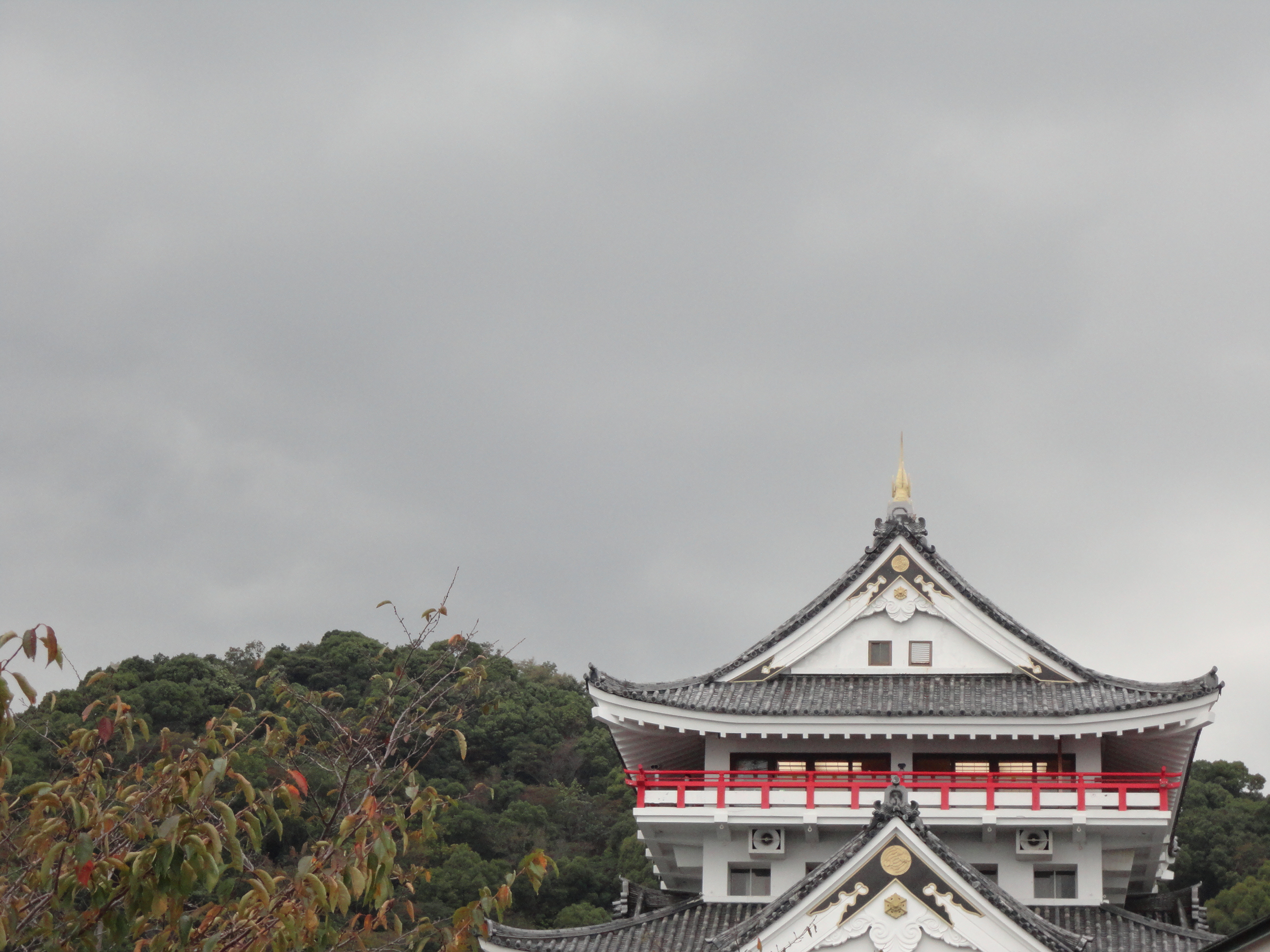
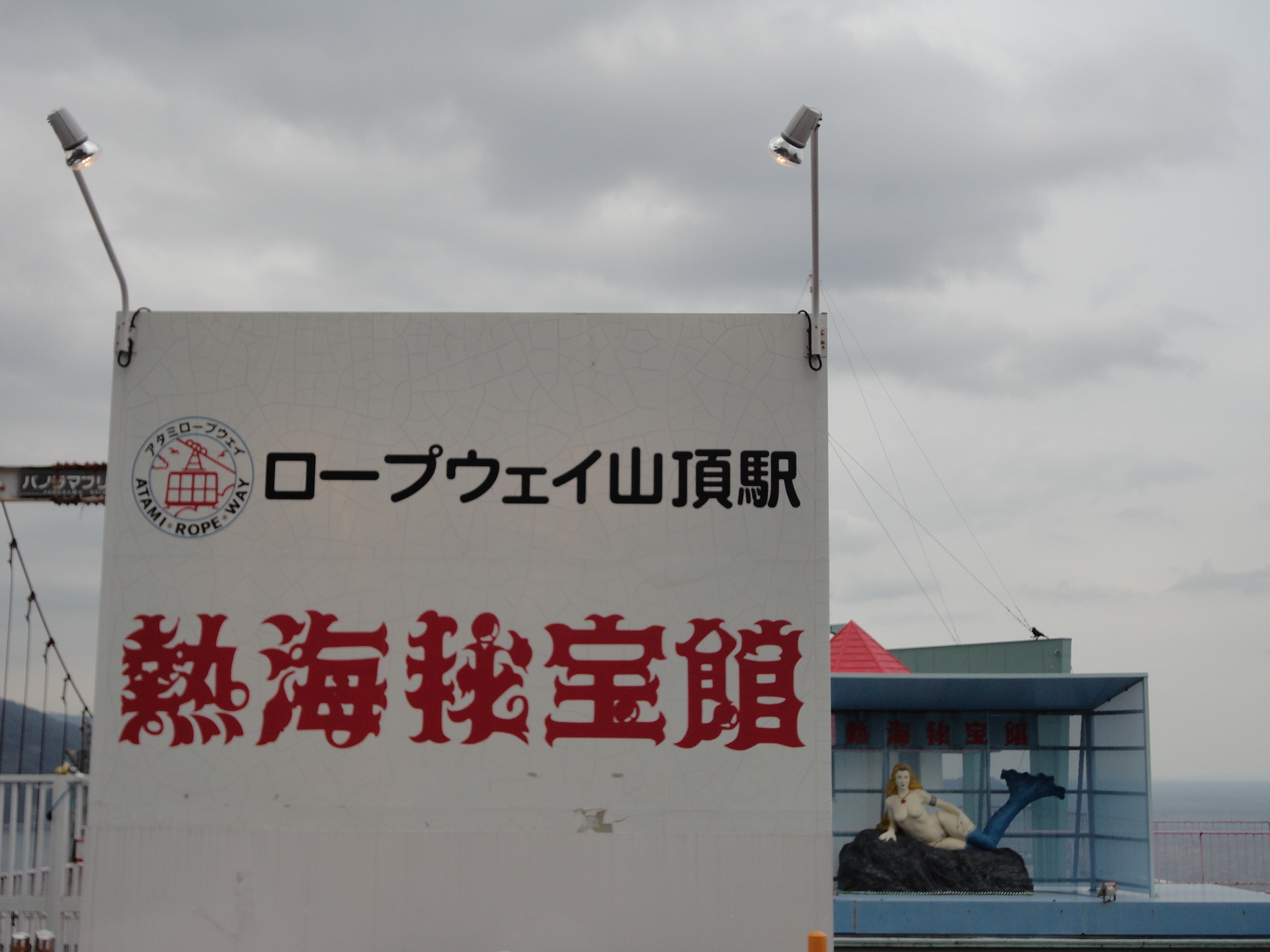
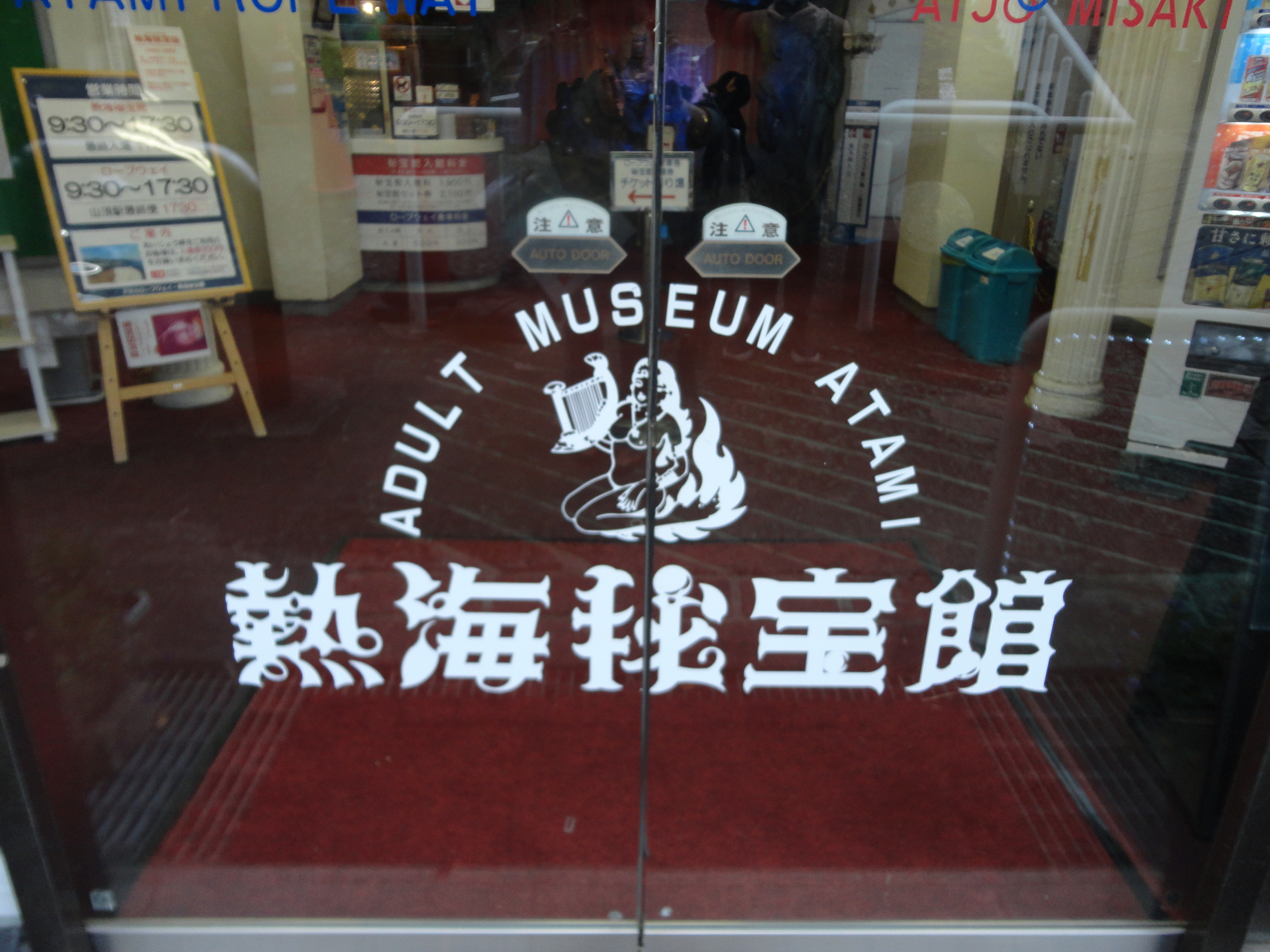
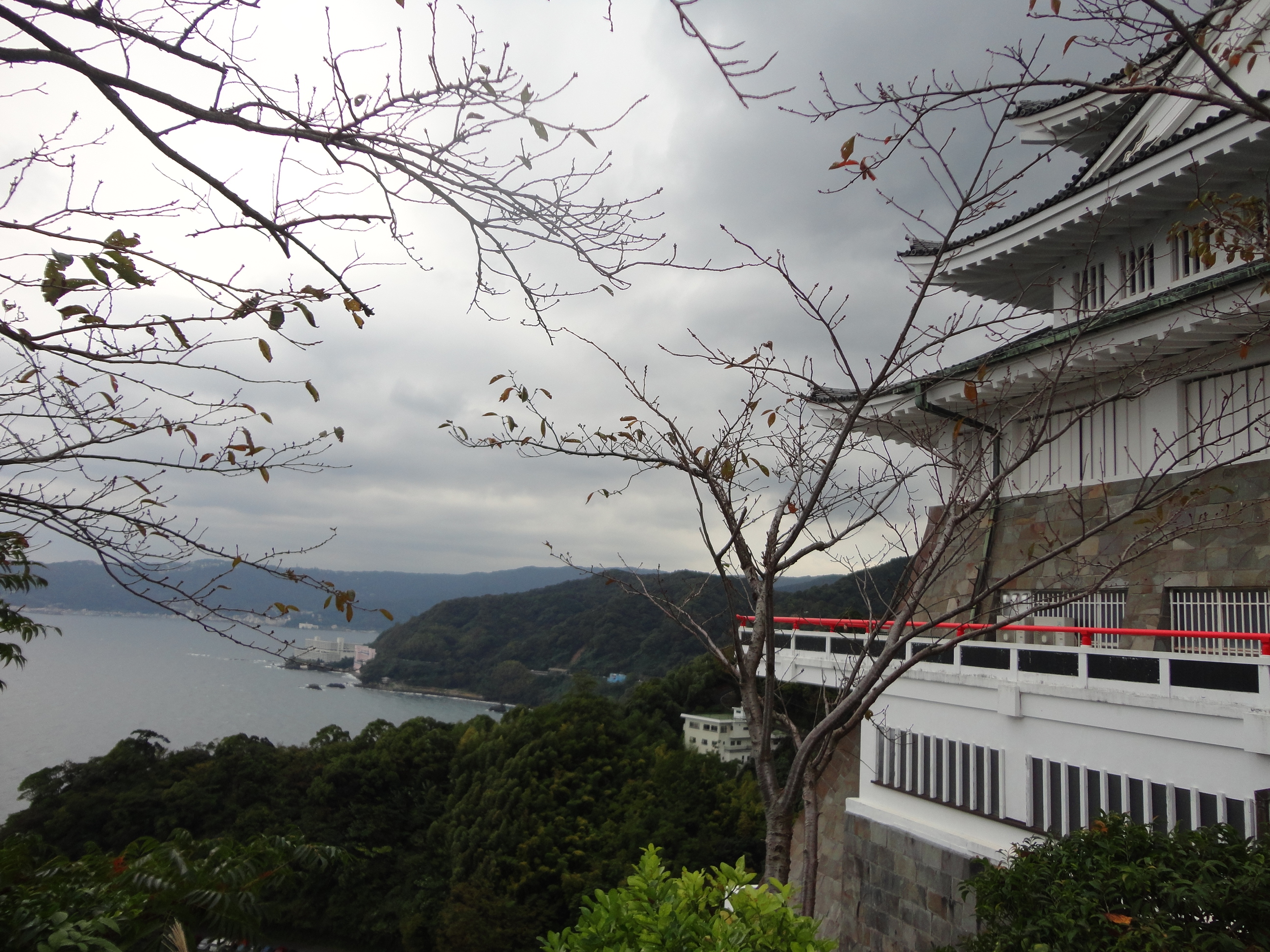
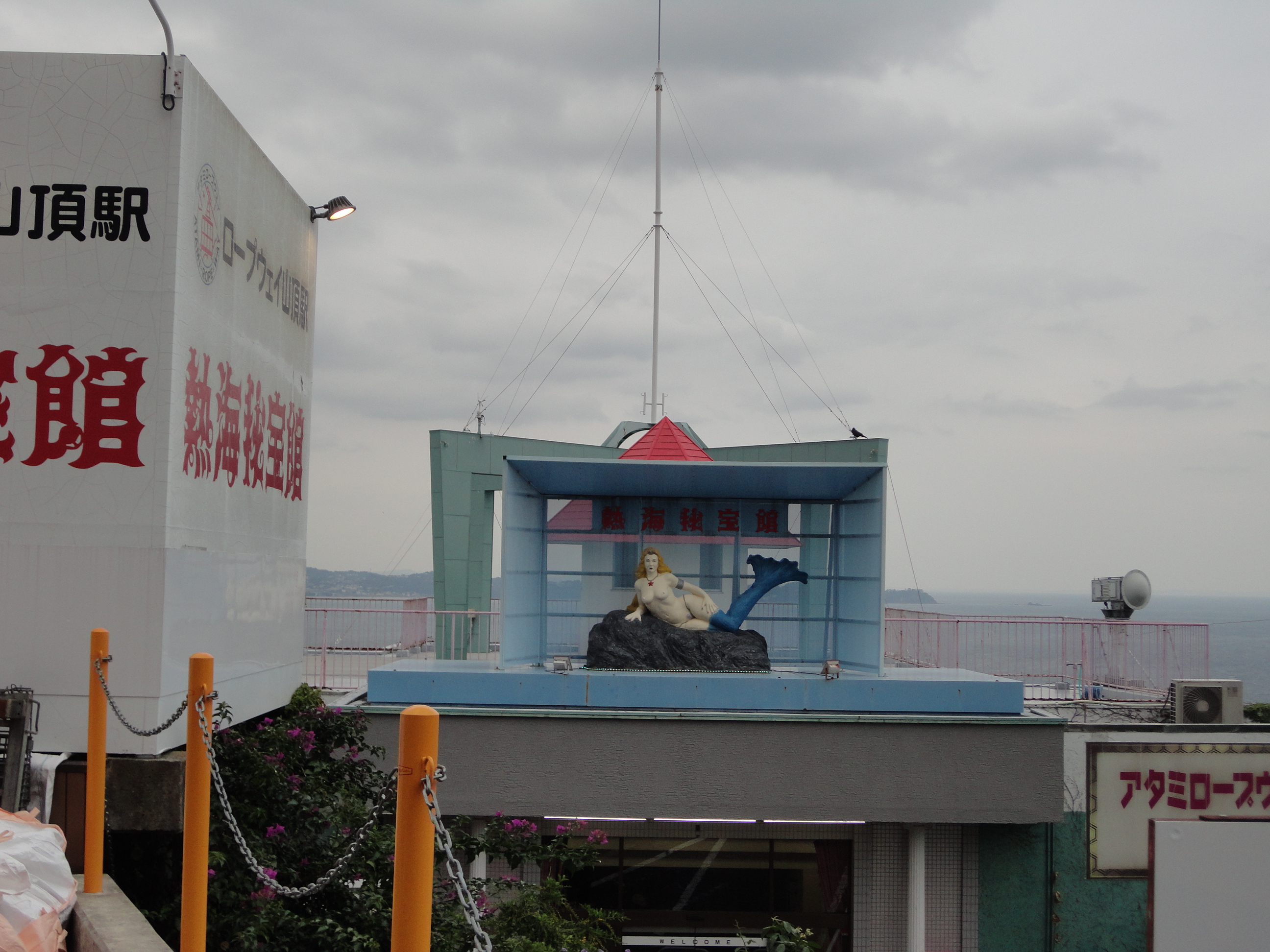
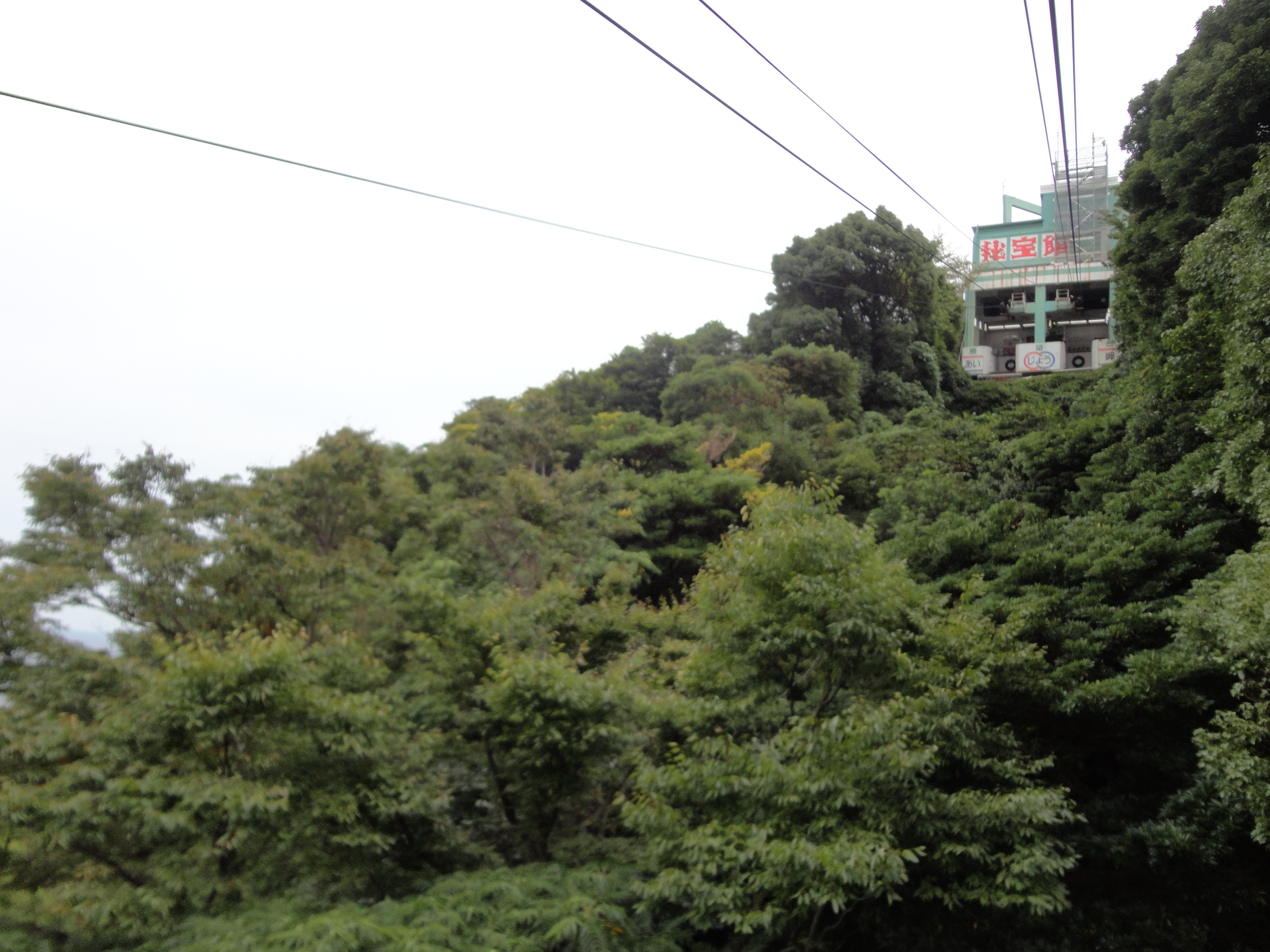
i'll be back in japan in 2026 with a few more art shows... 
safe travels,
-AH
1 nov 2024